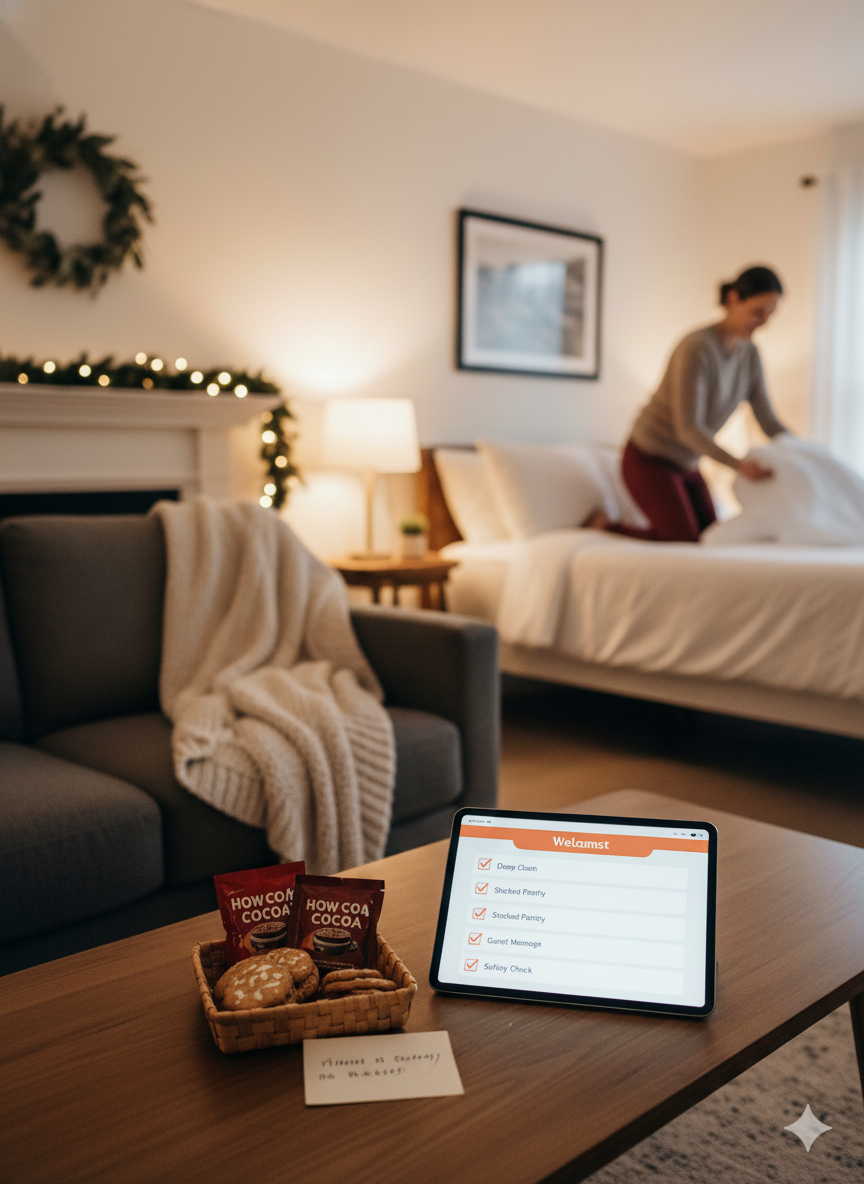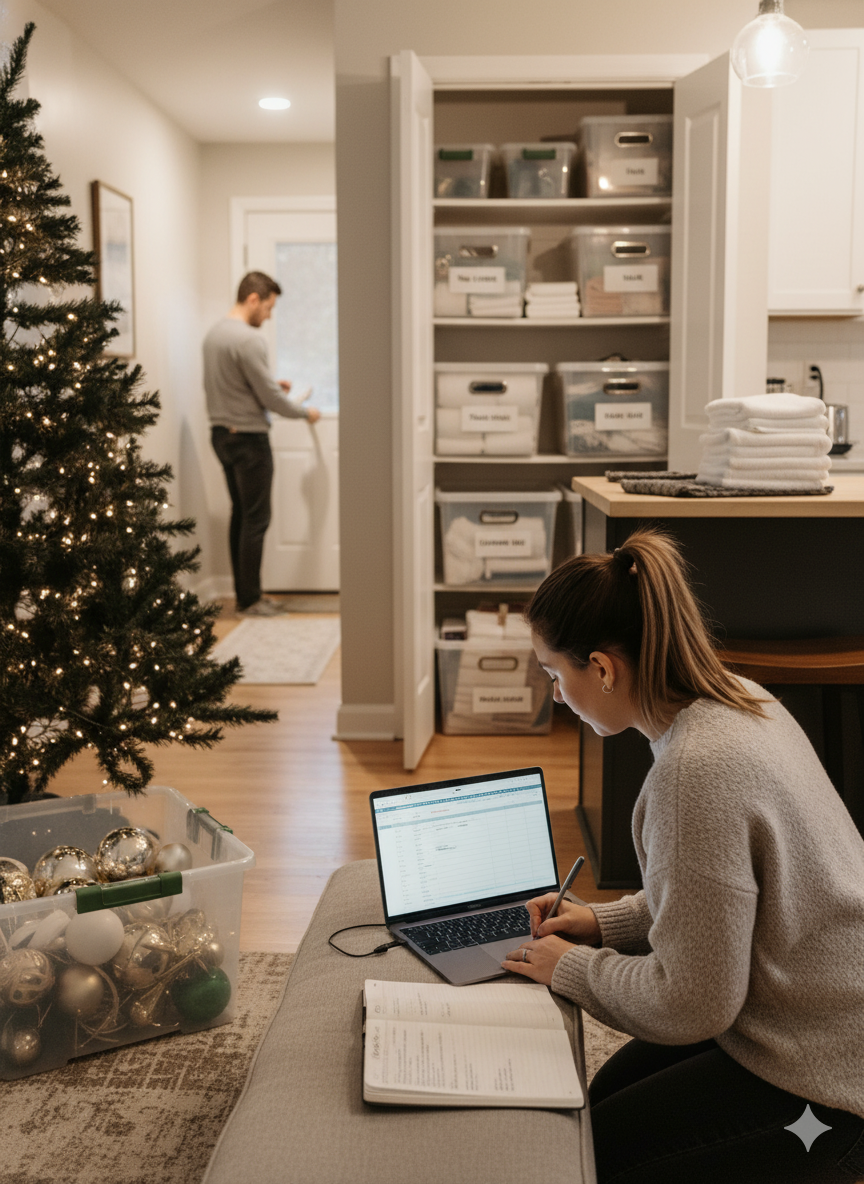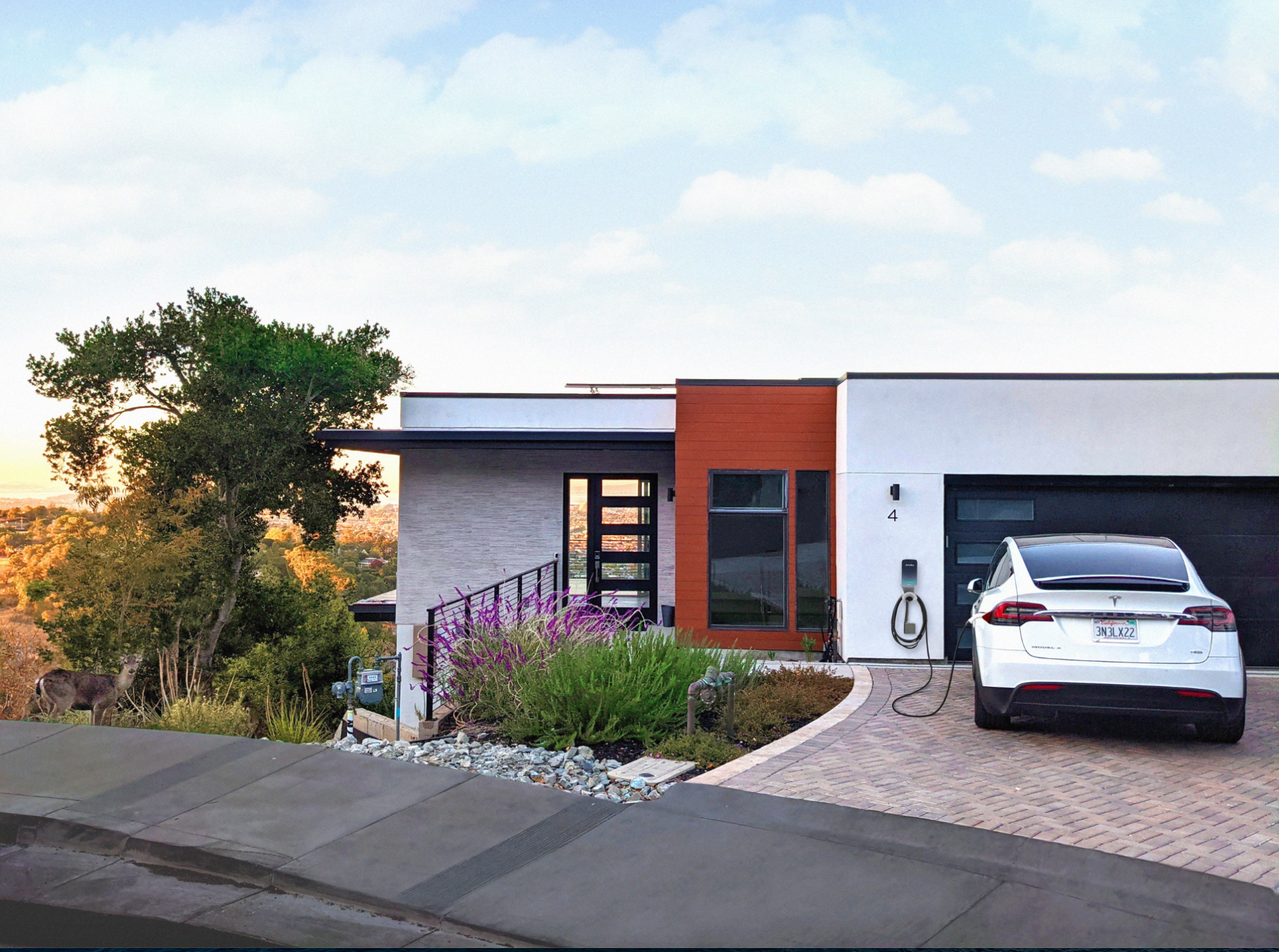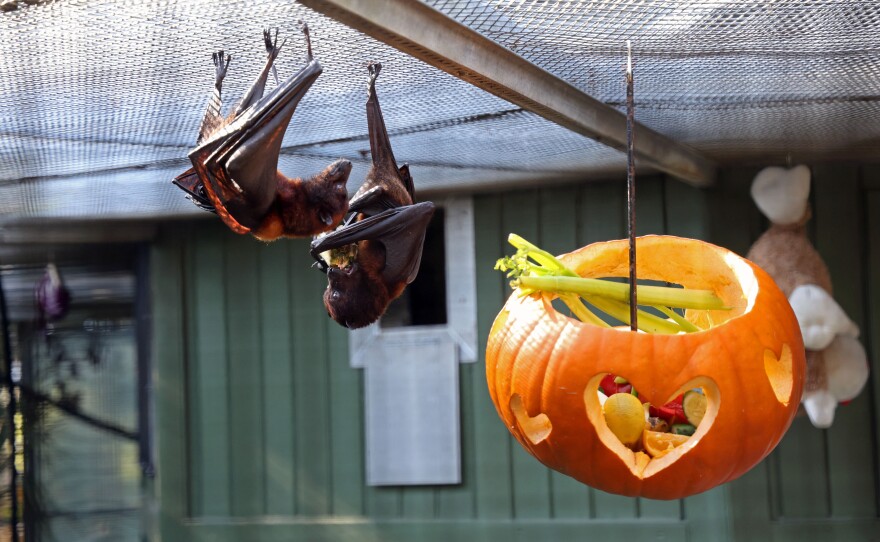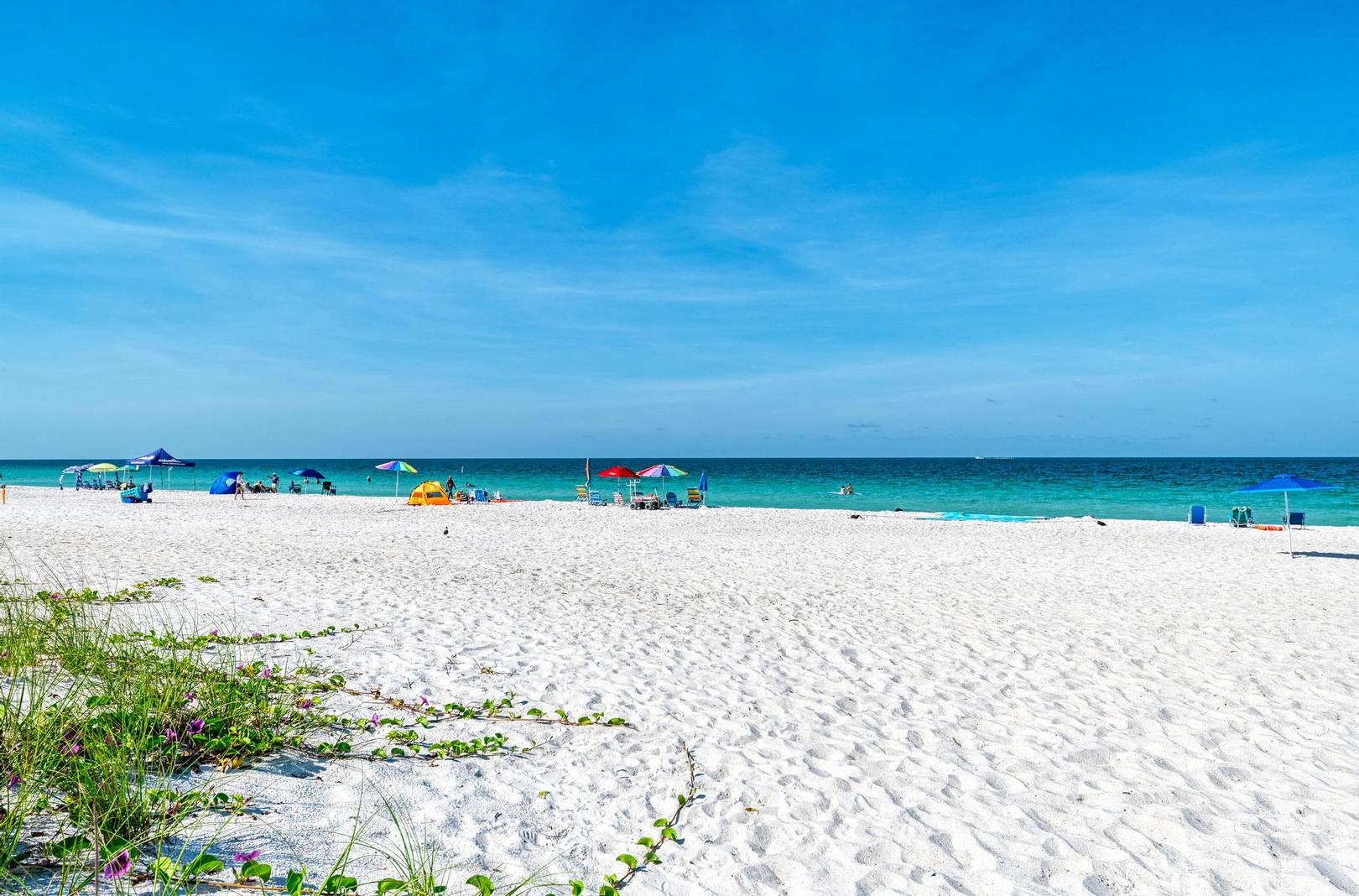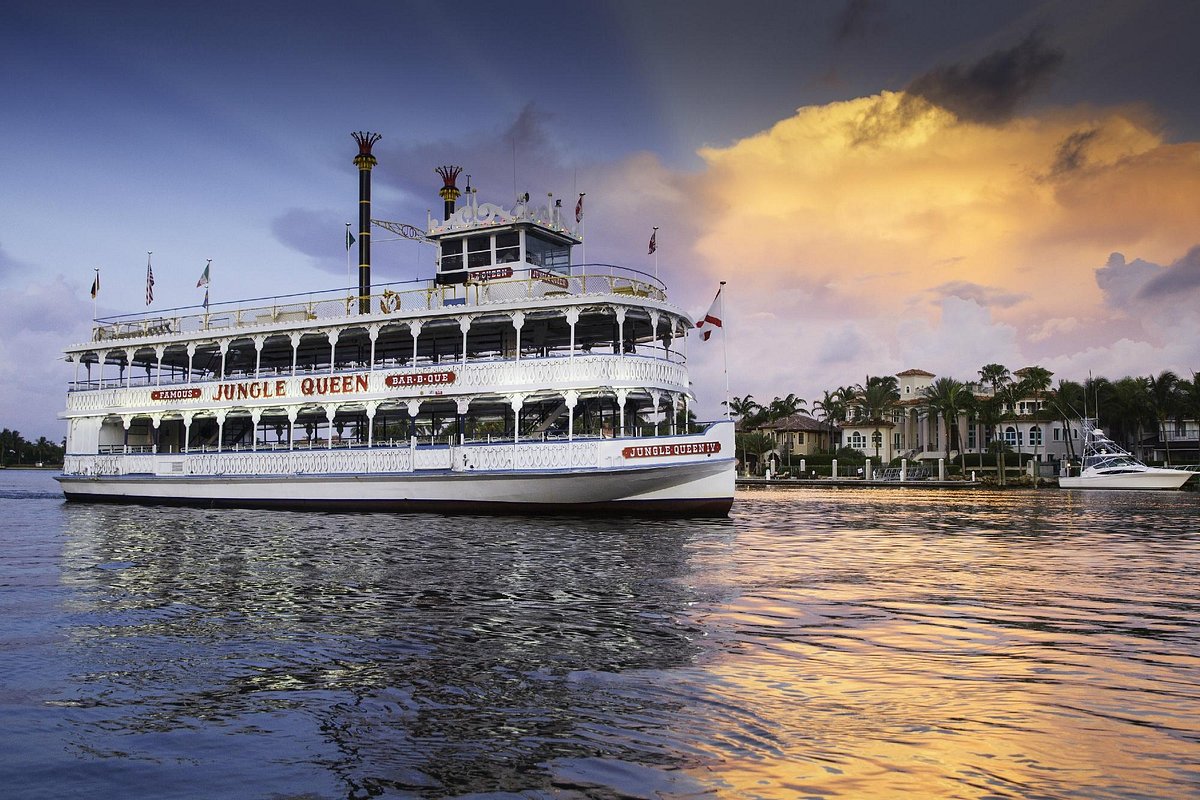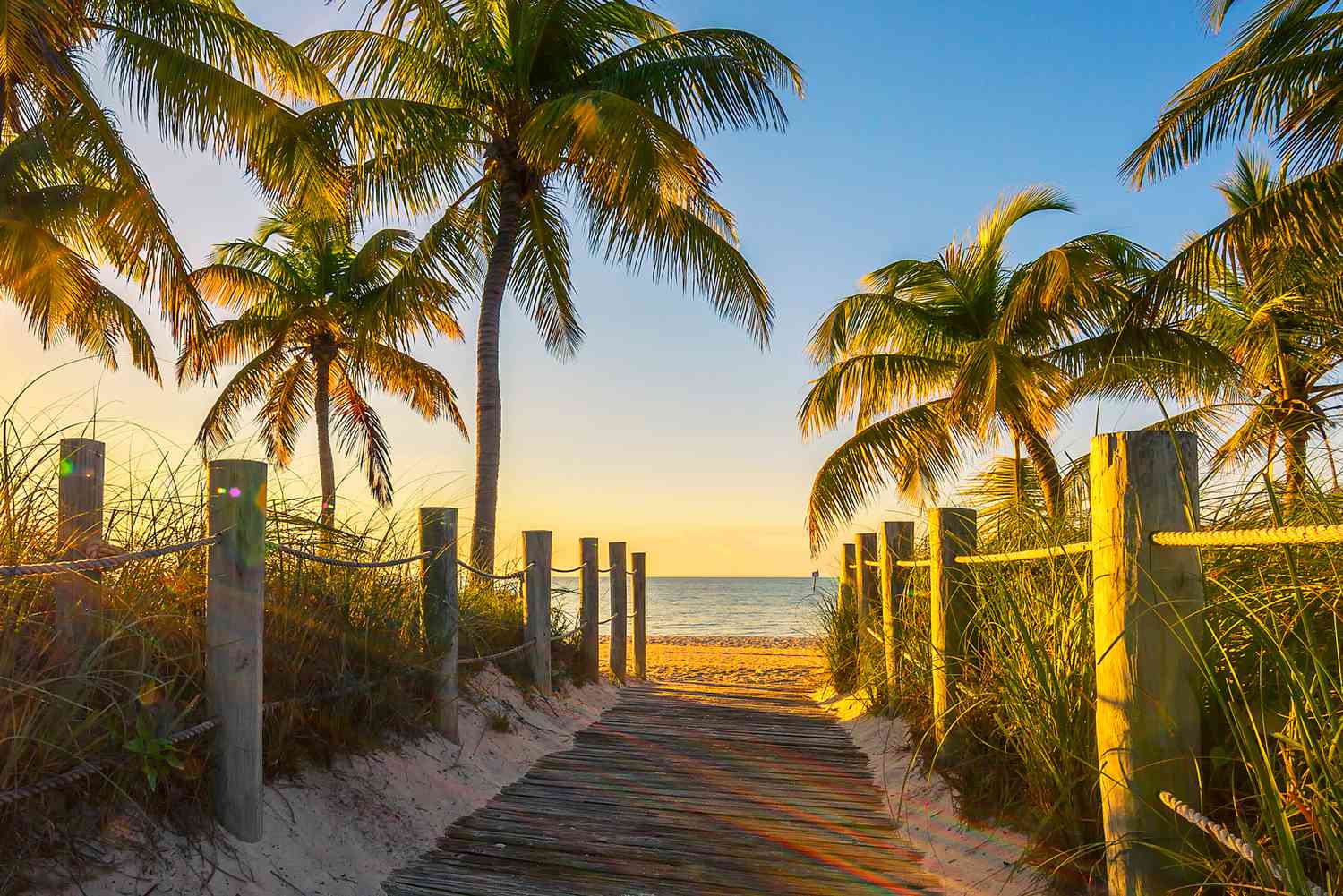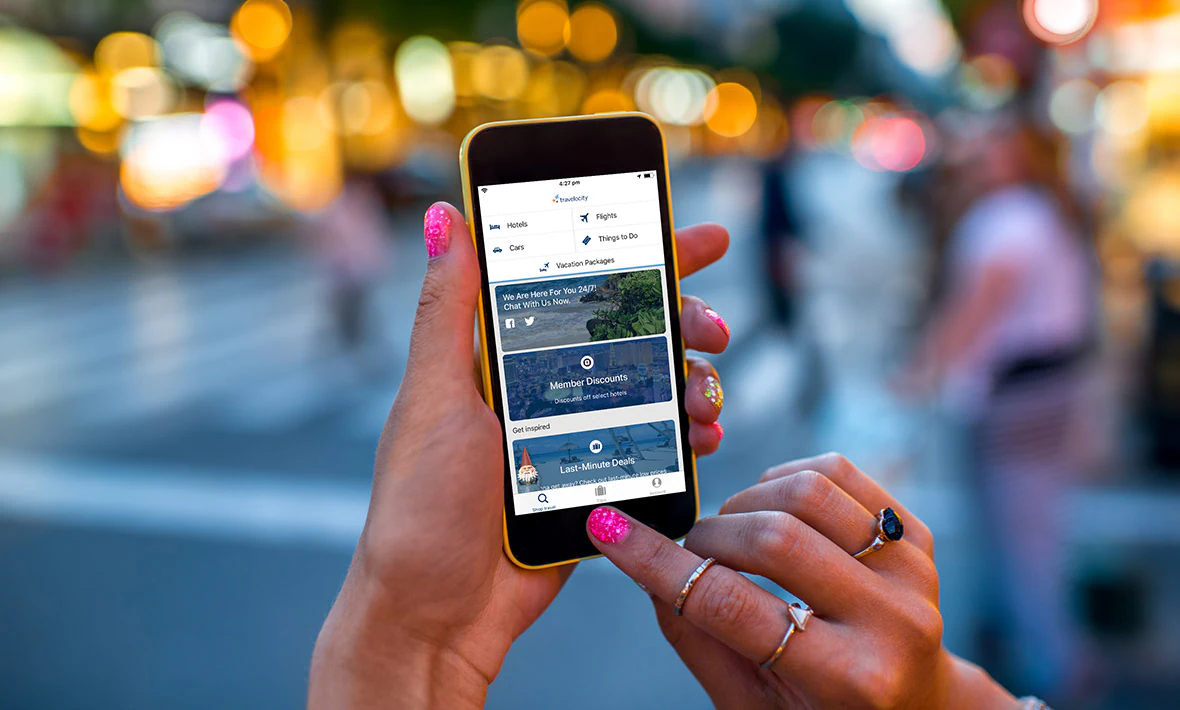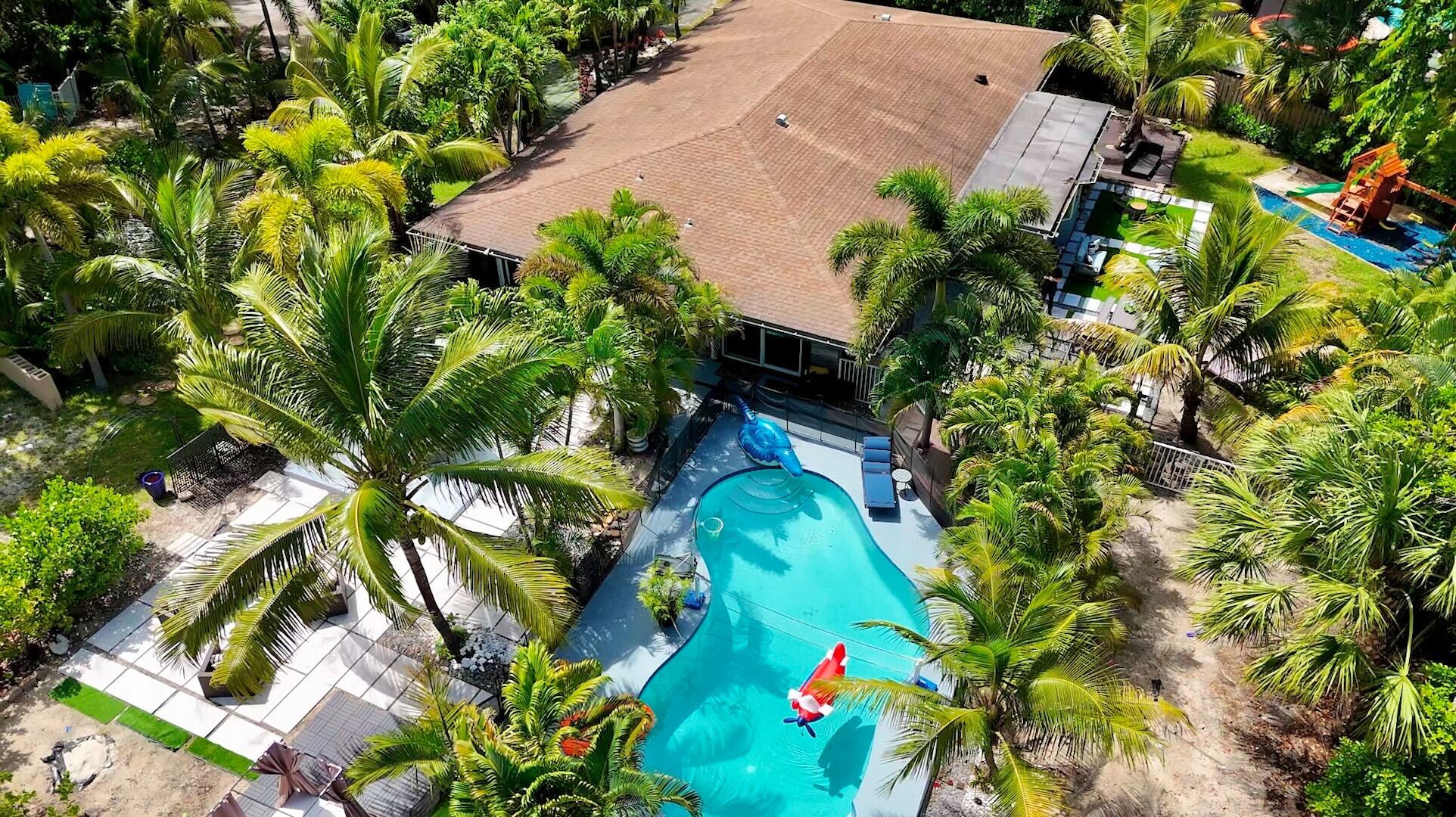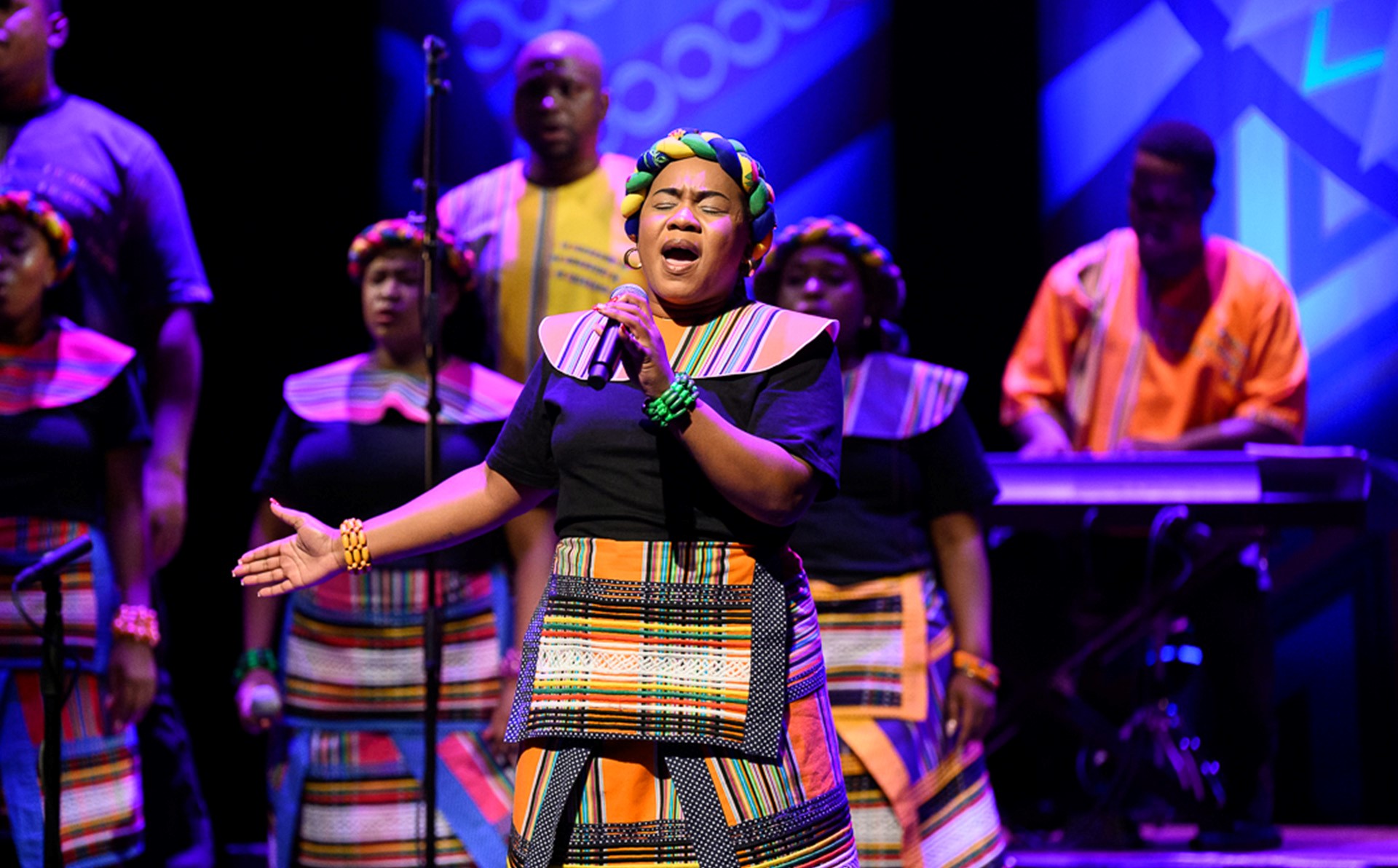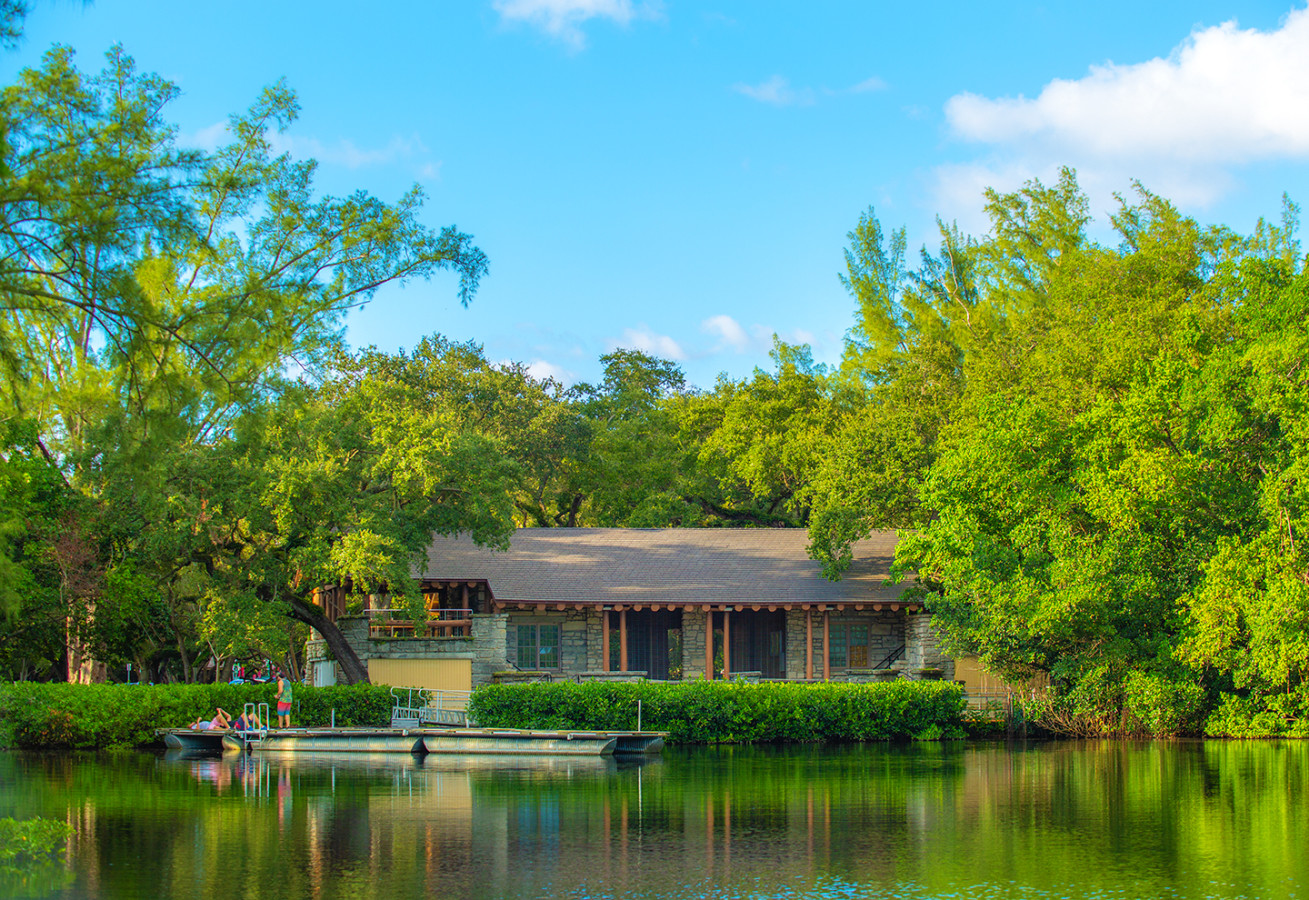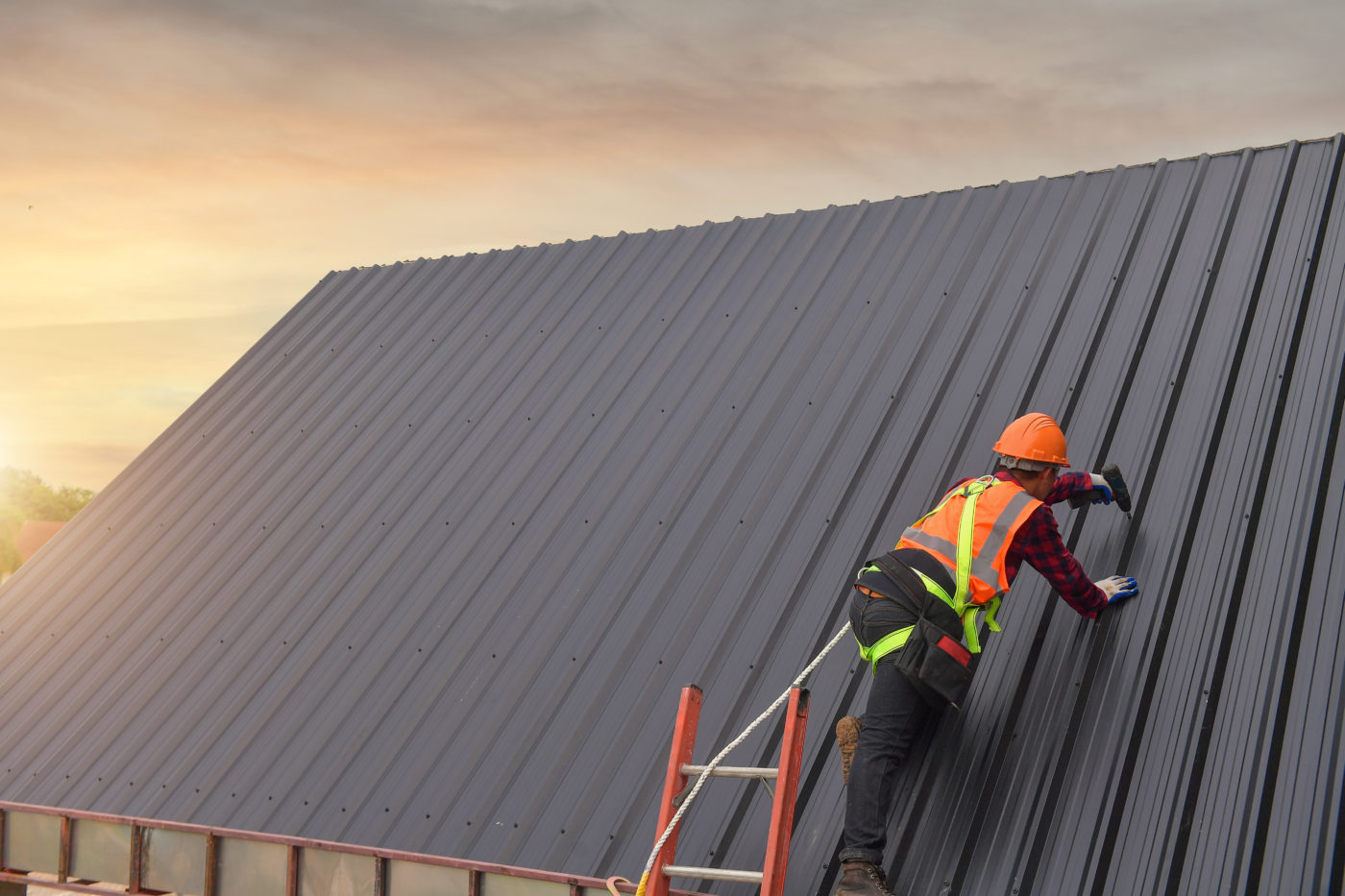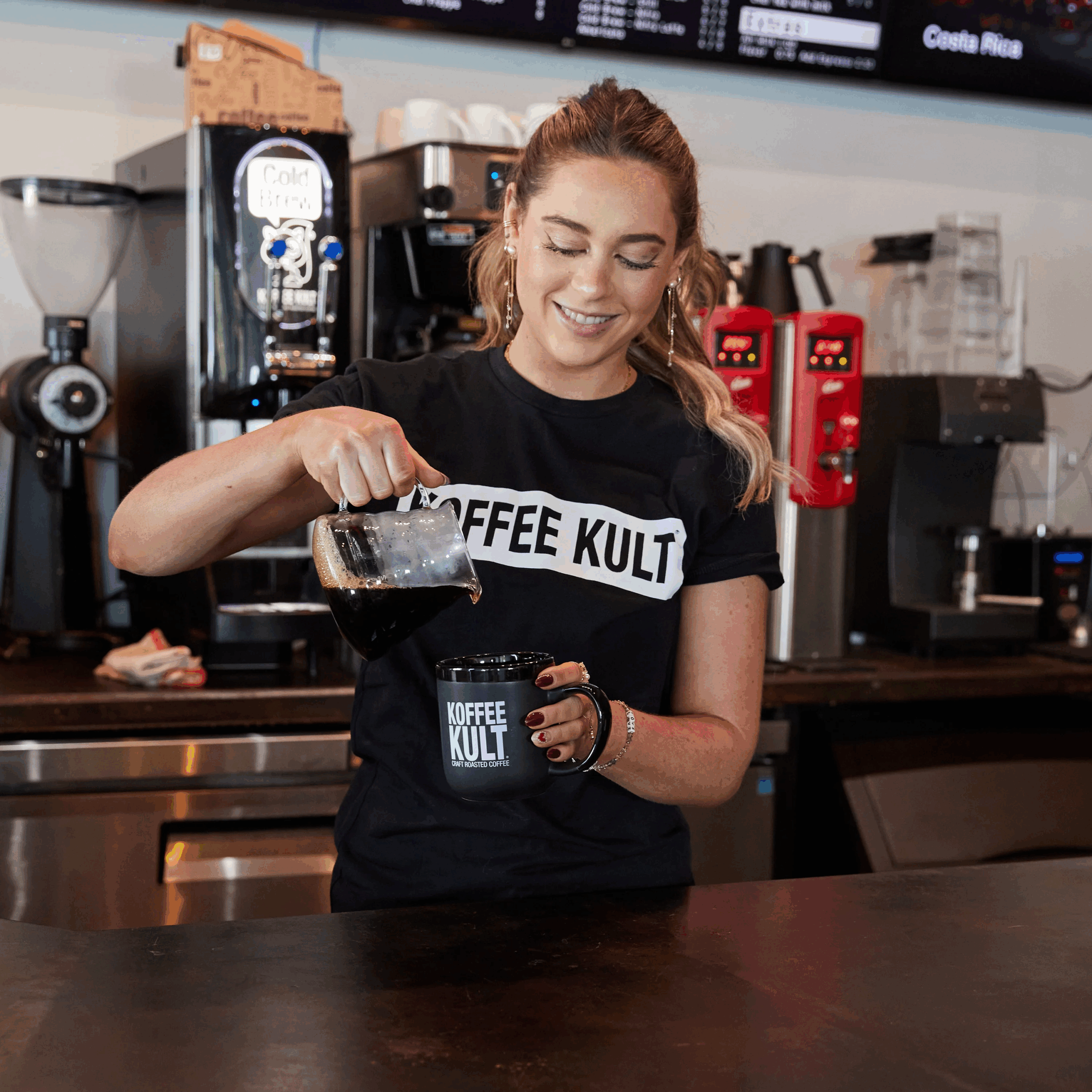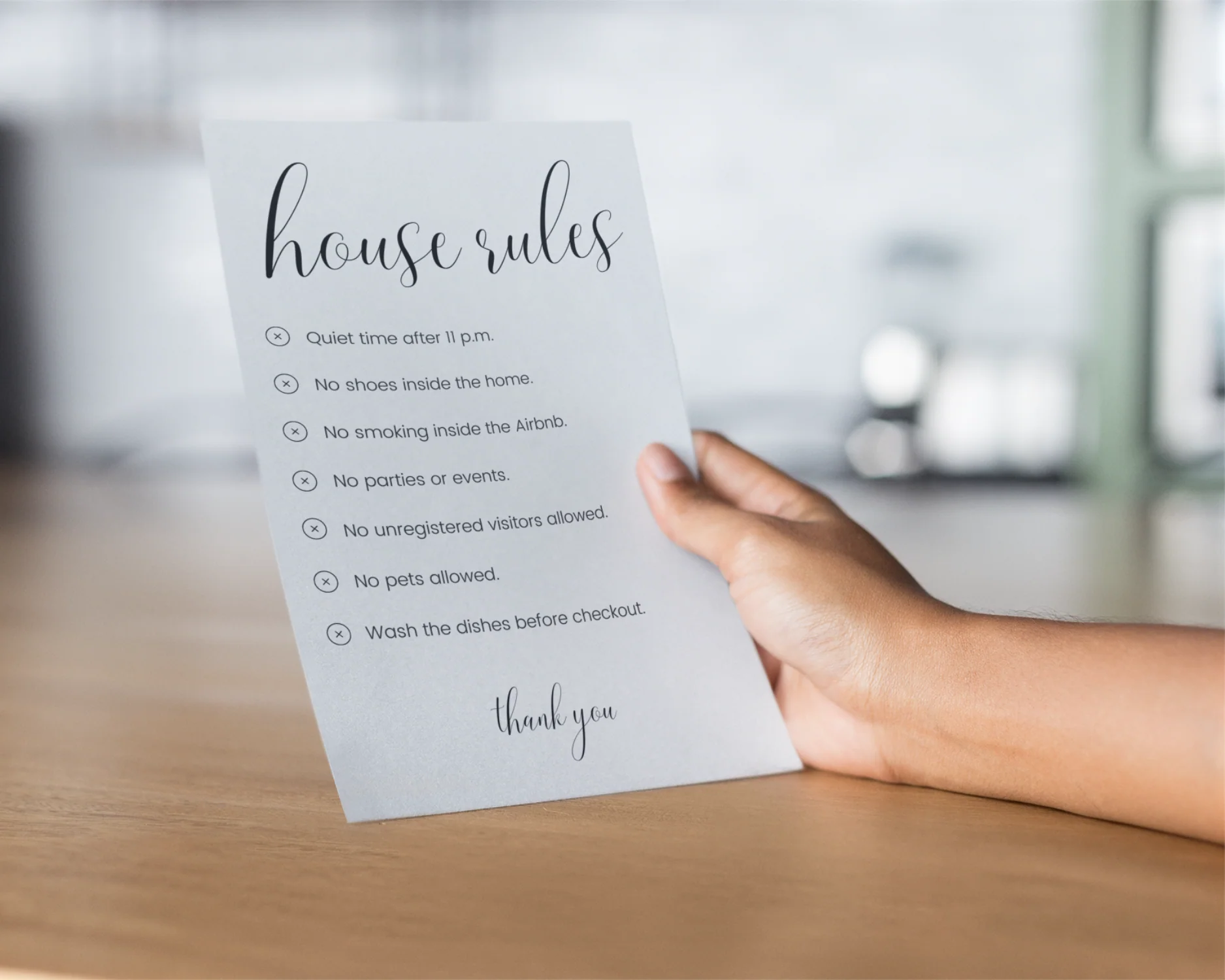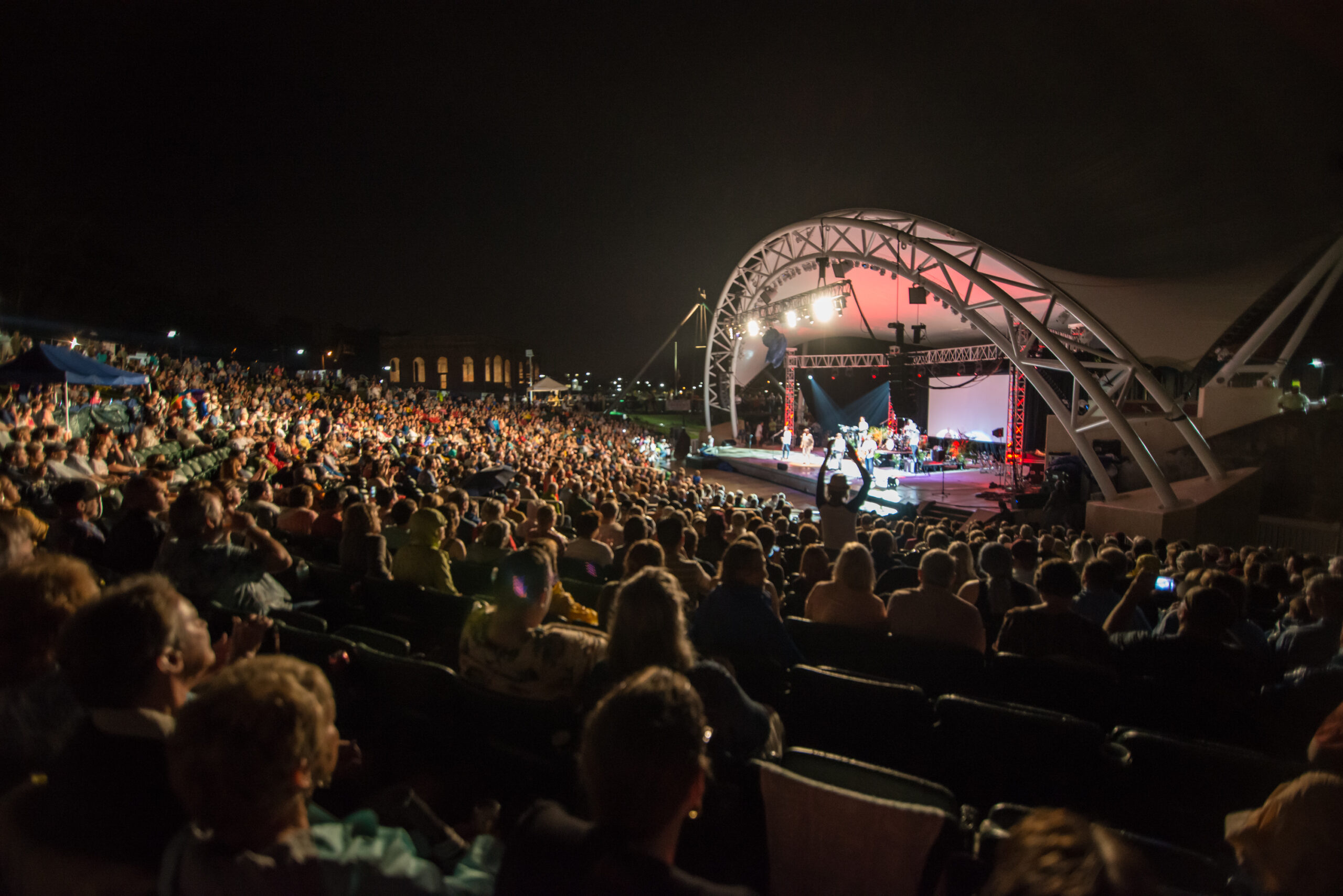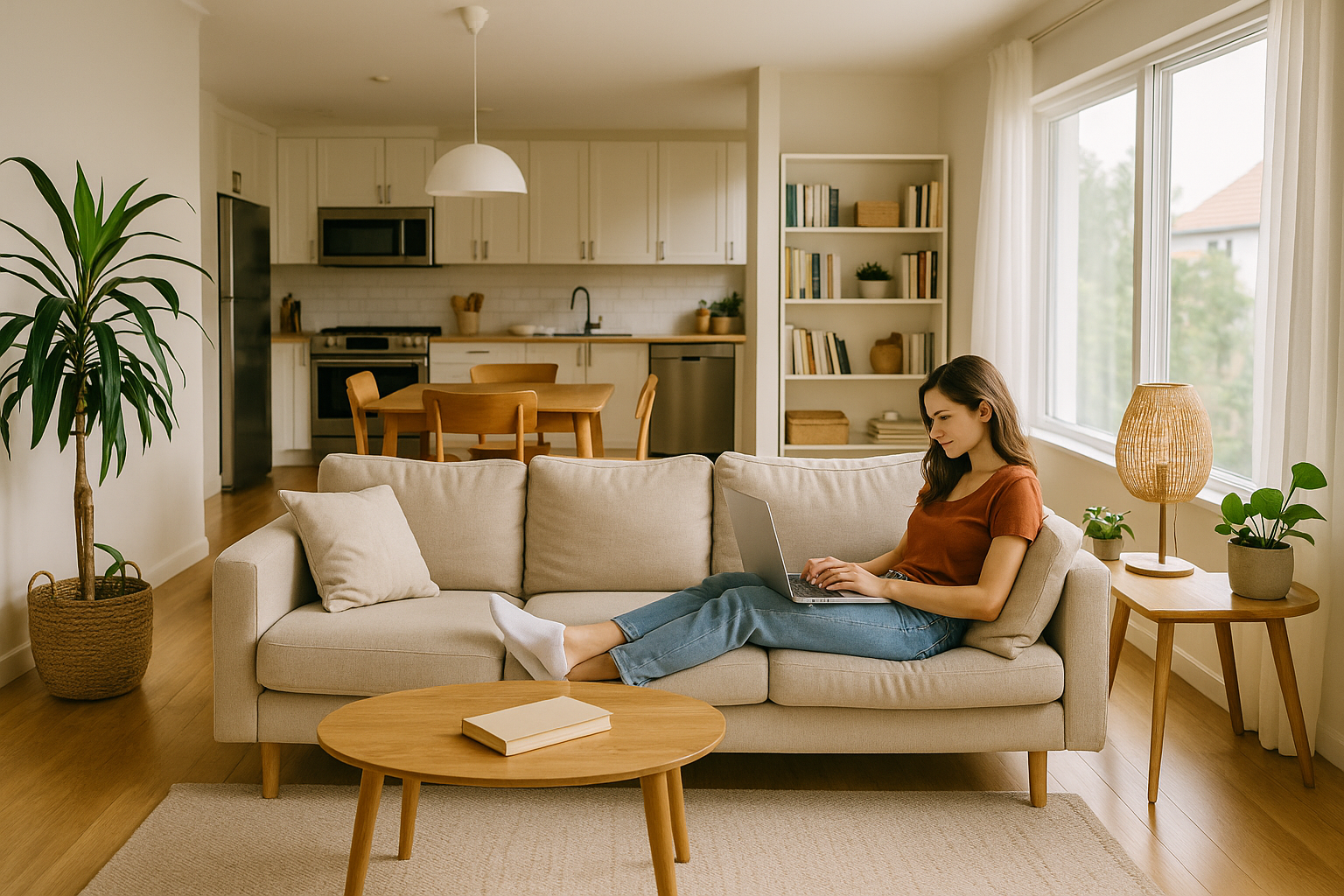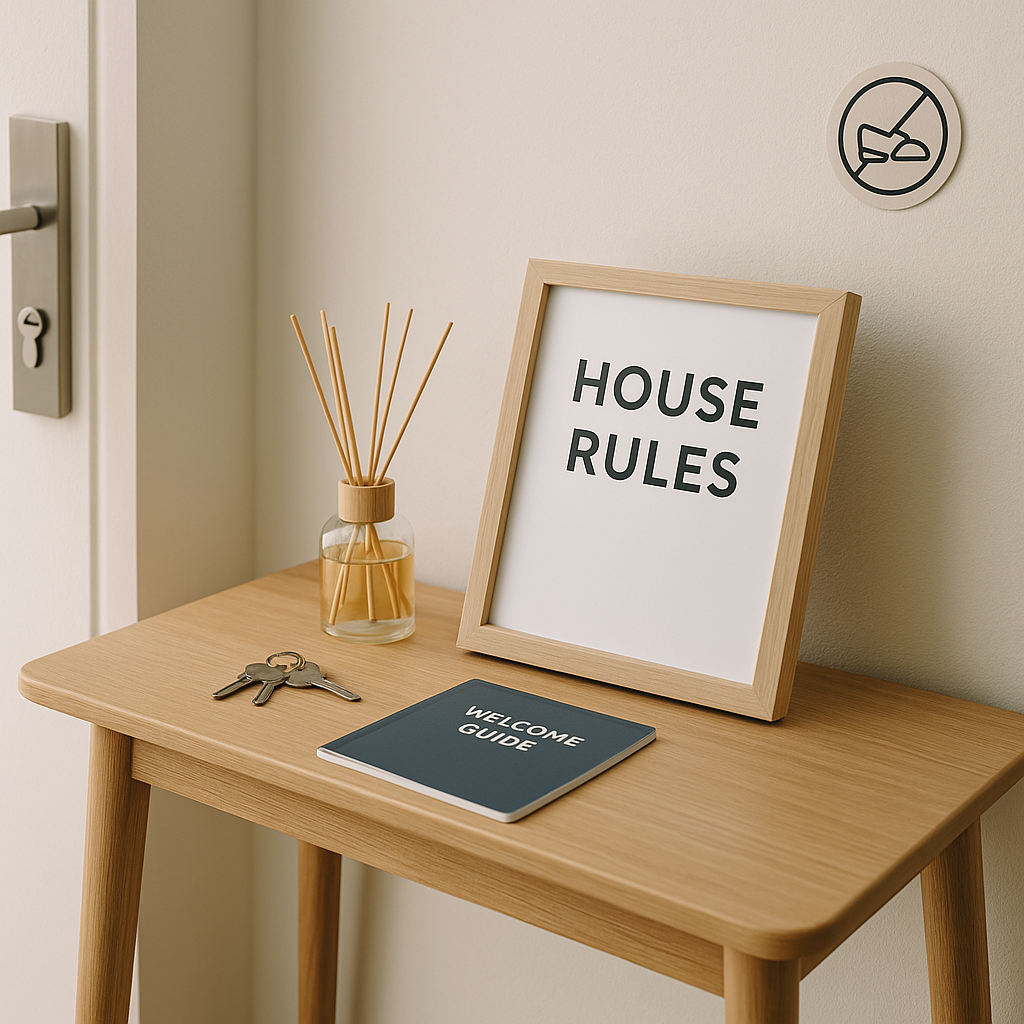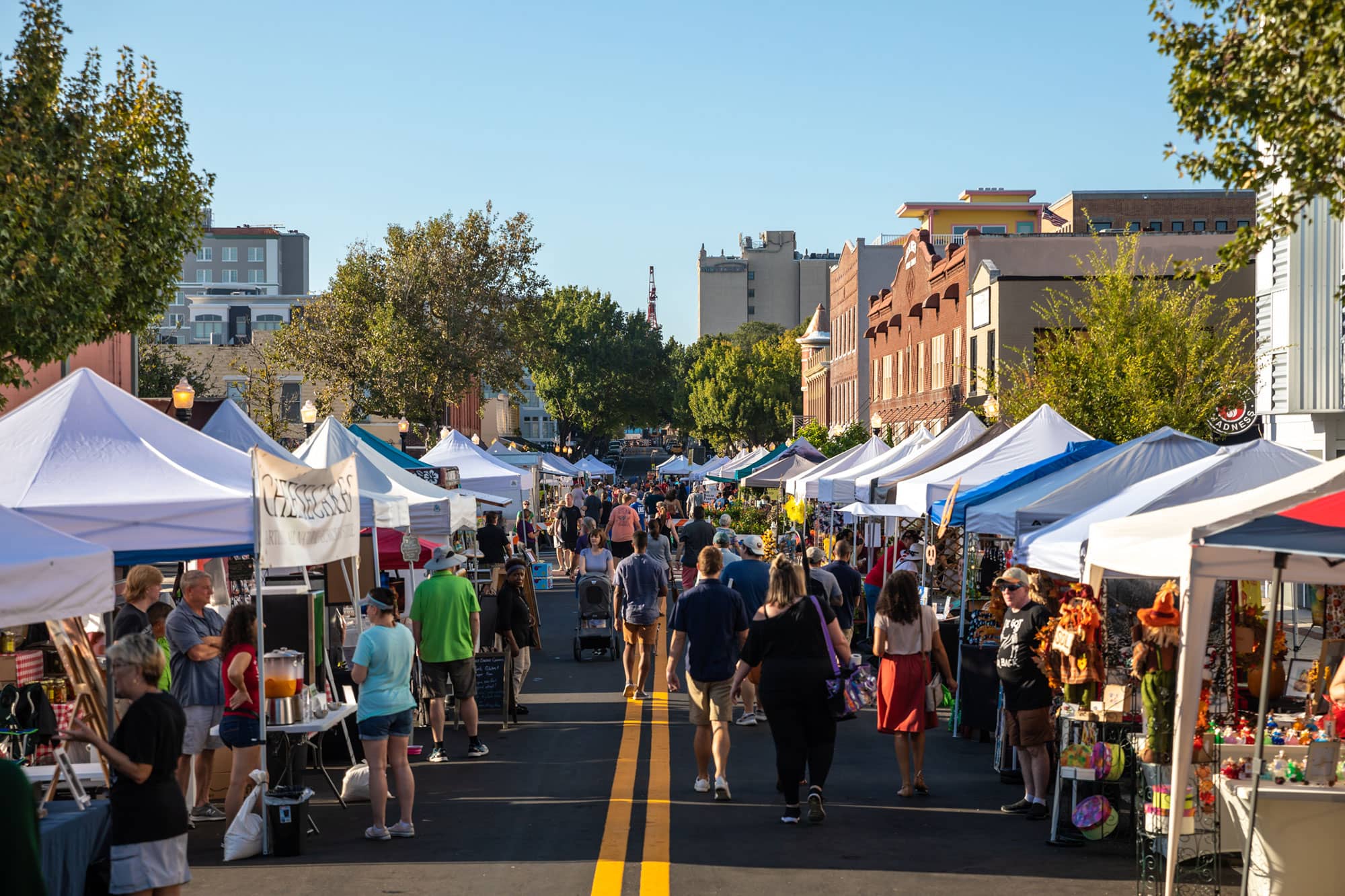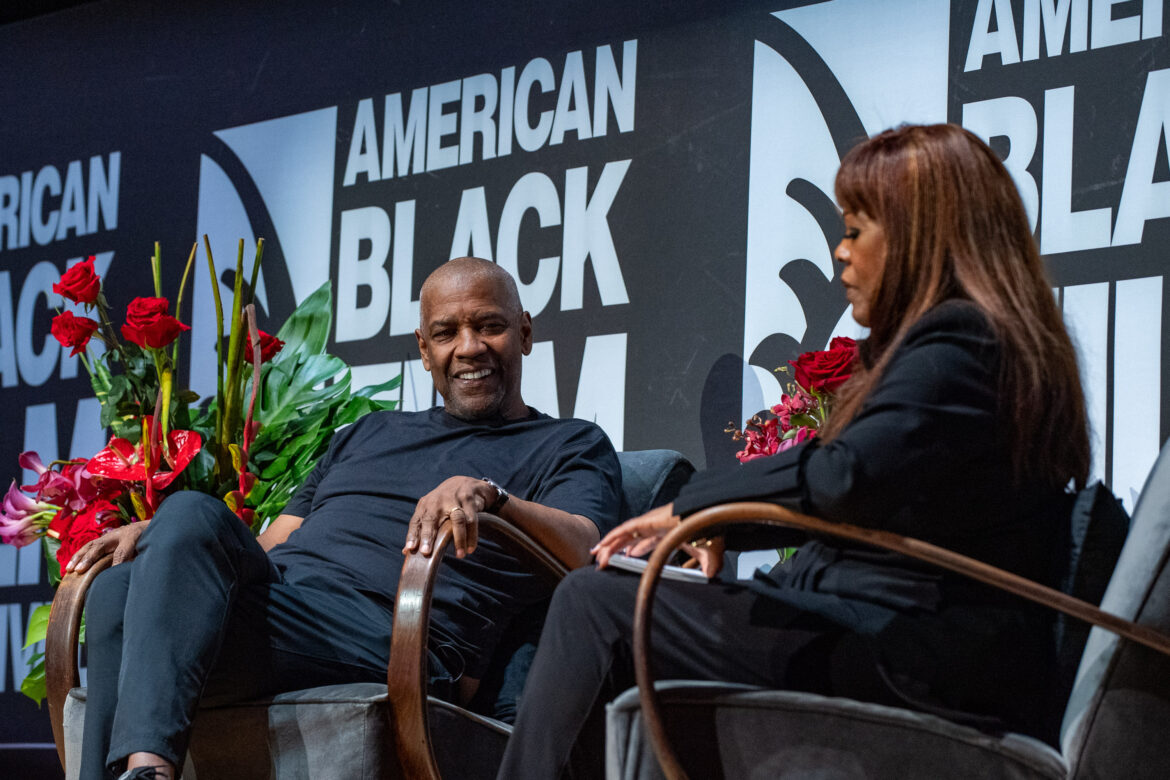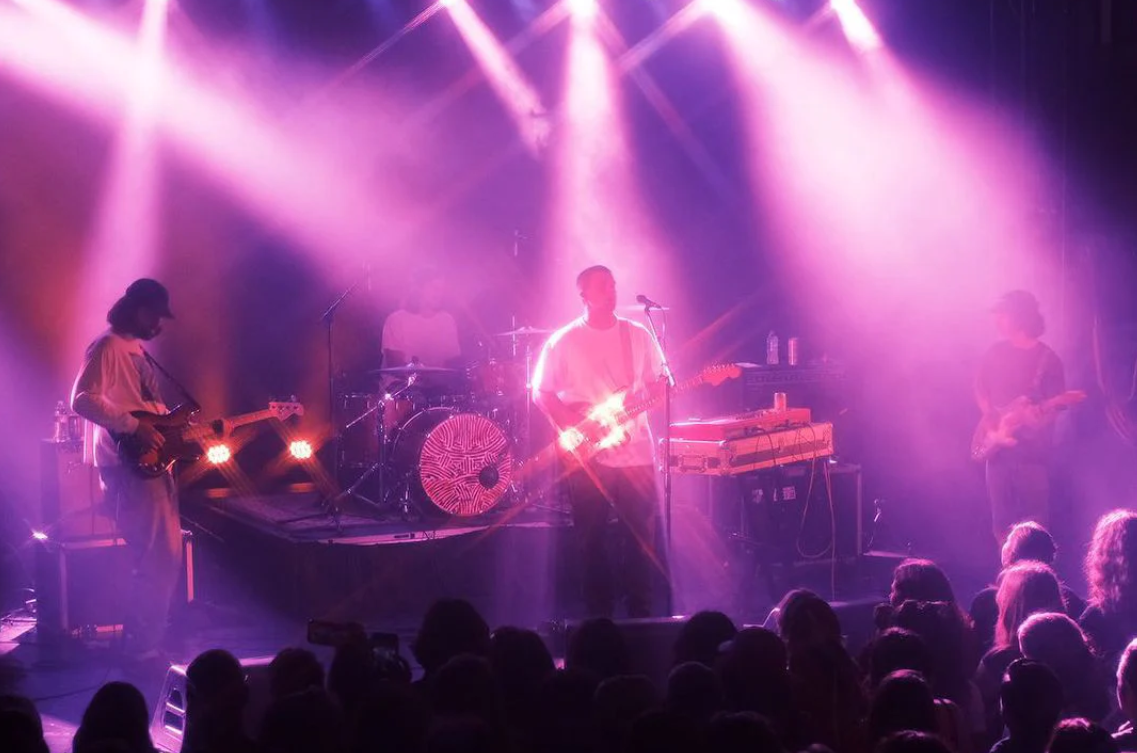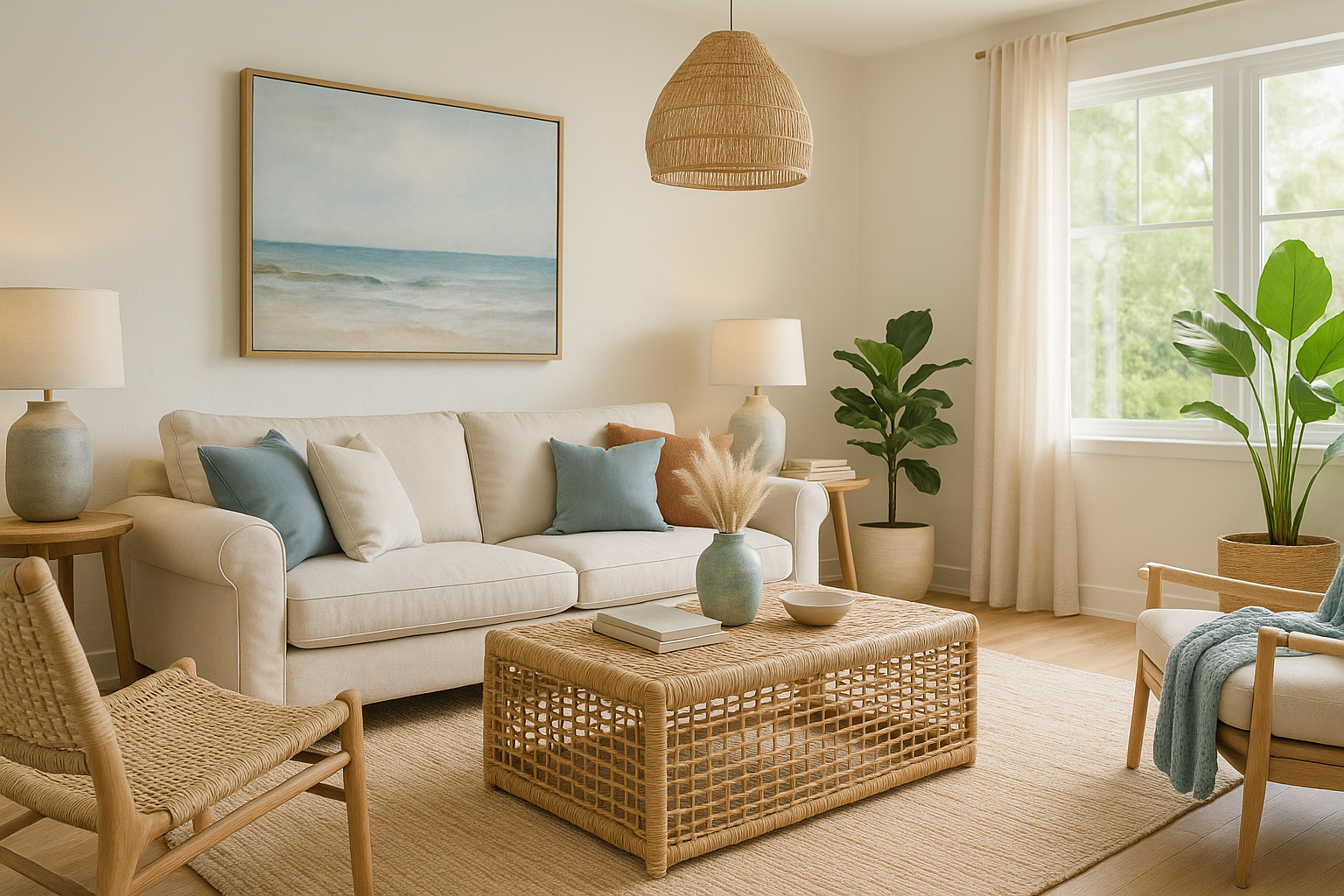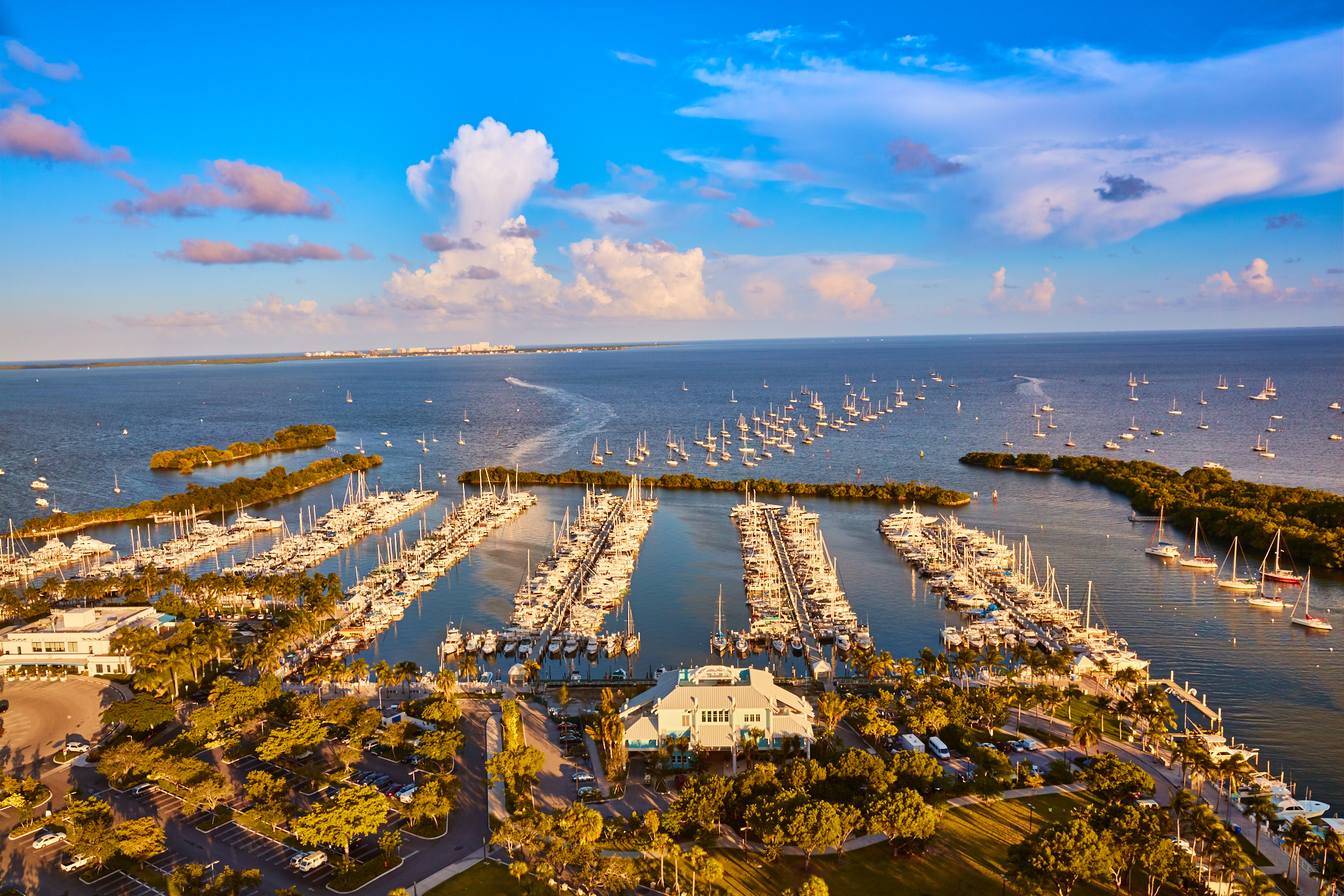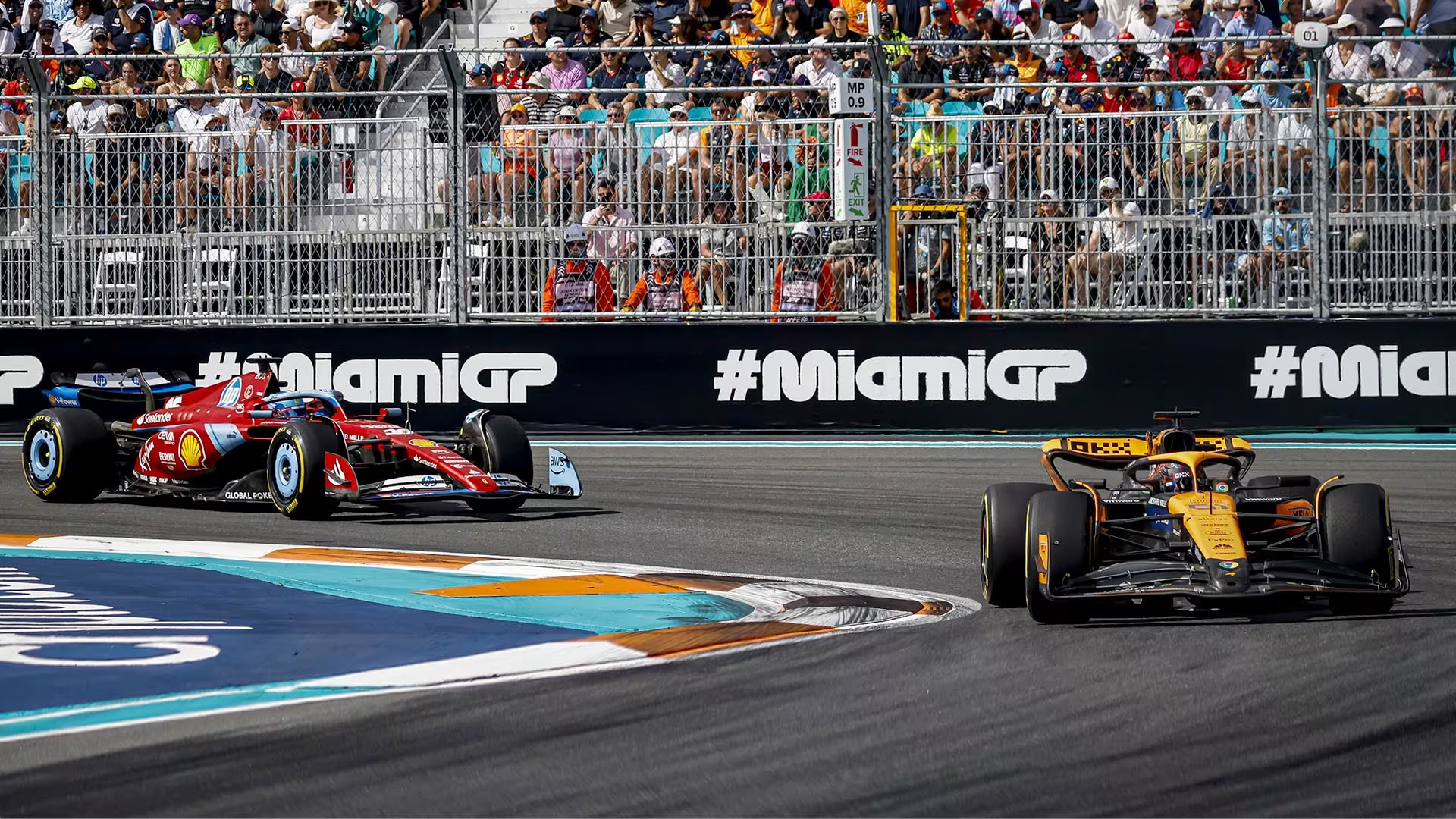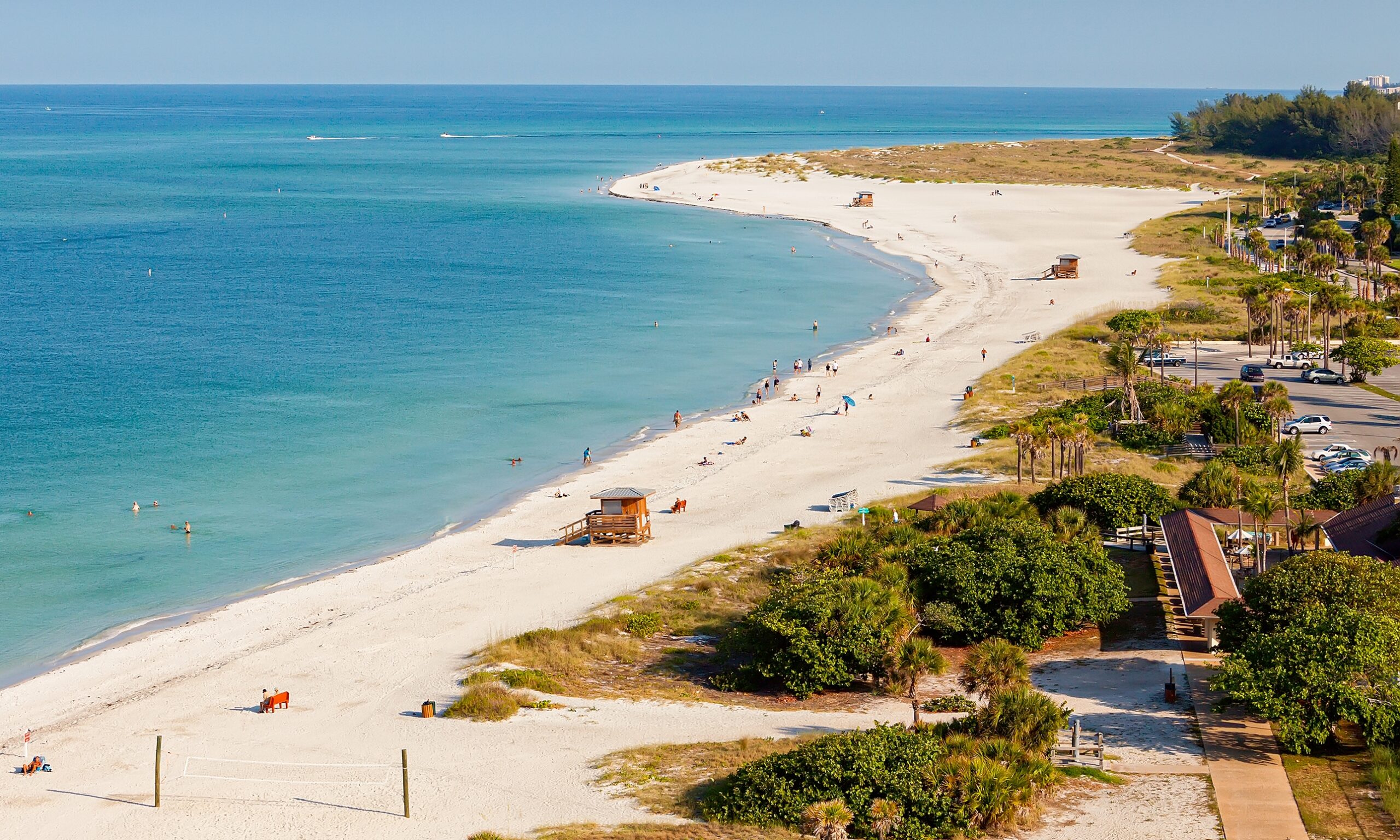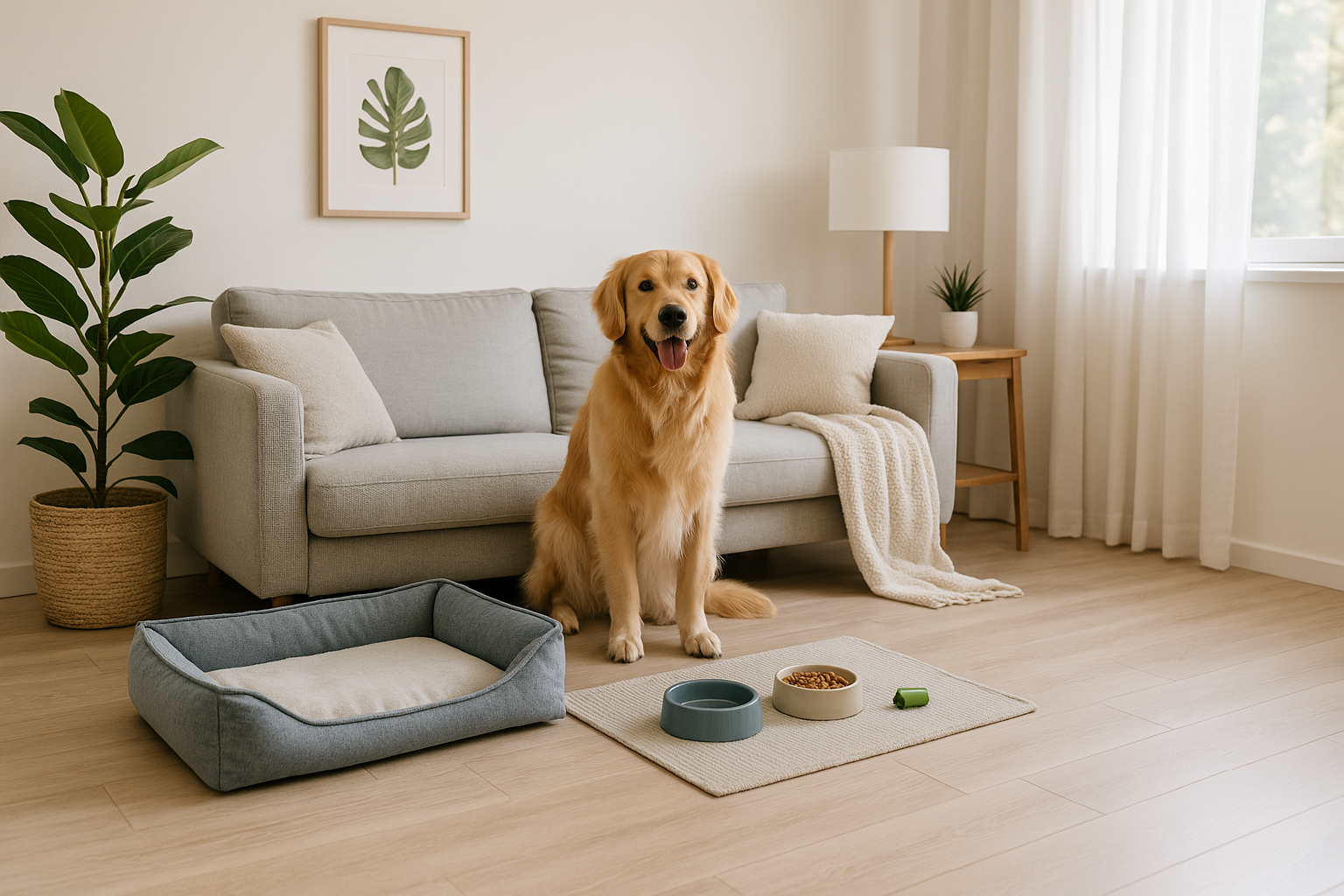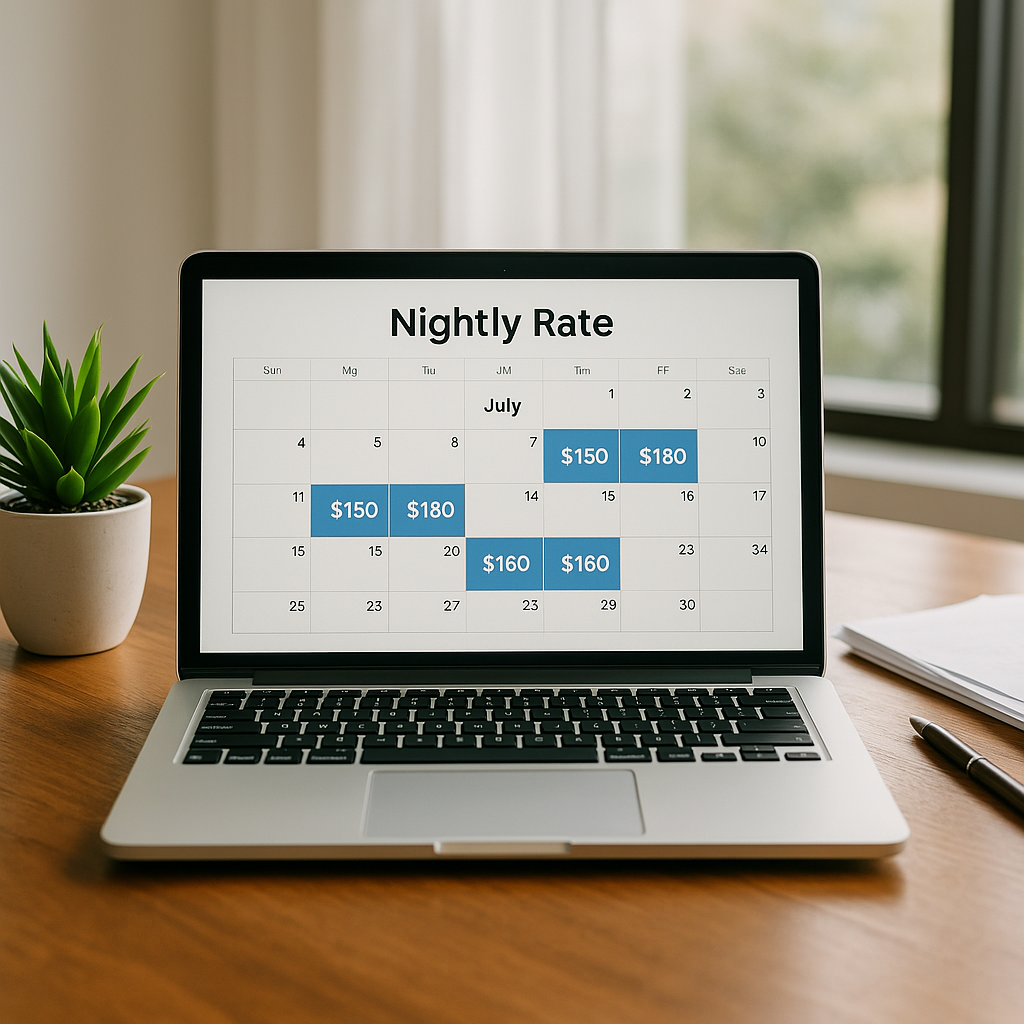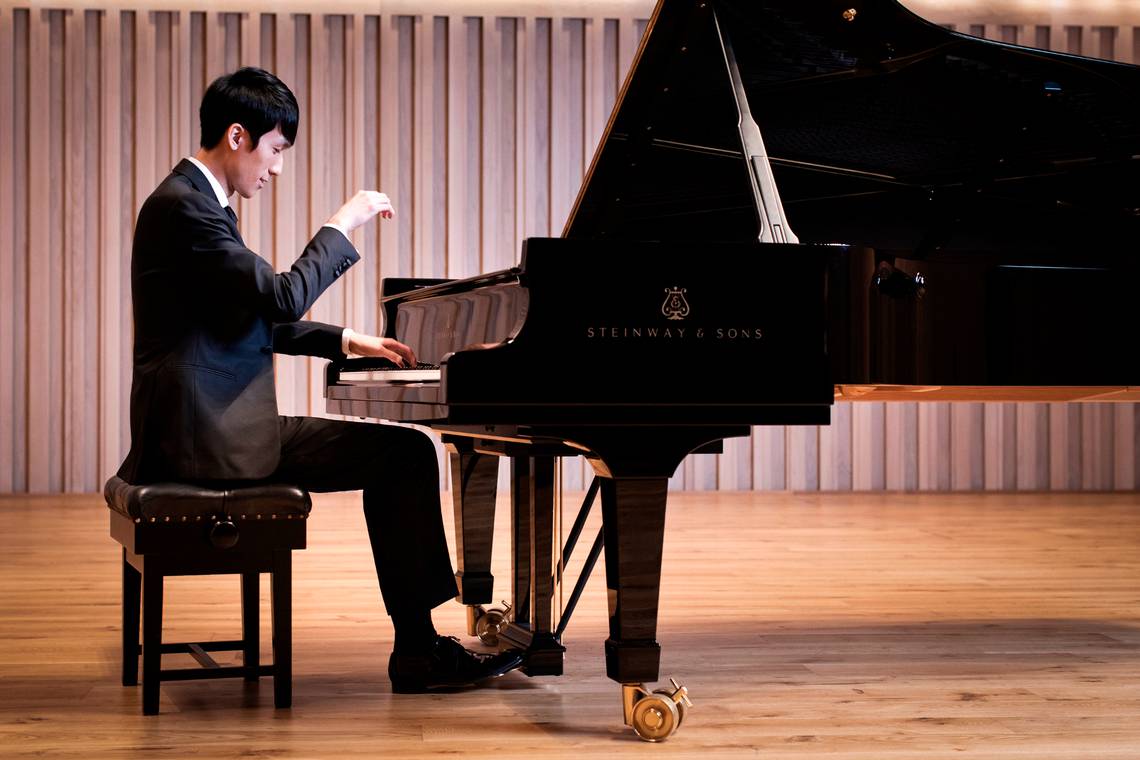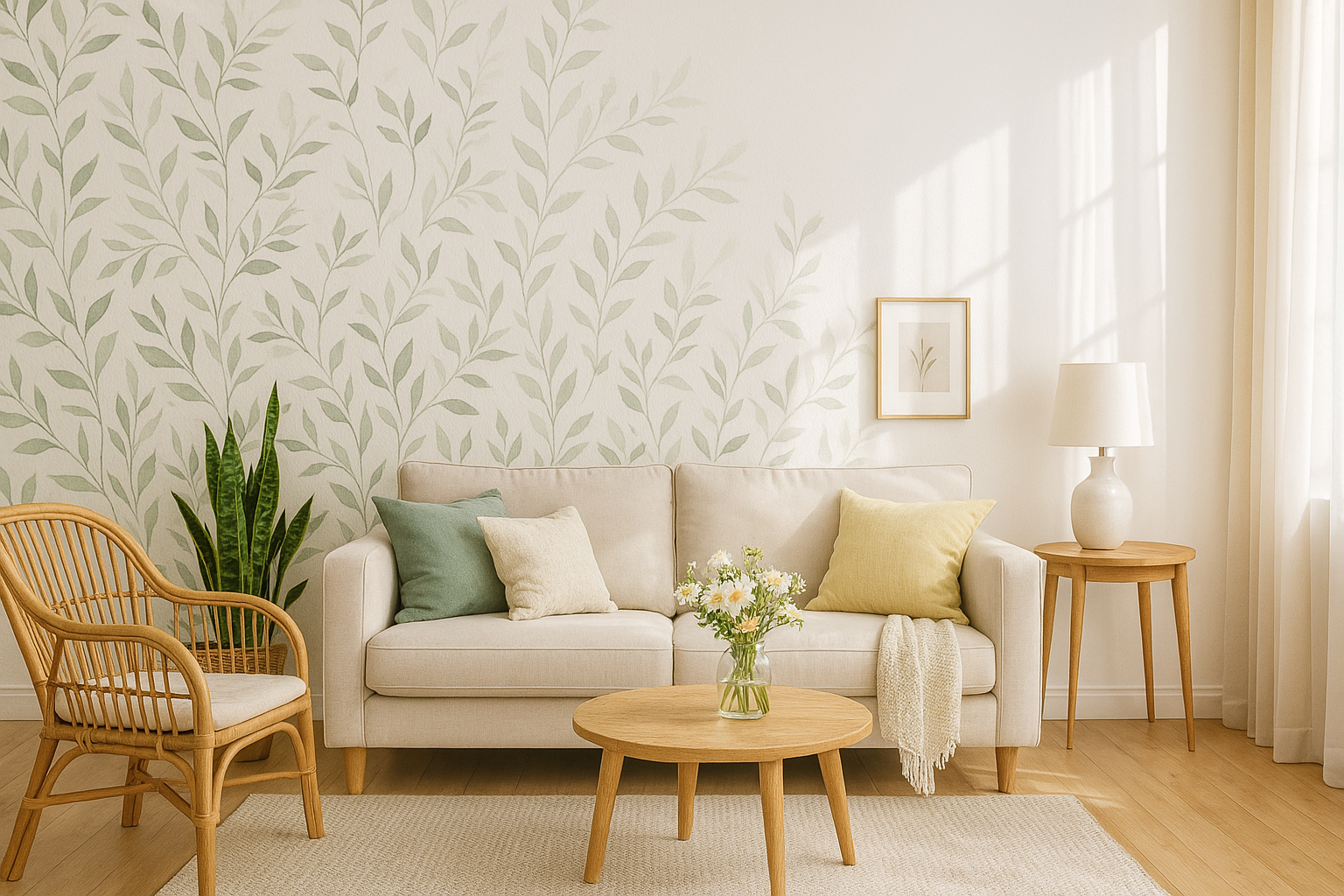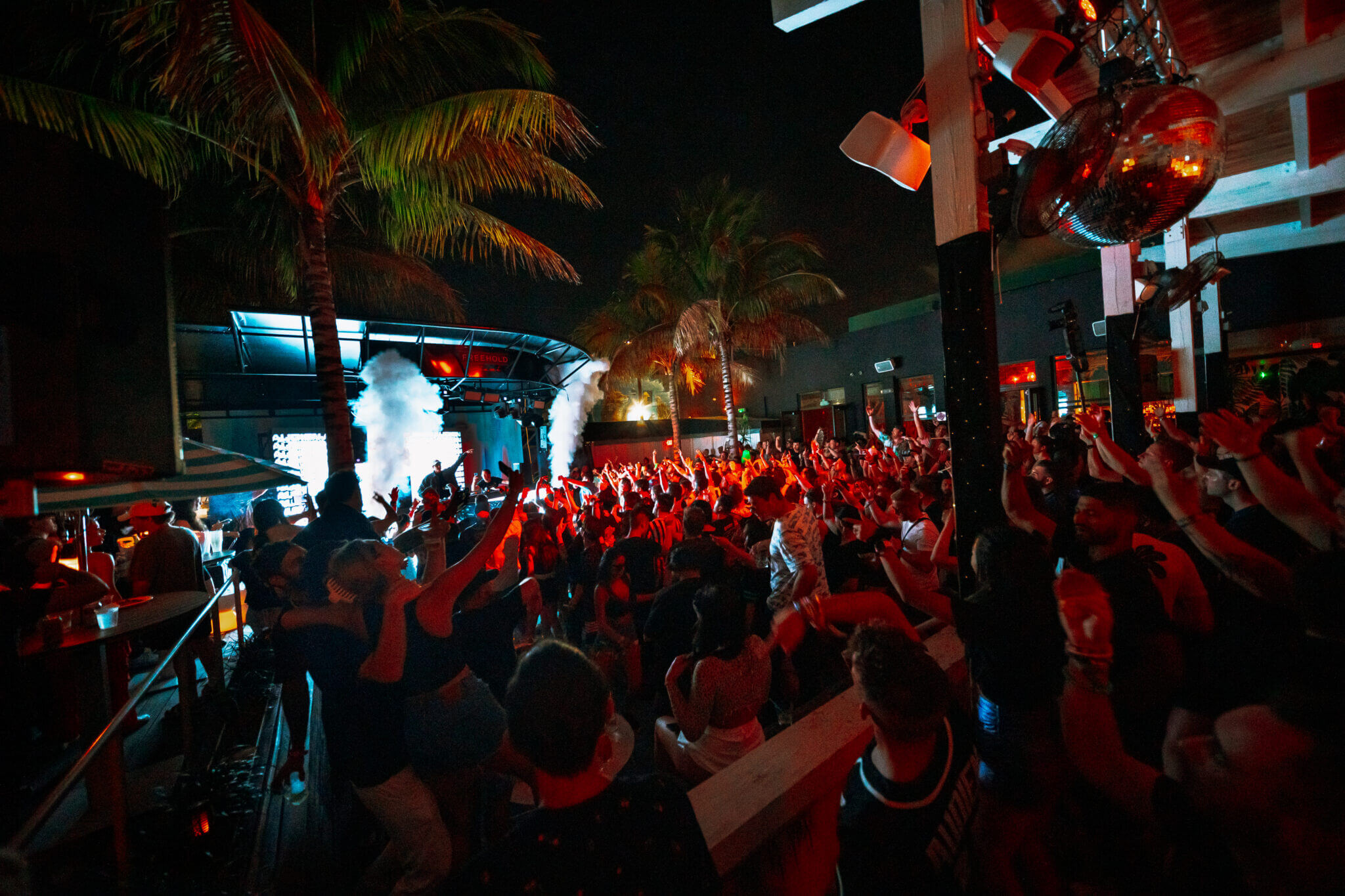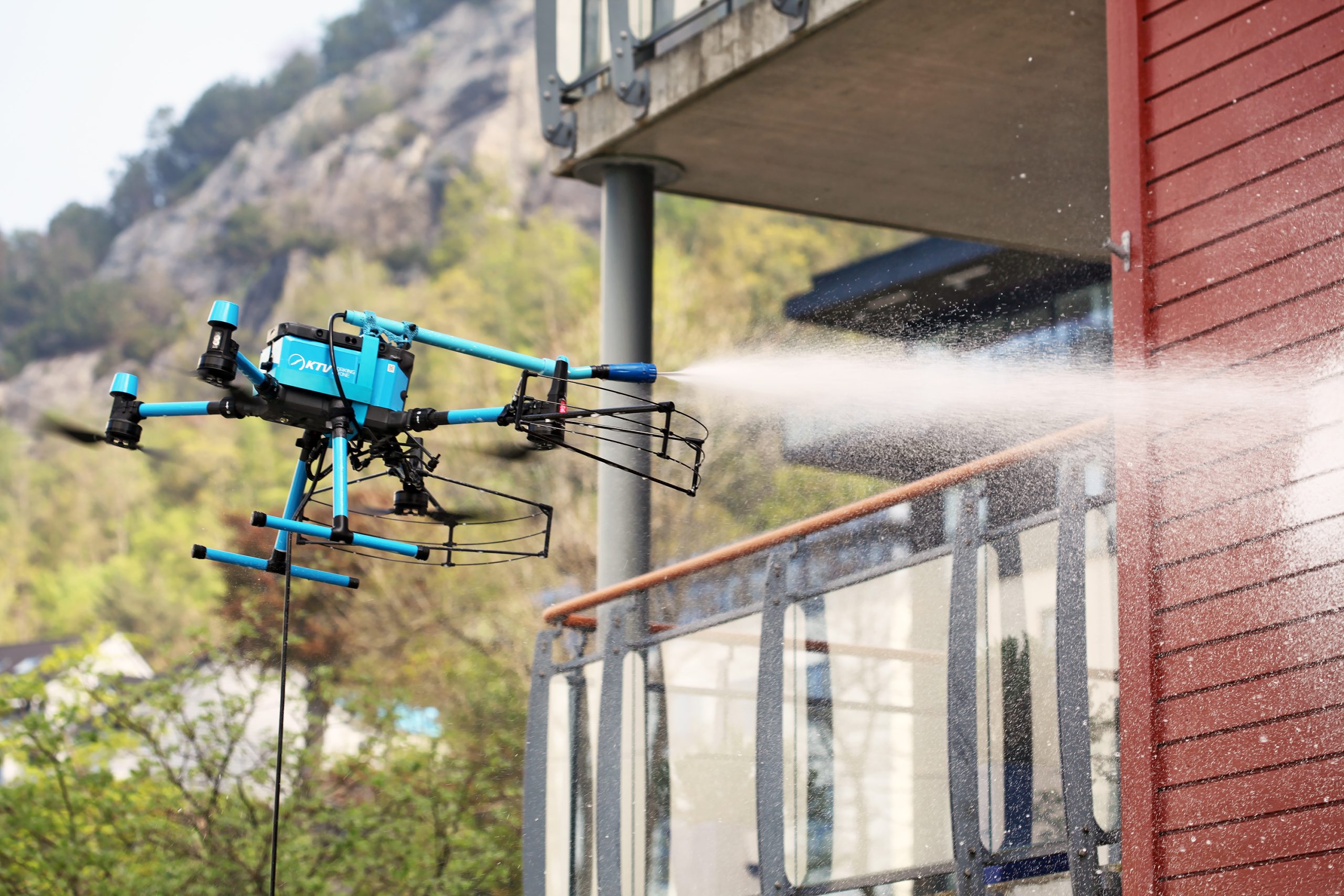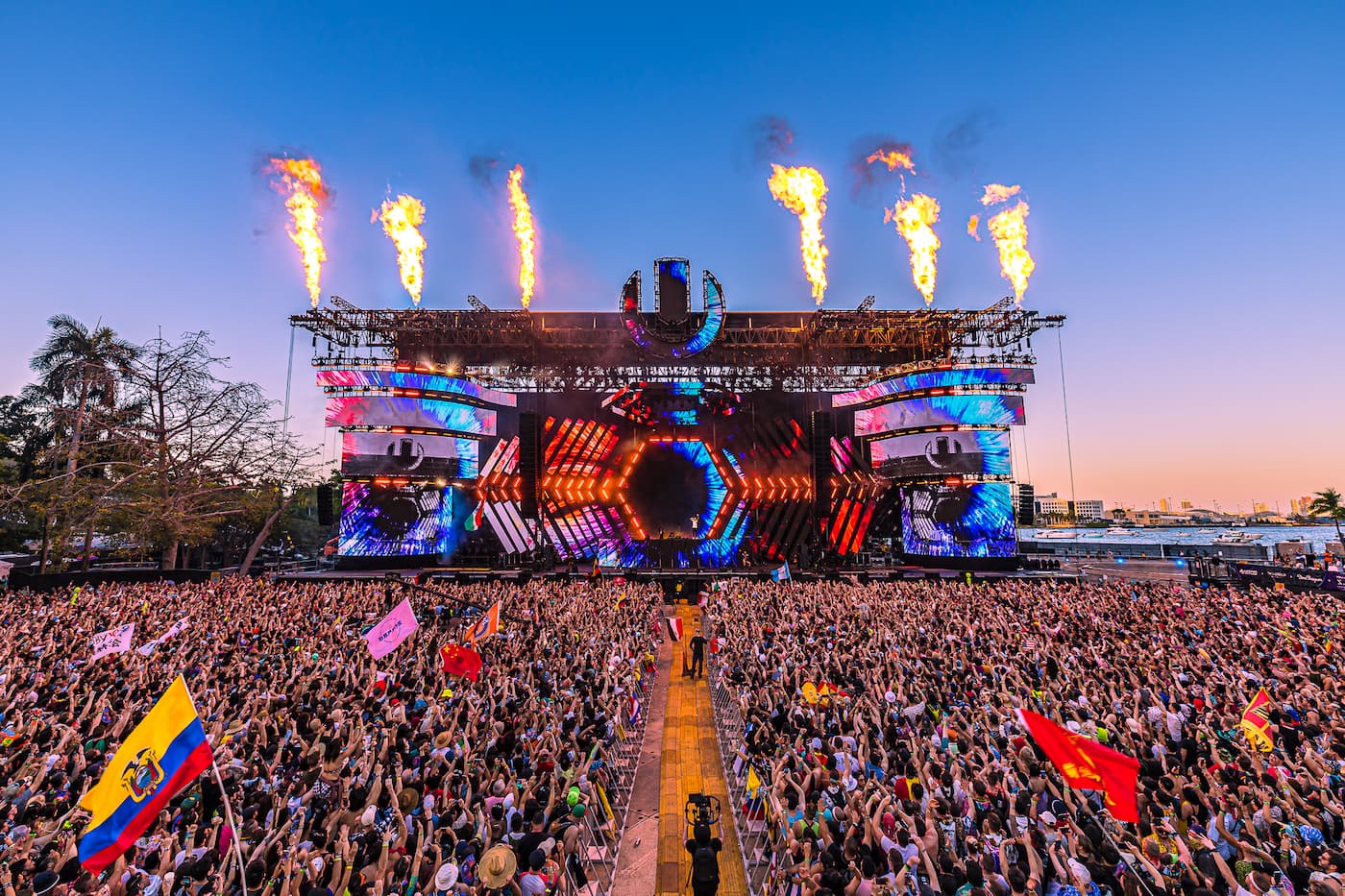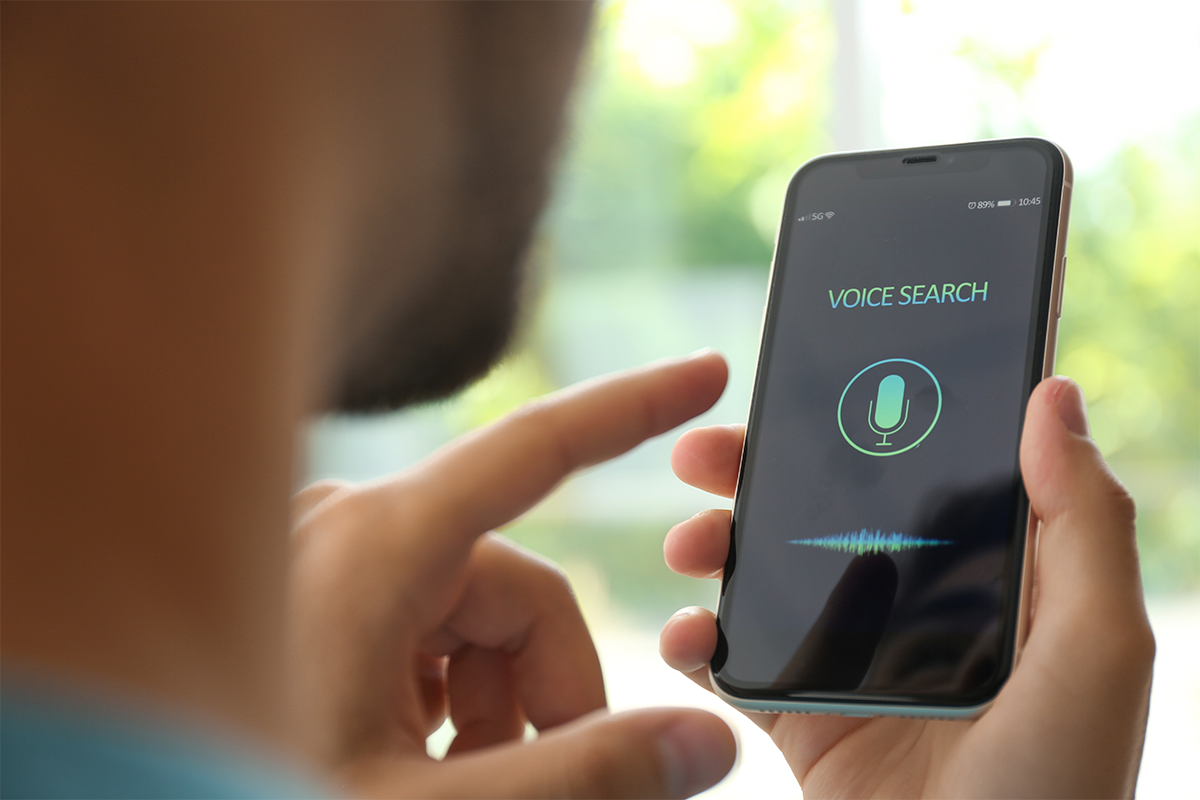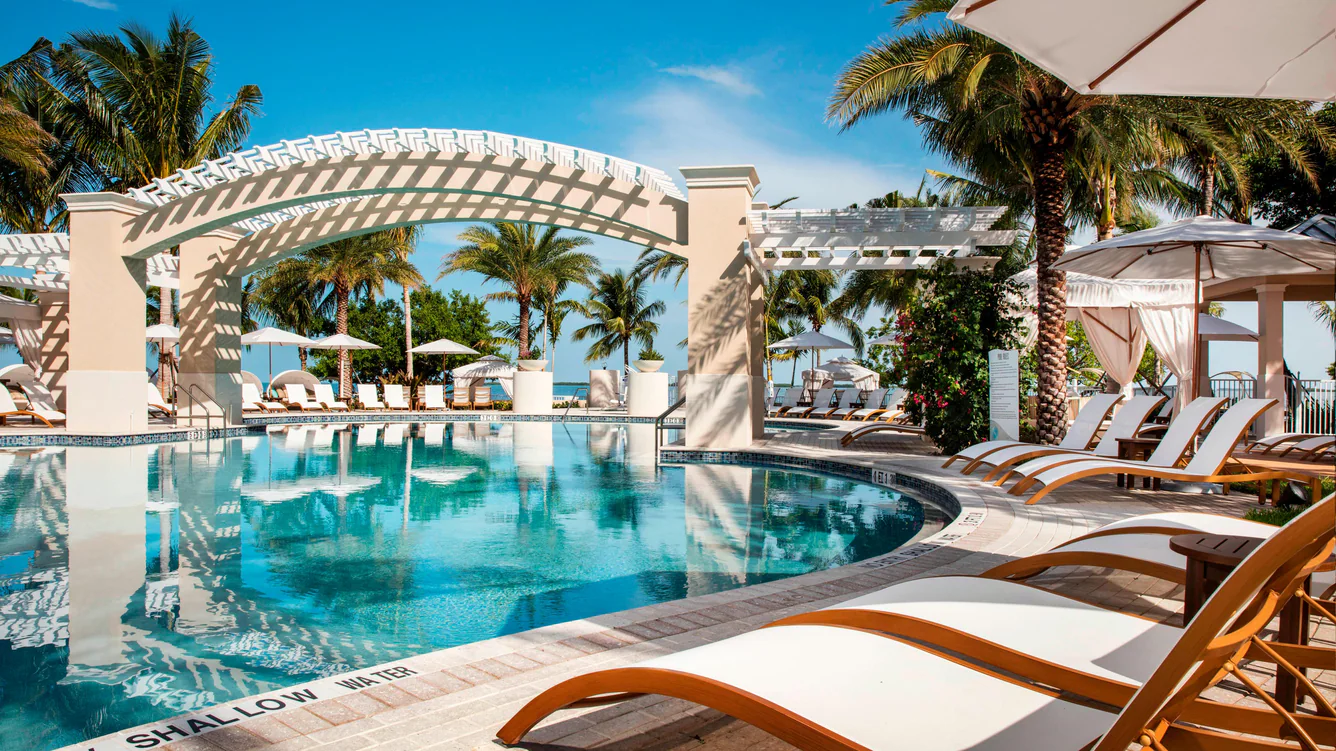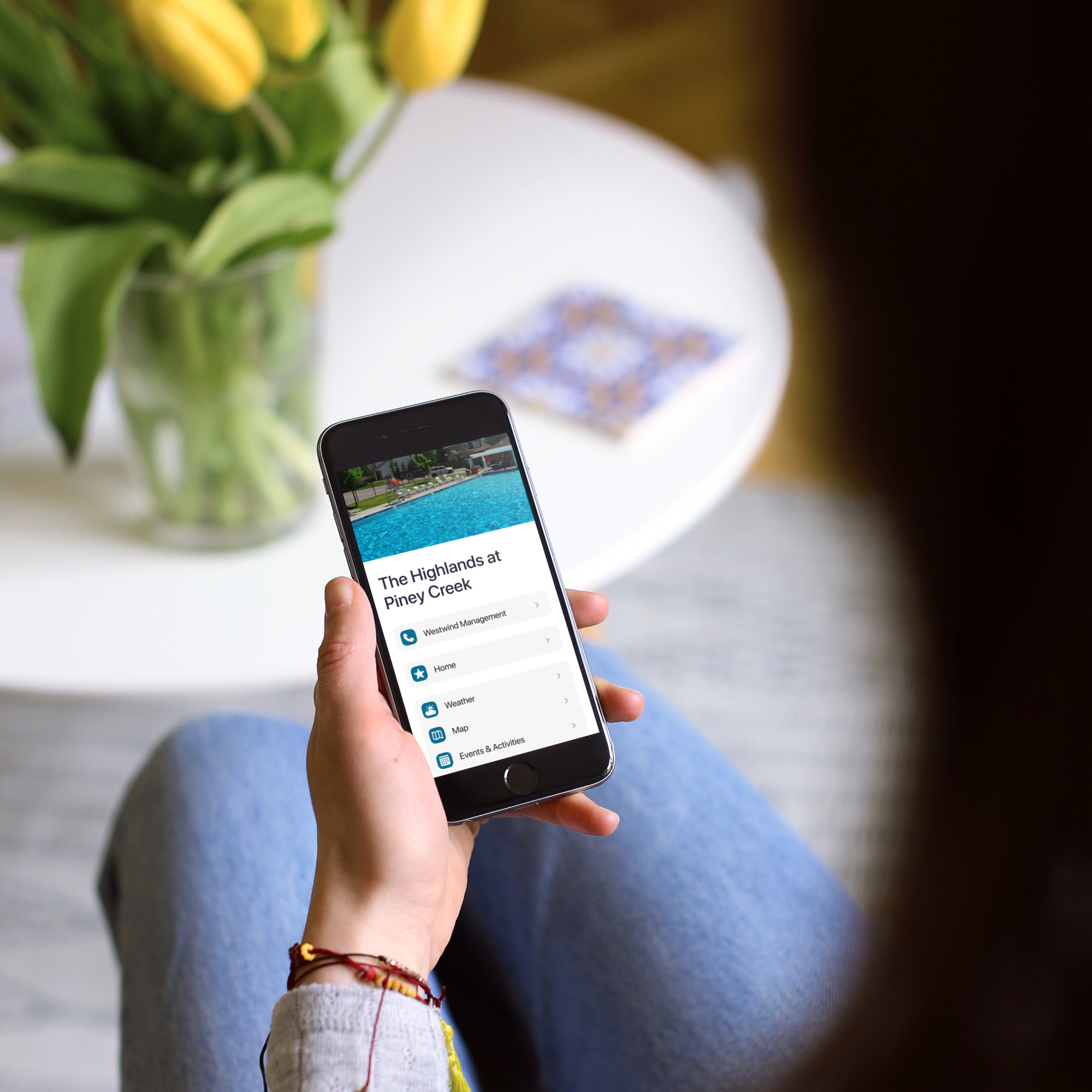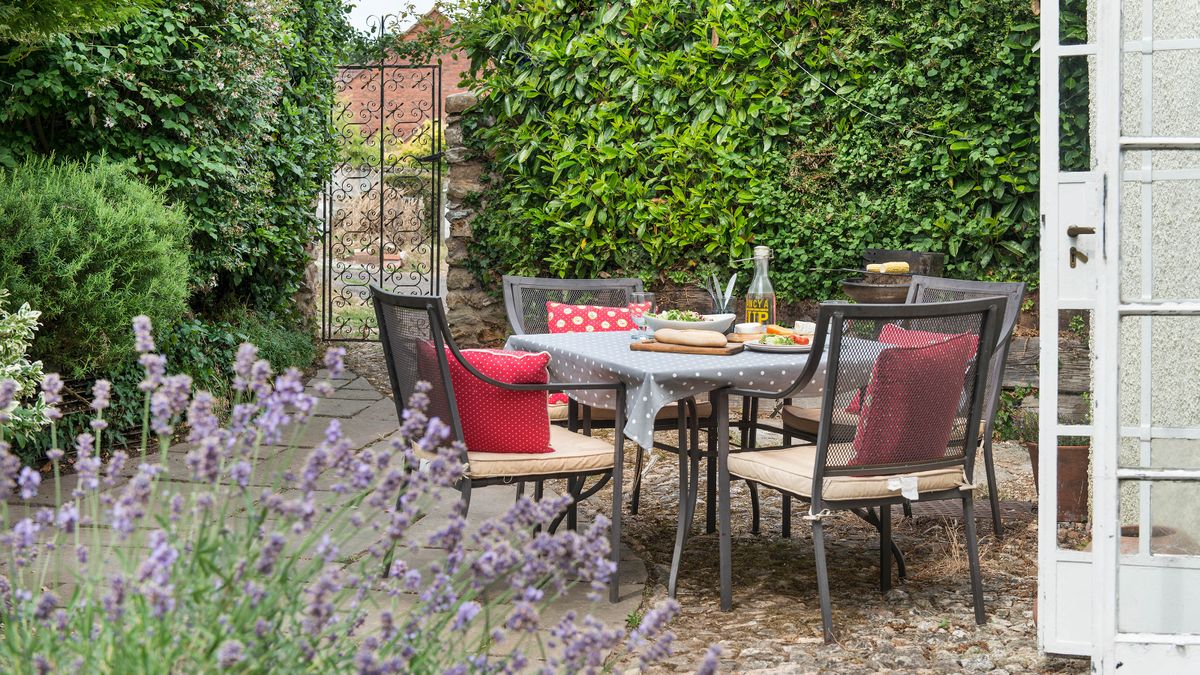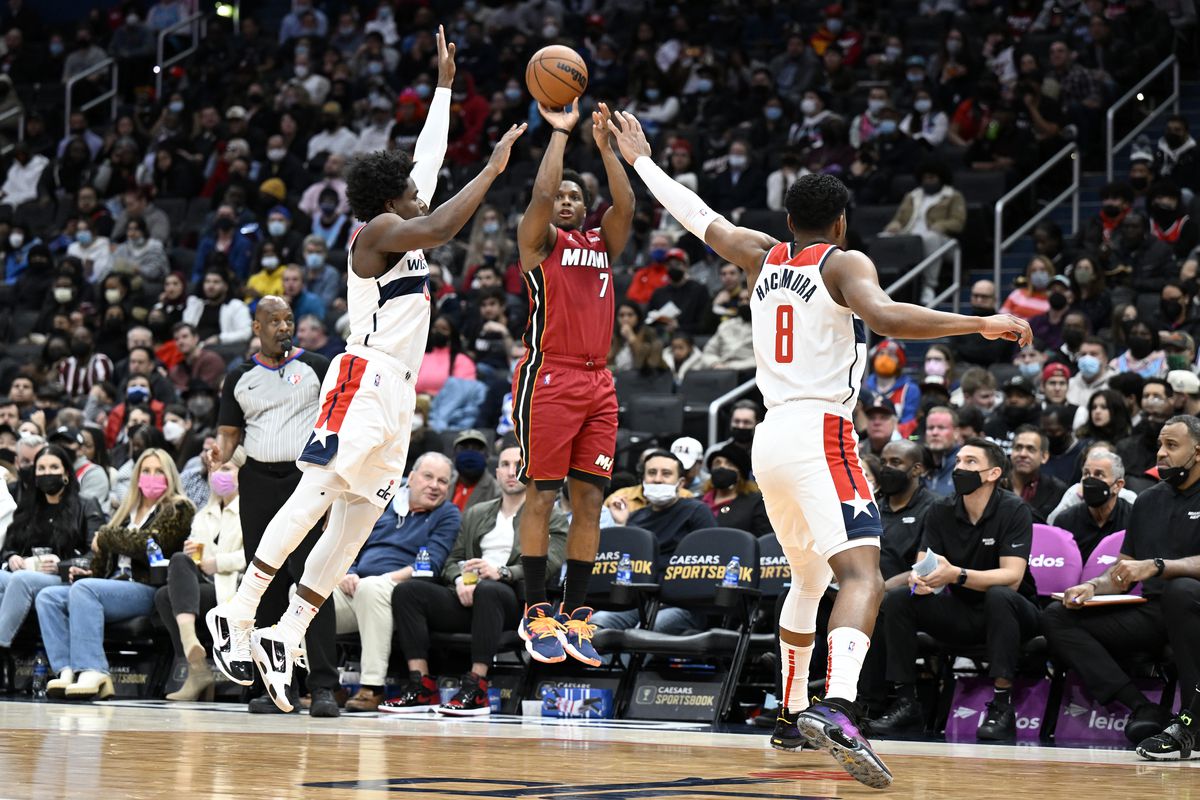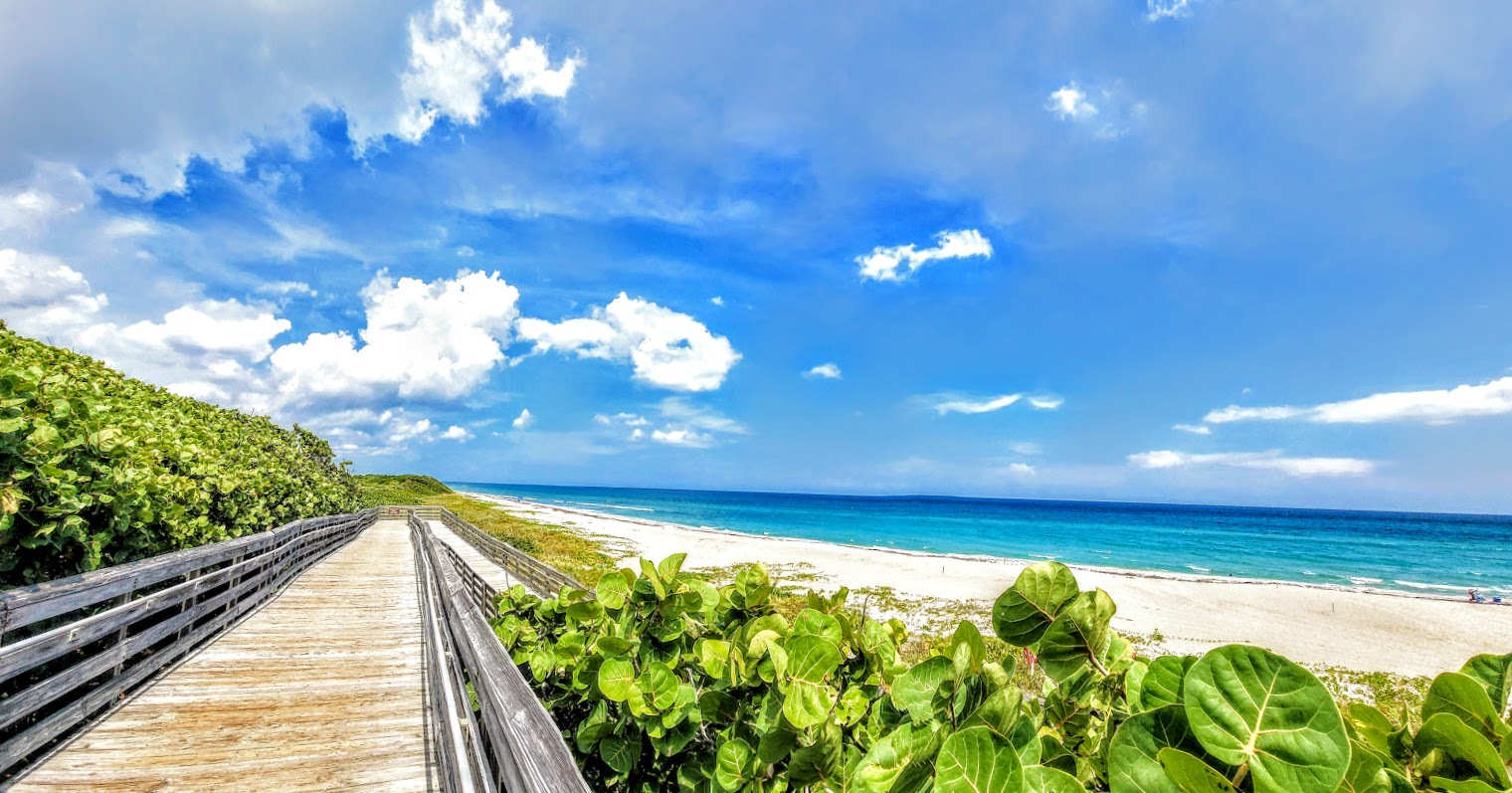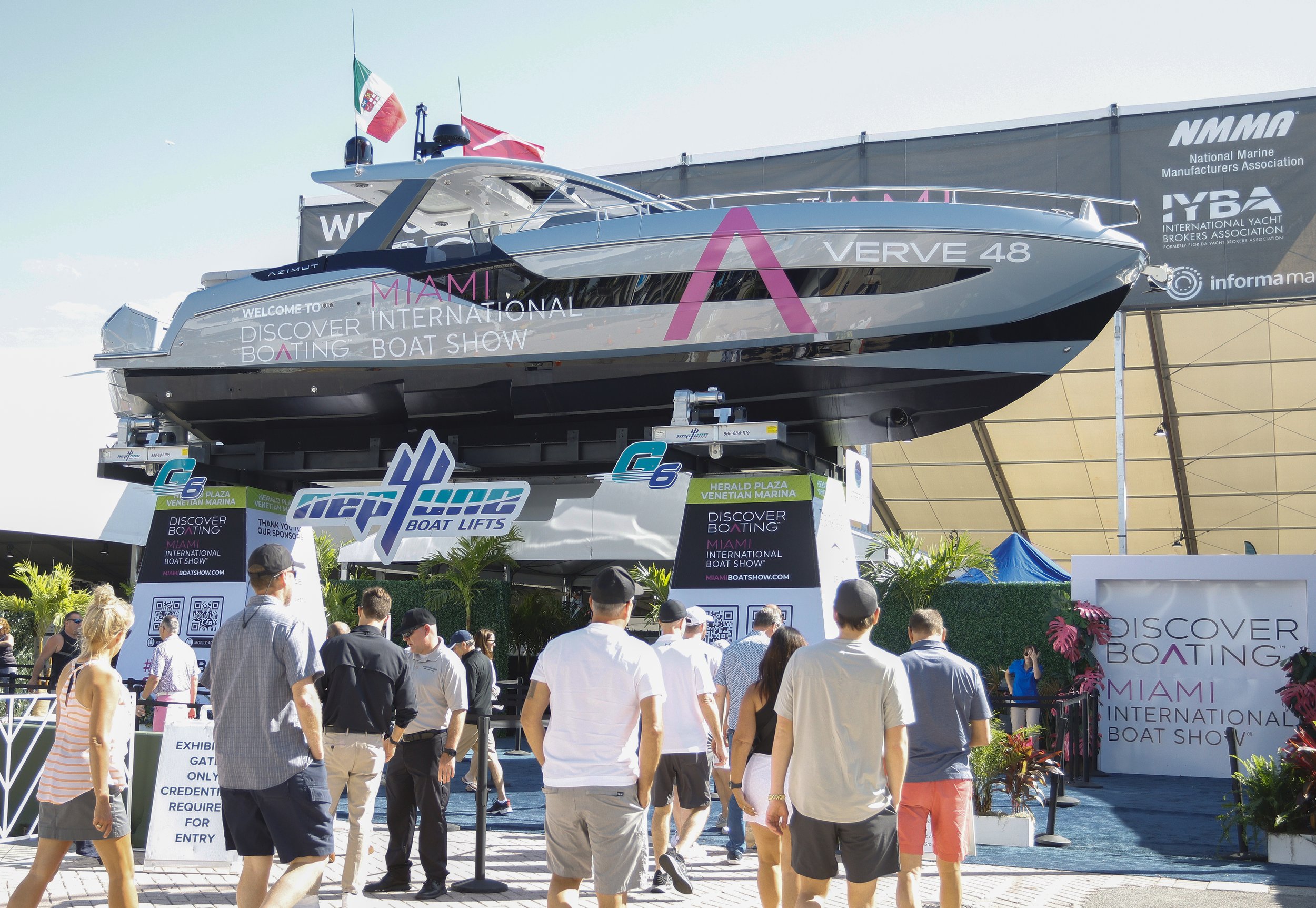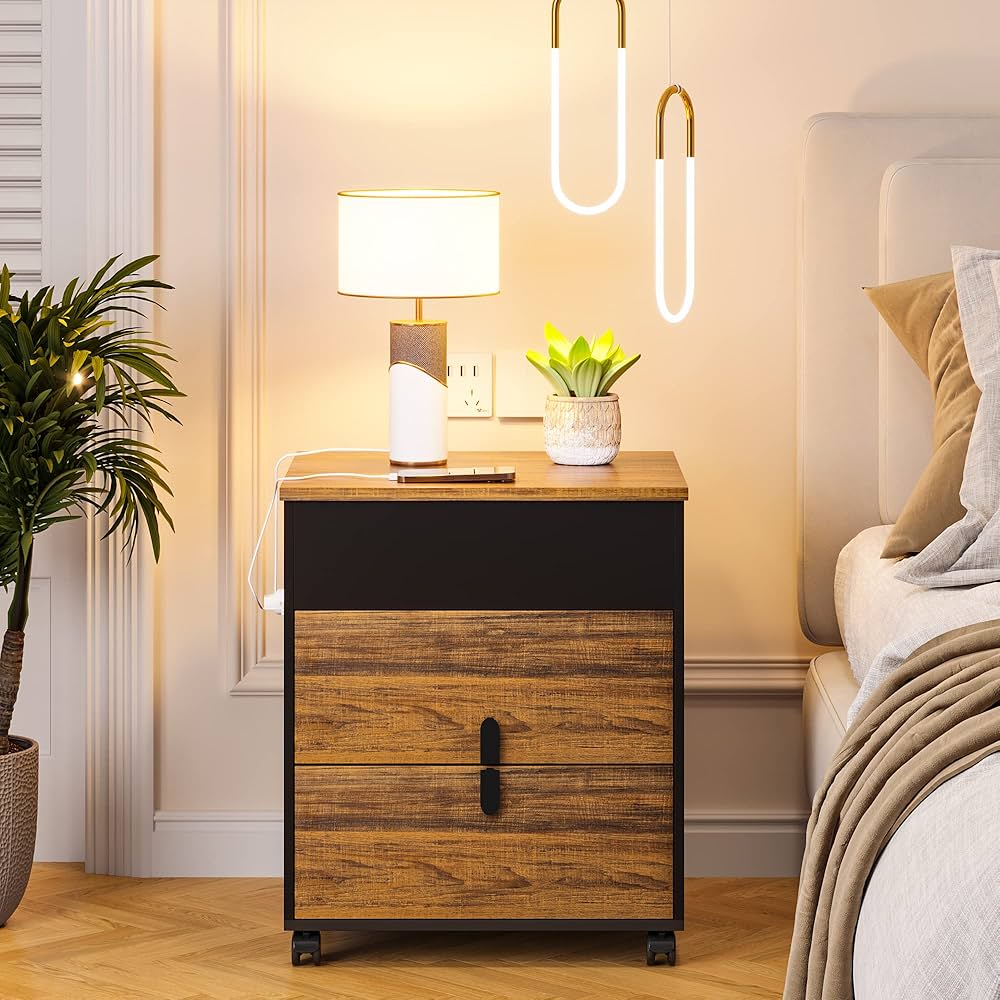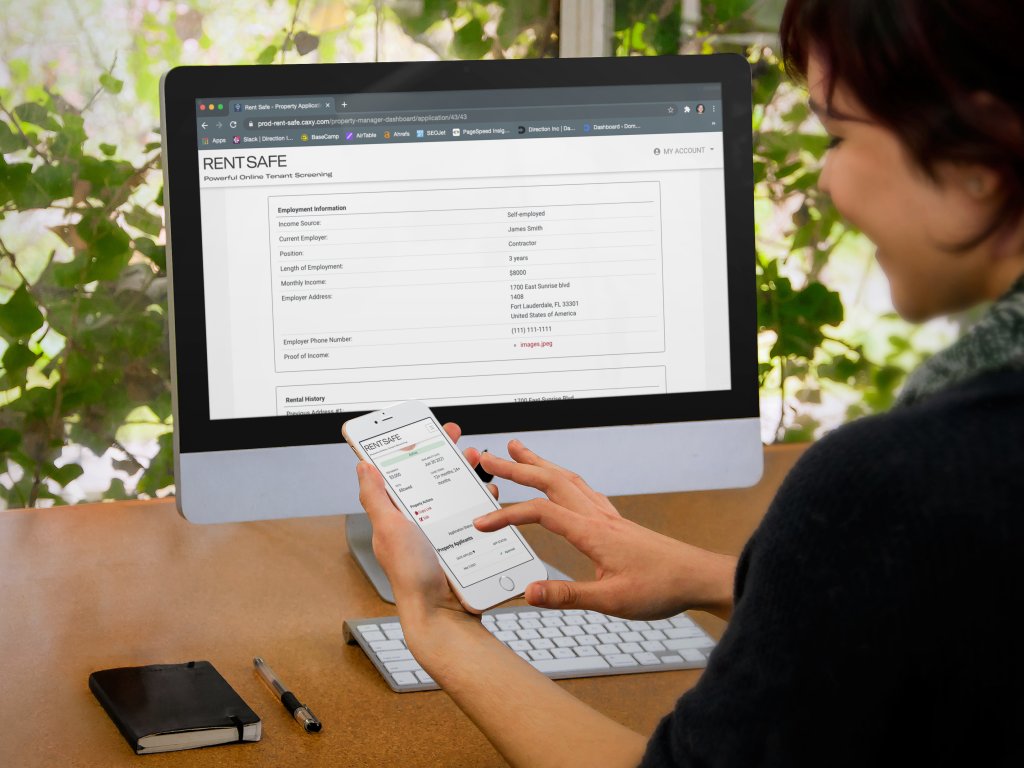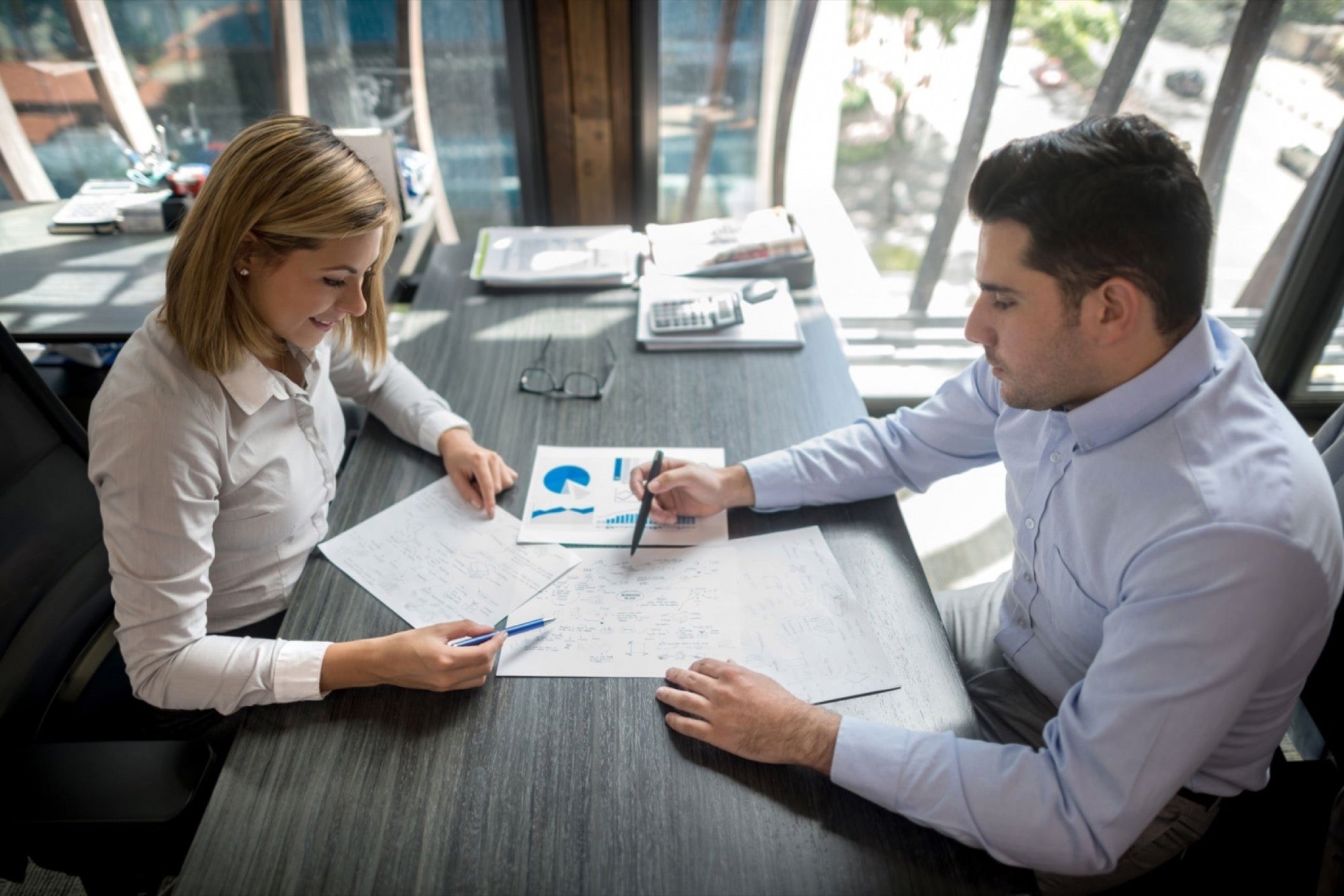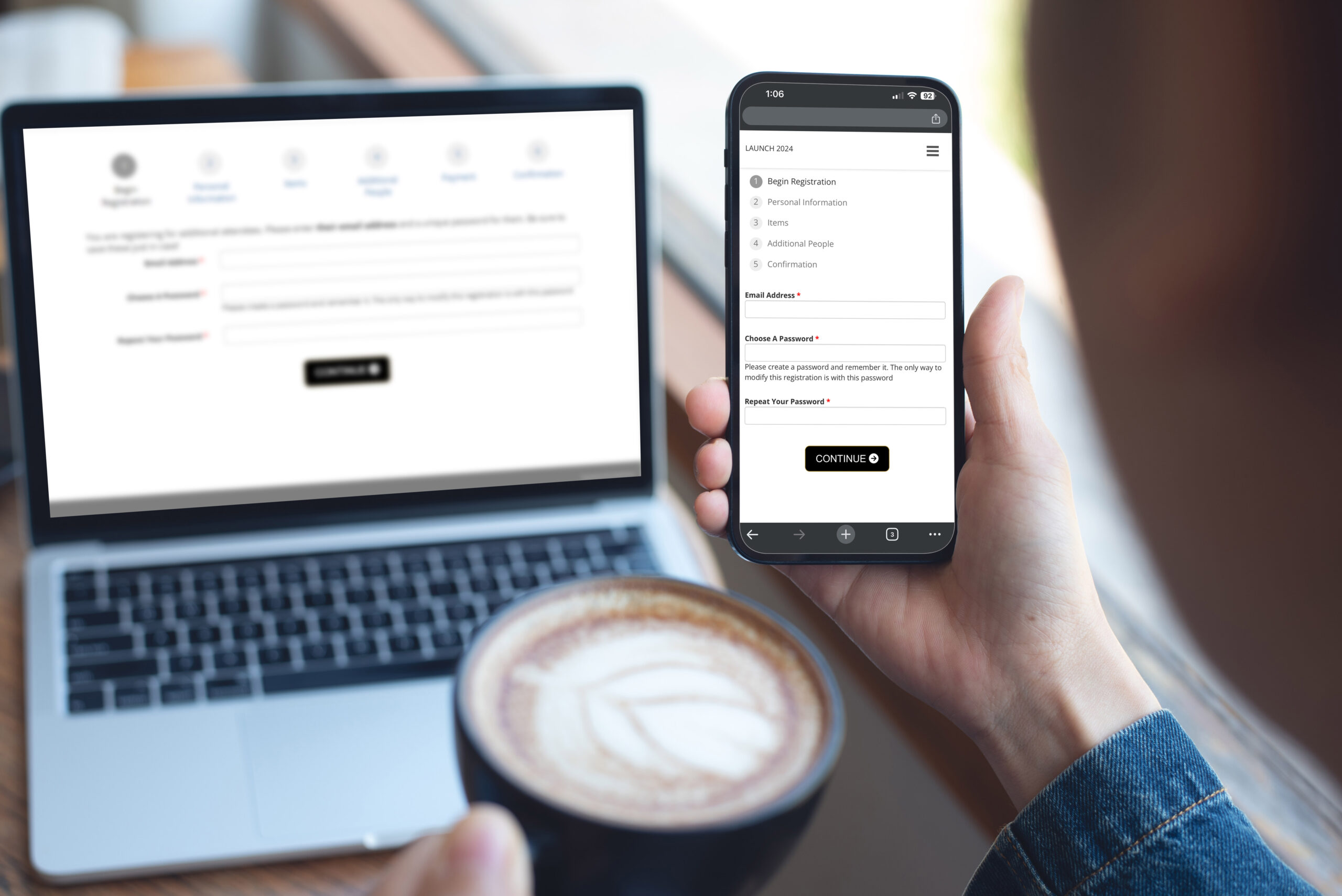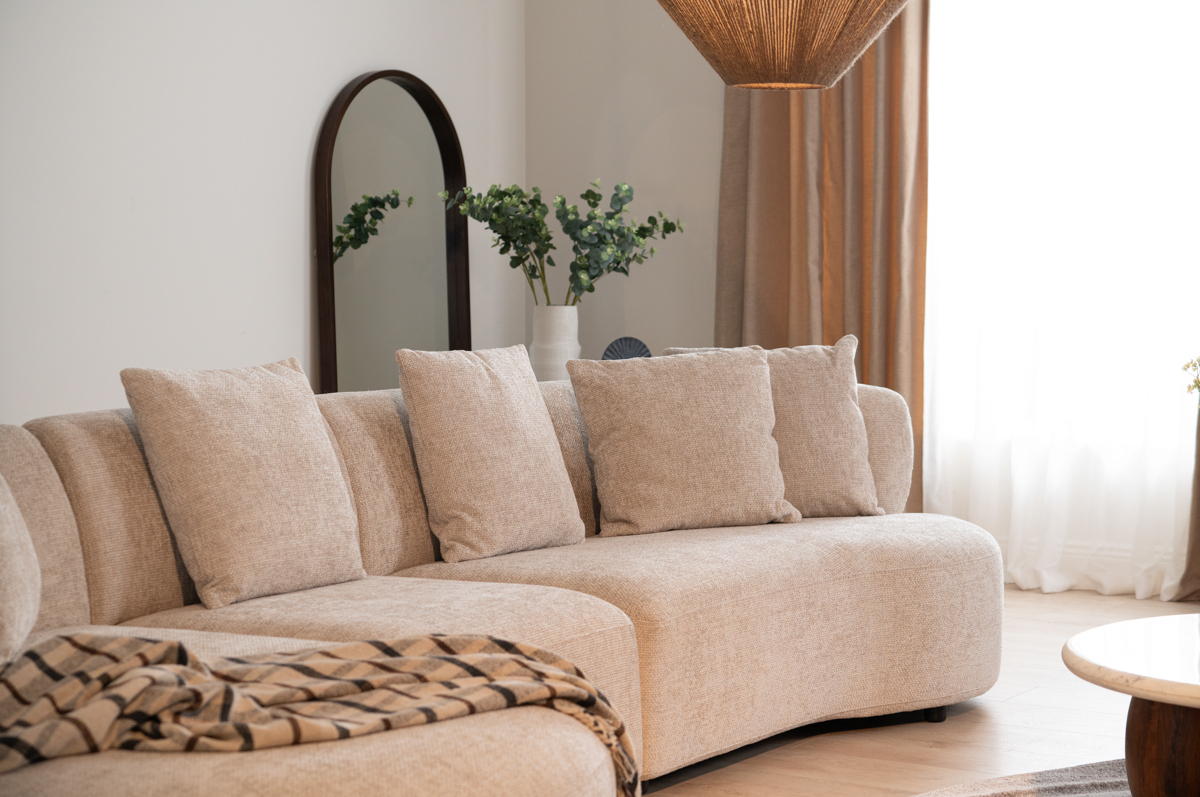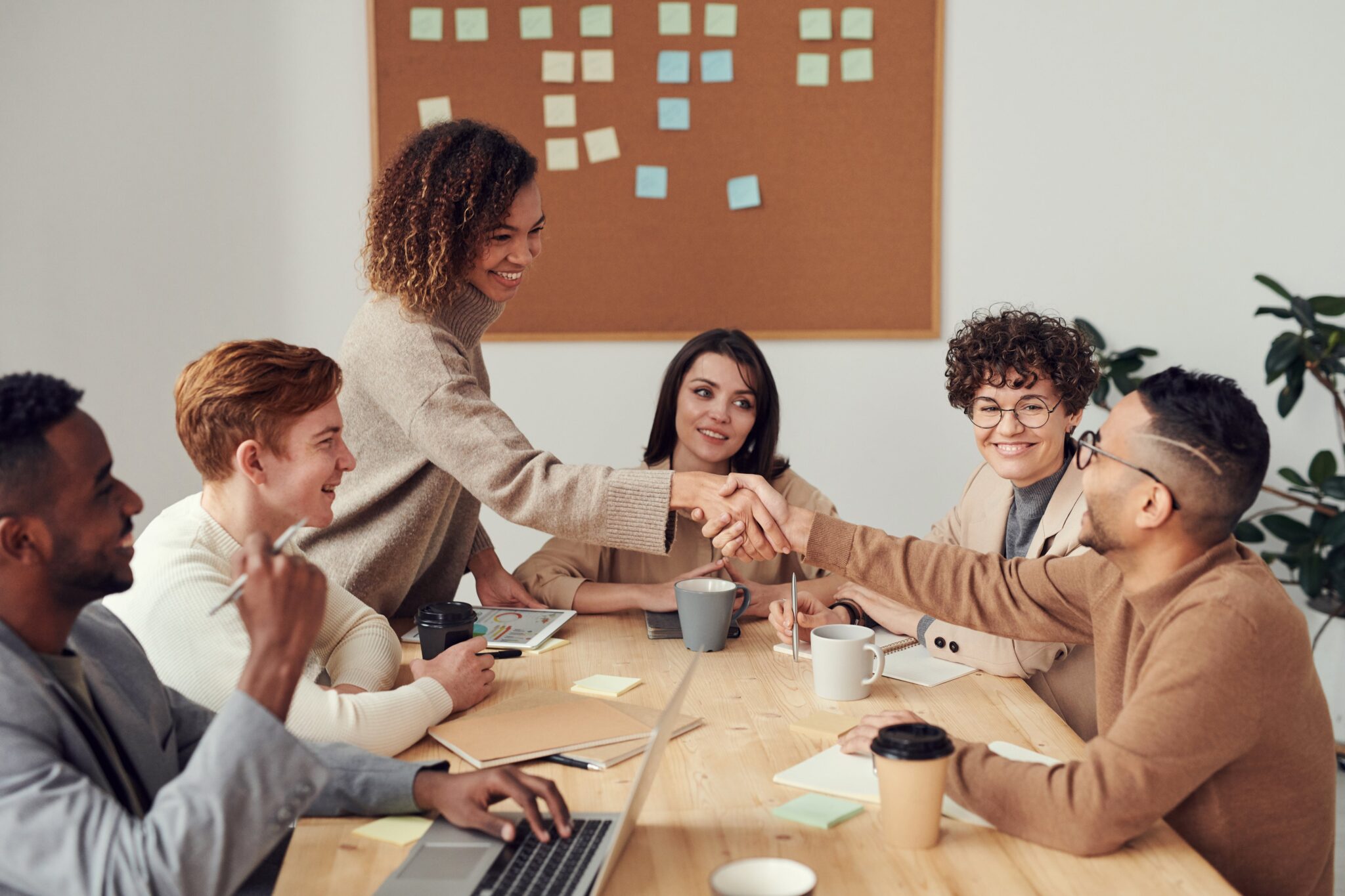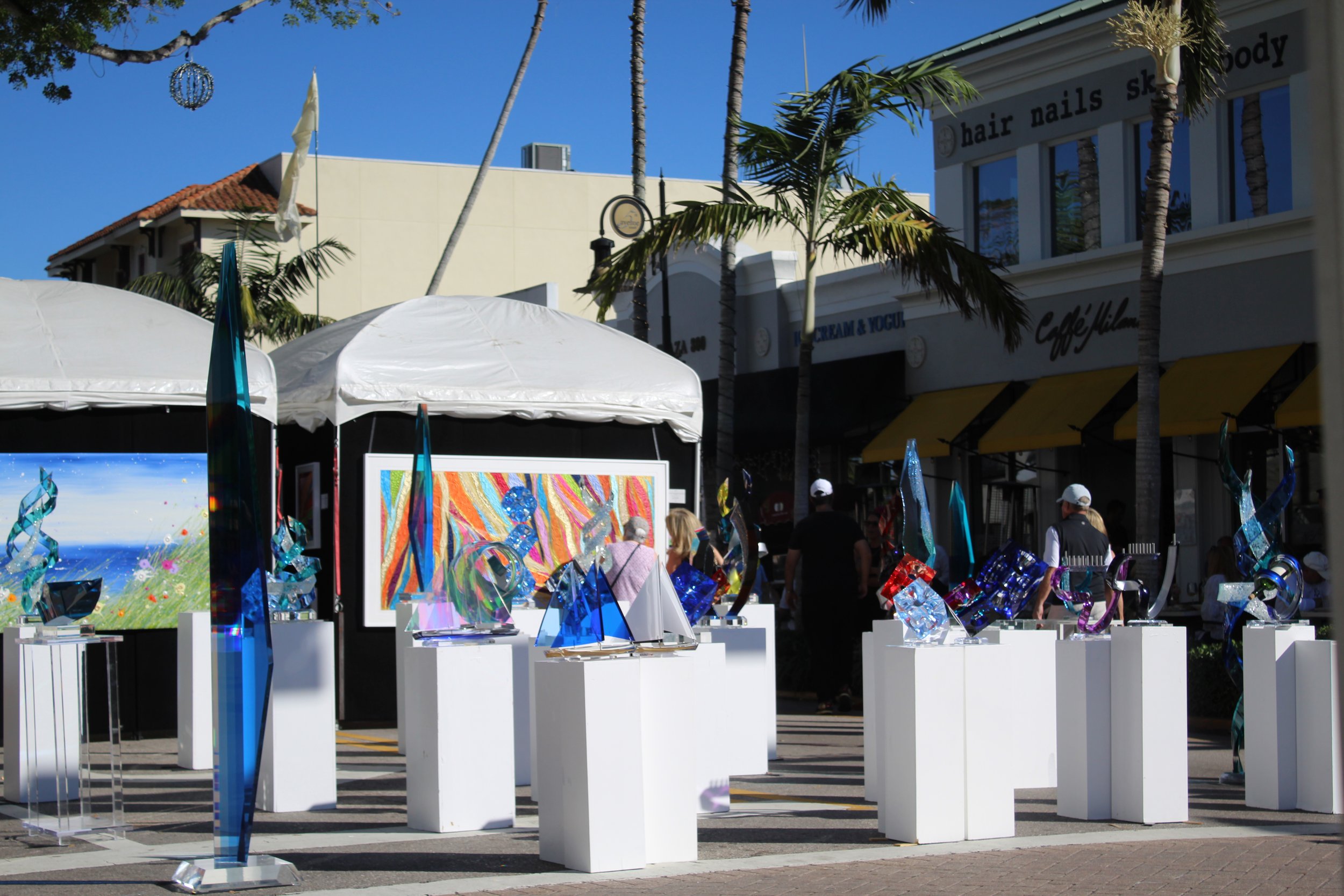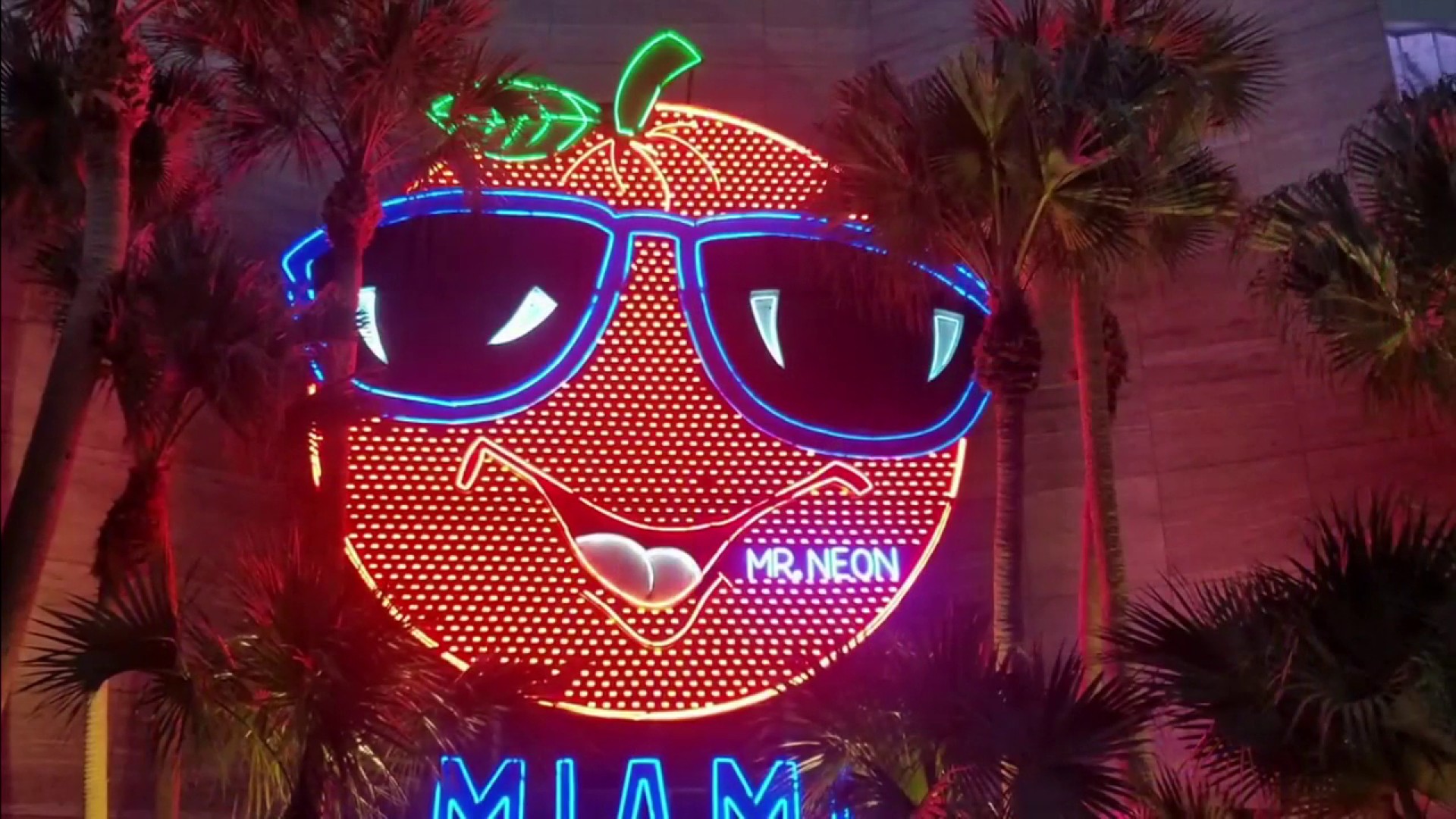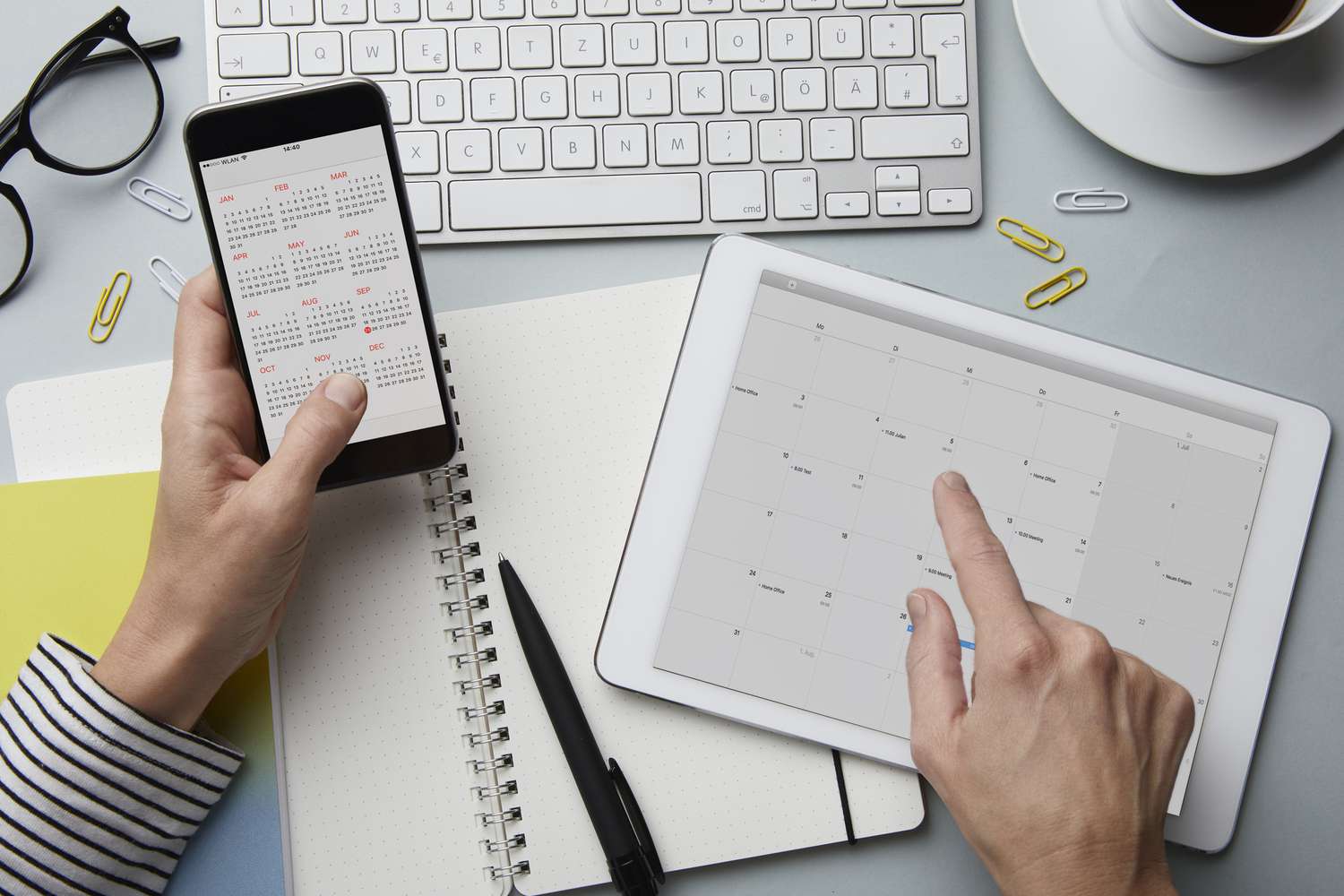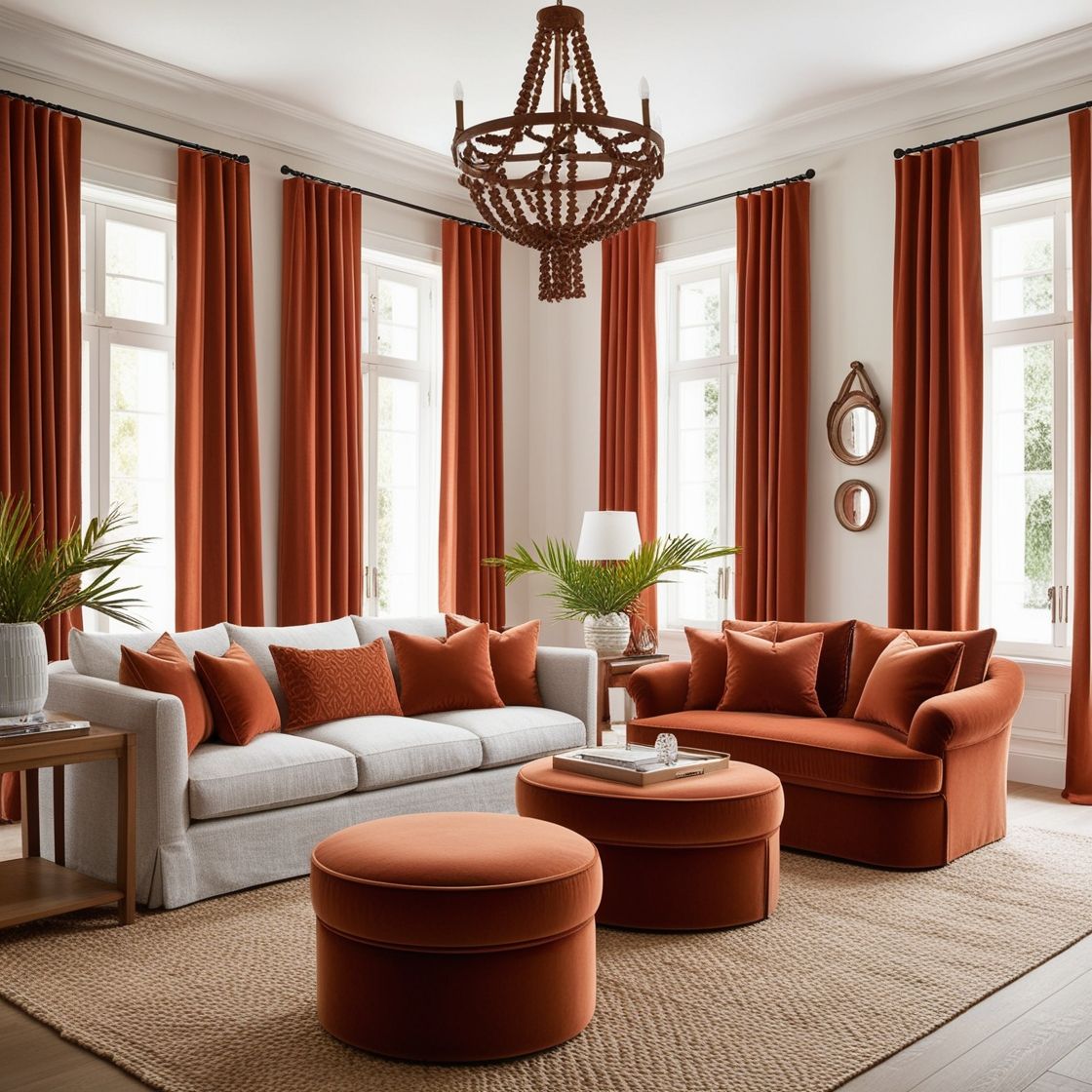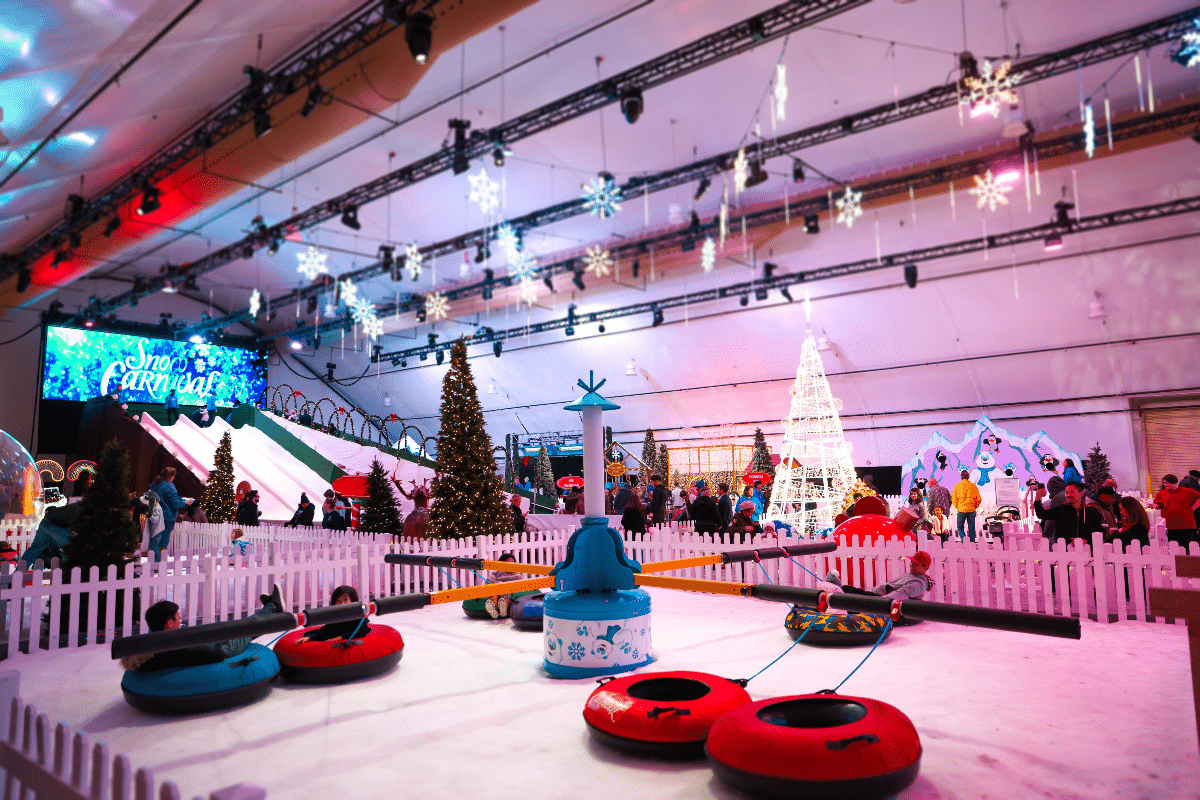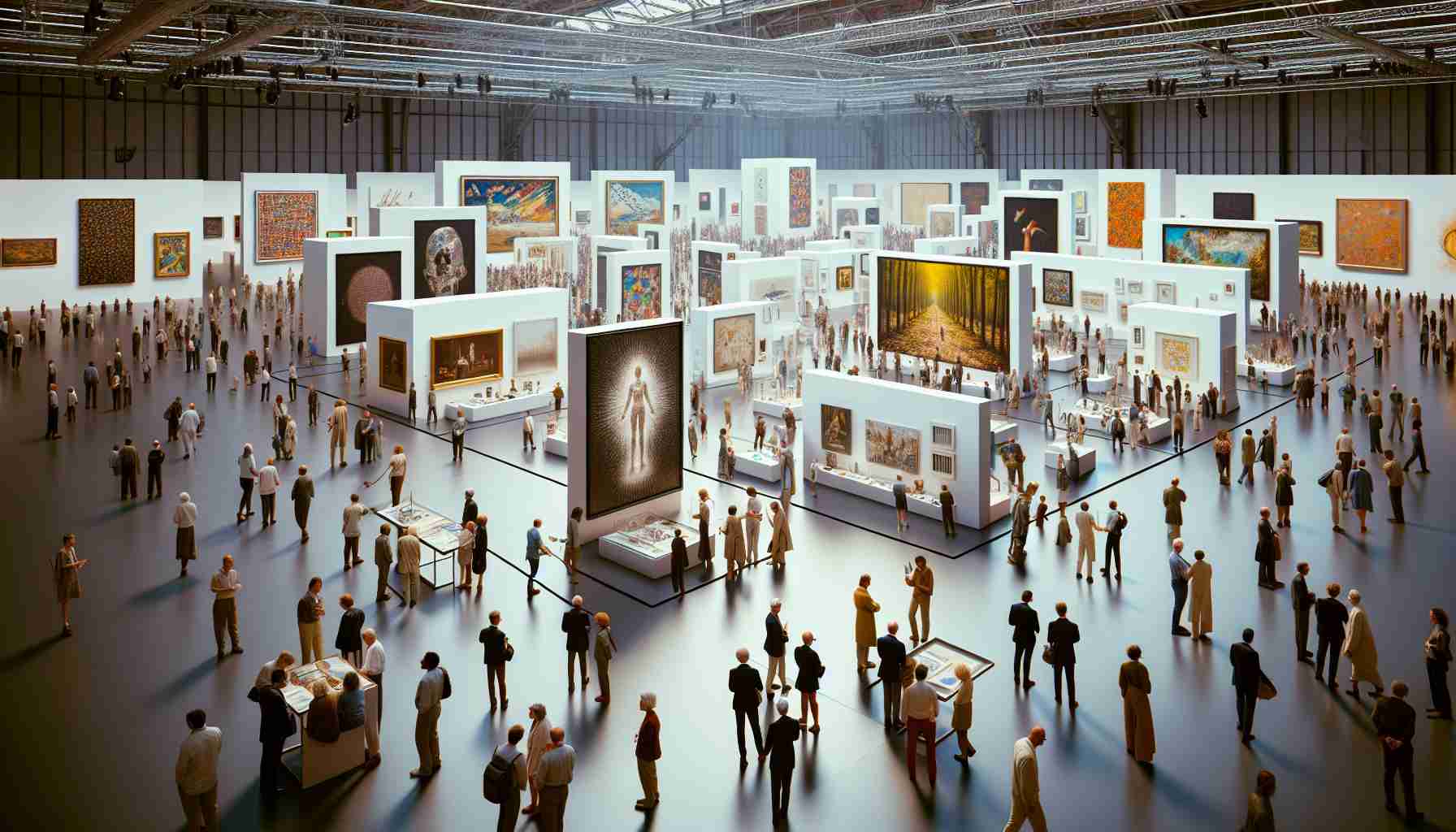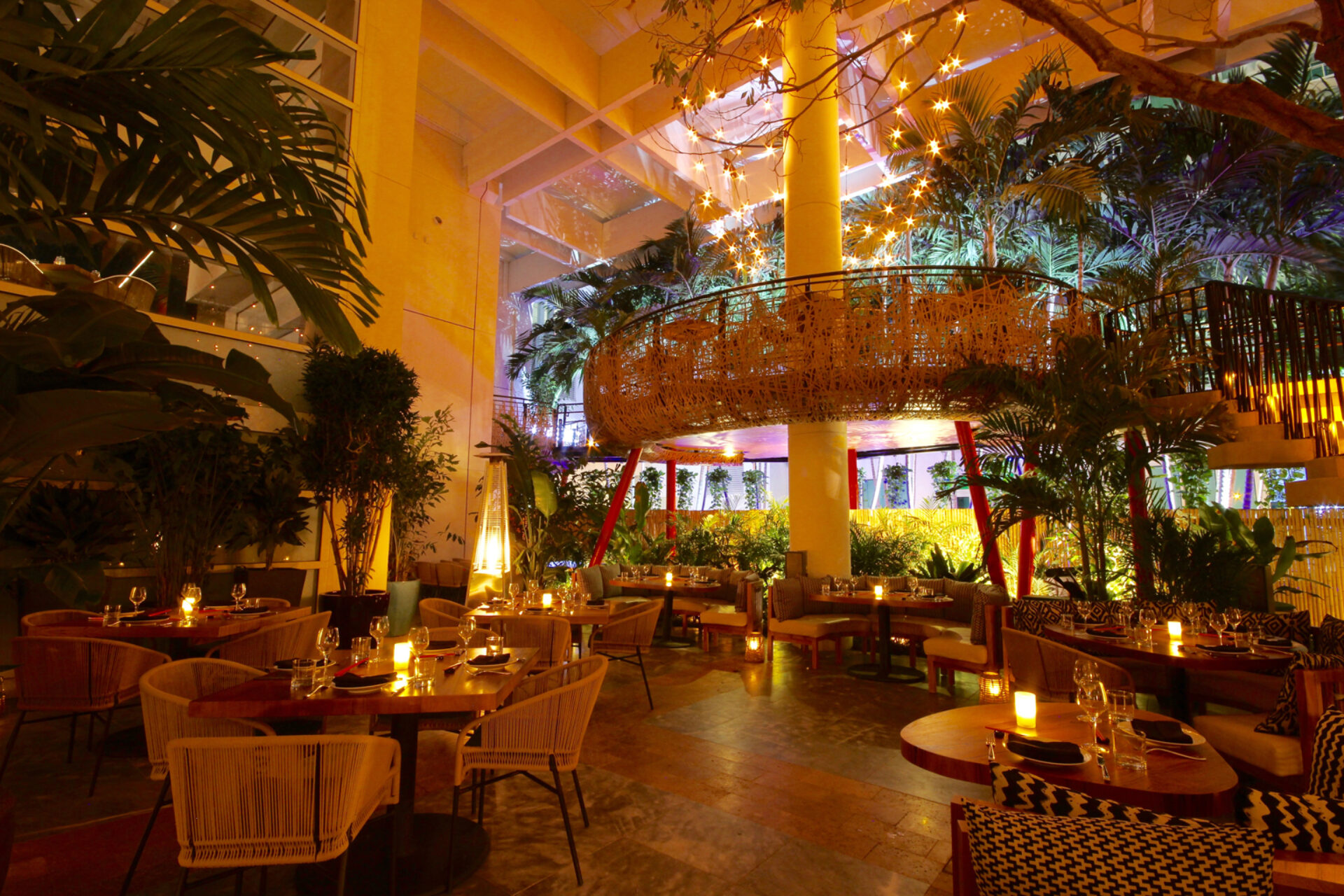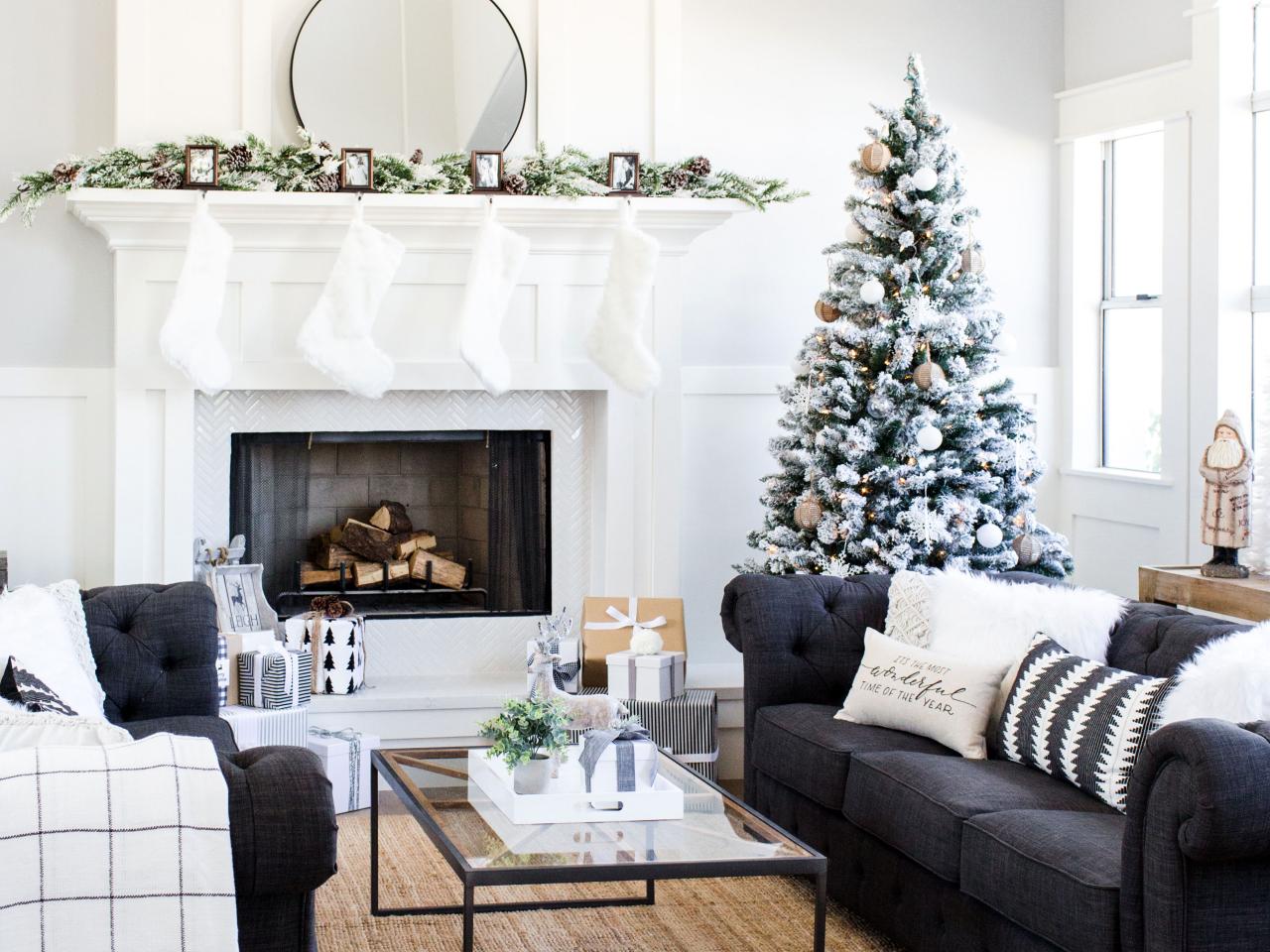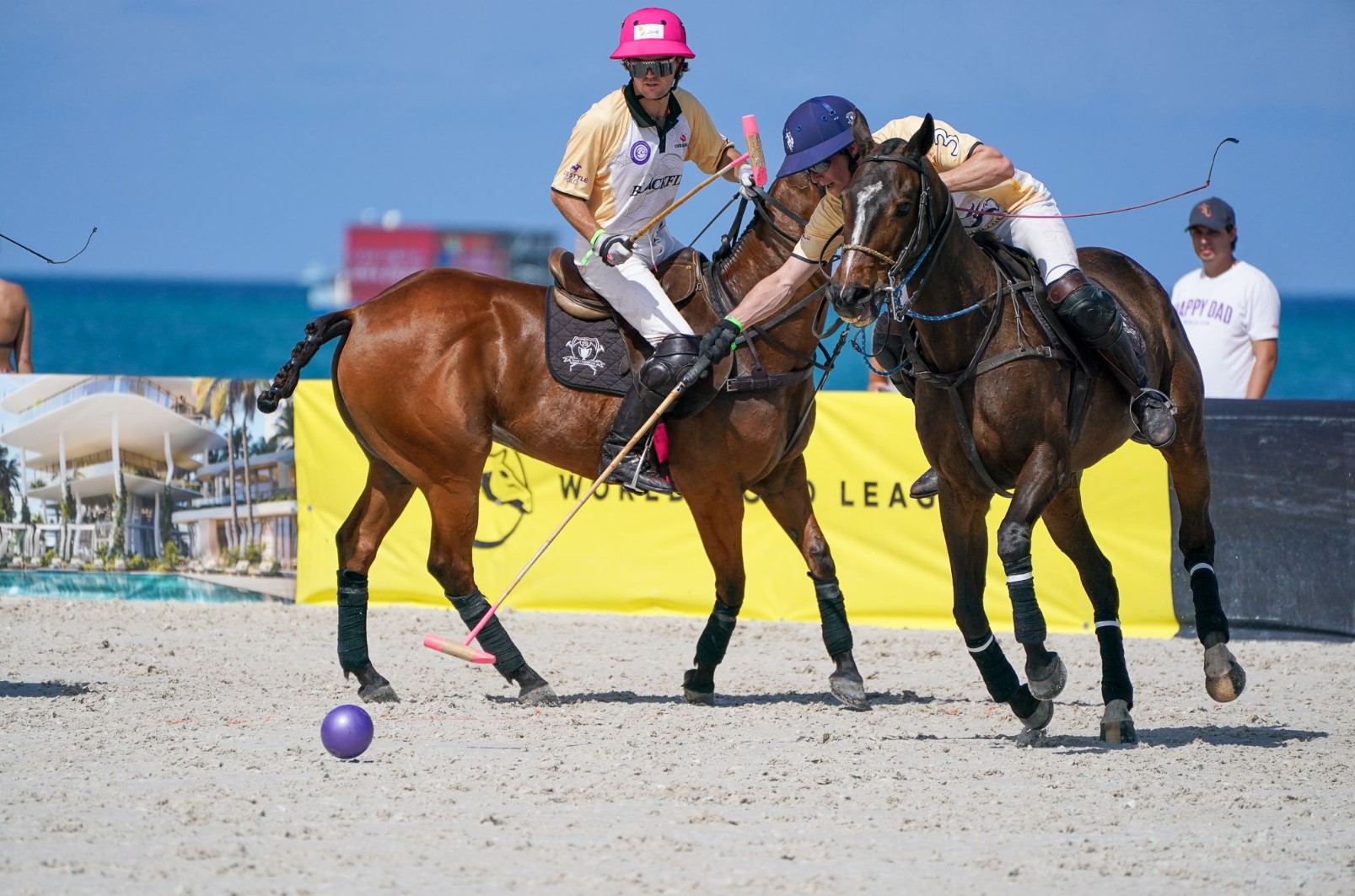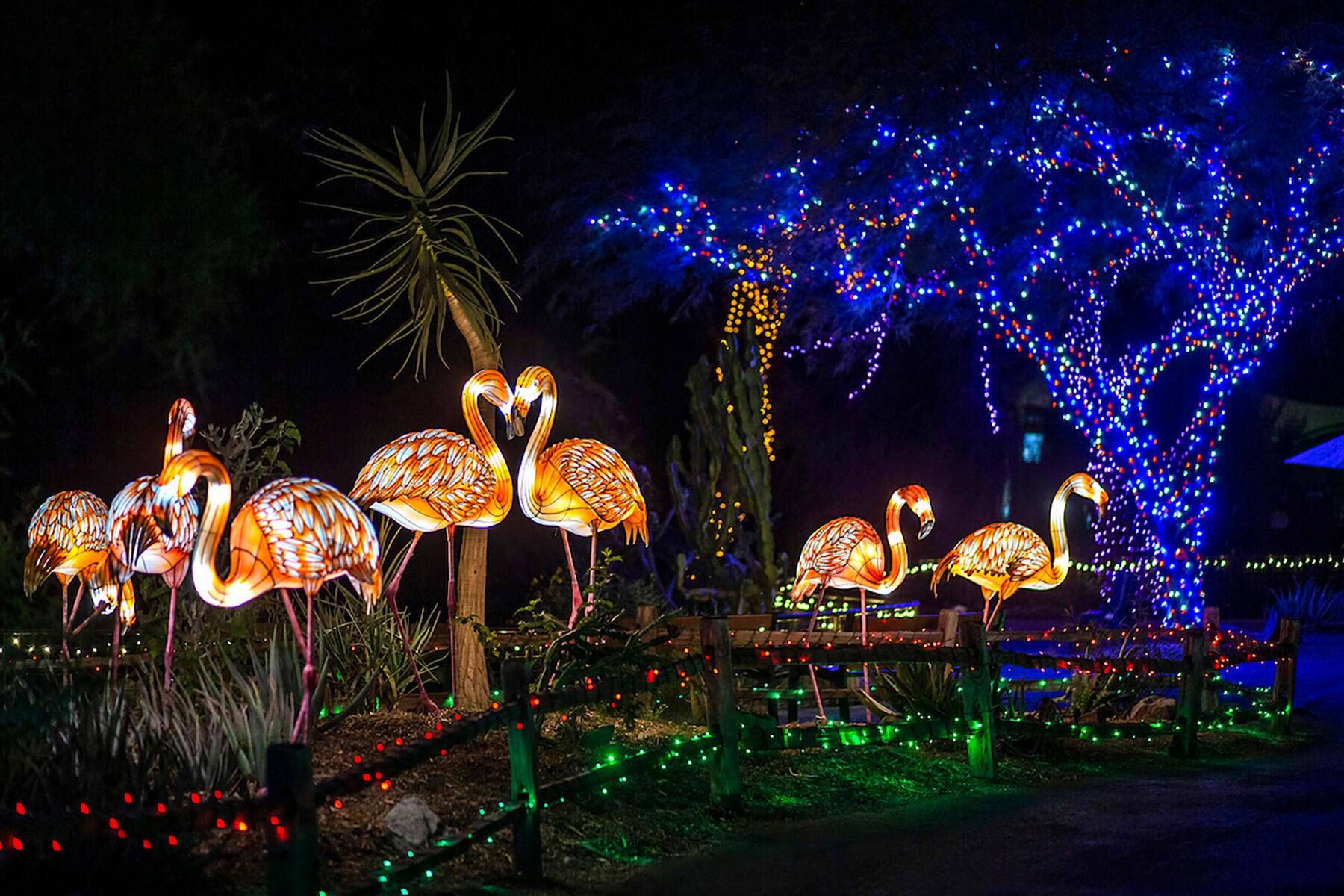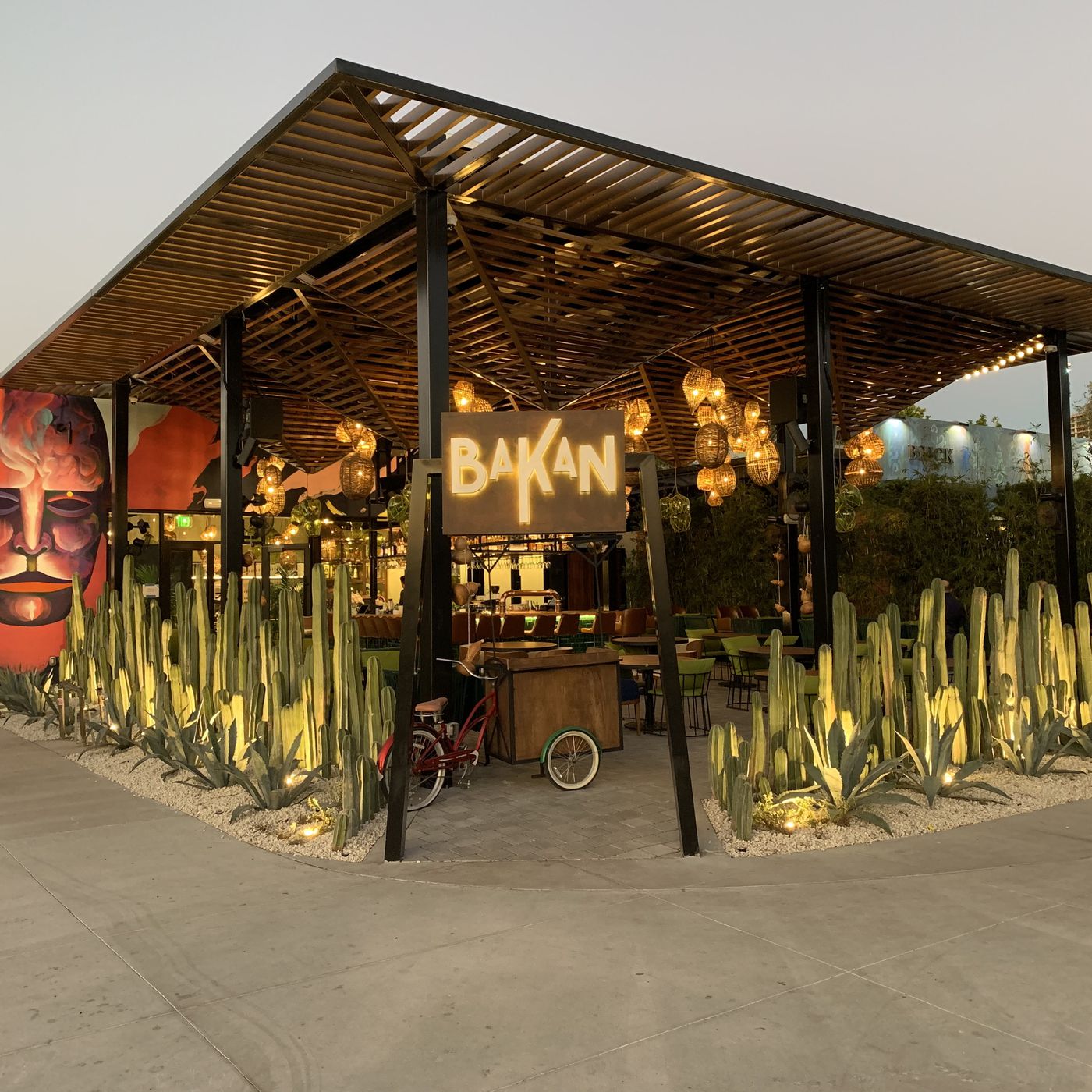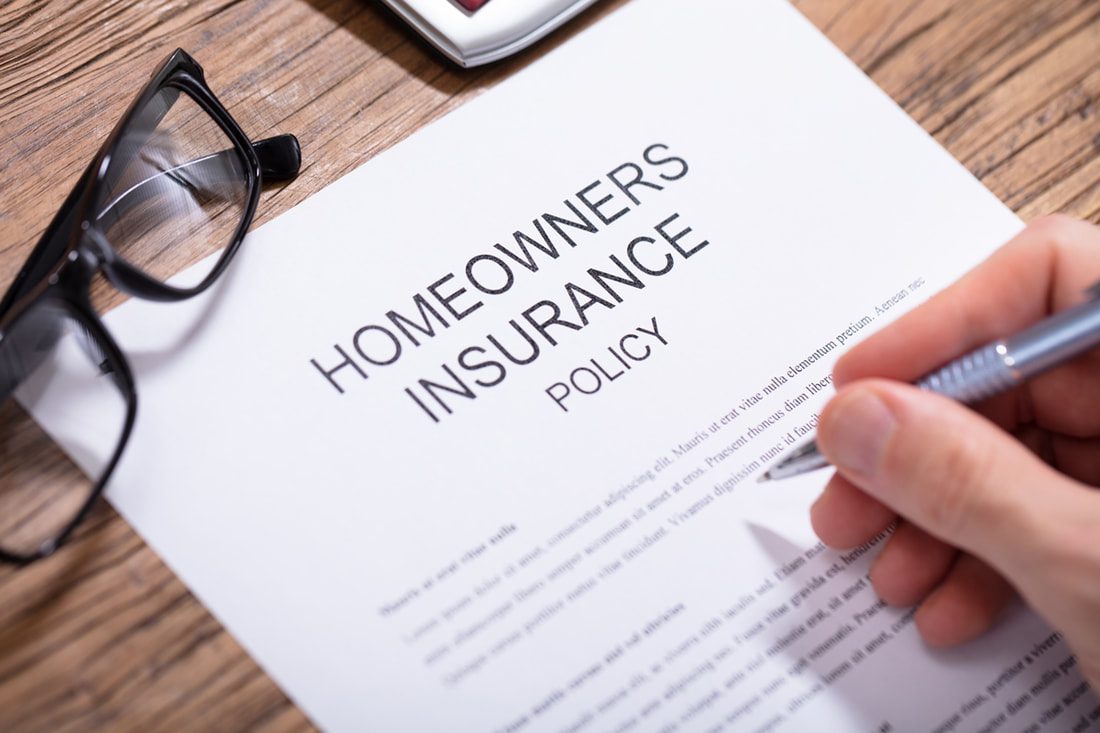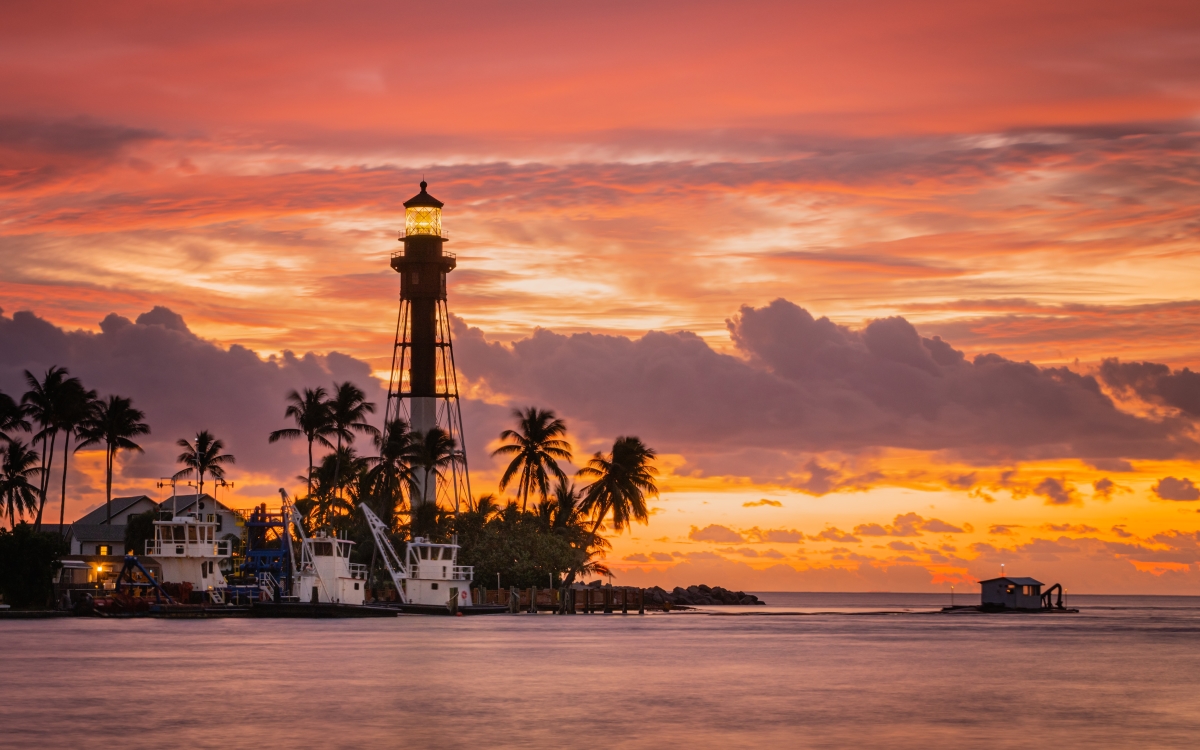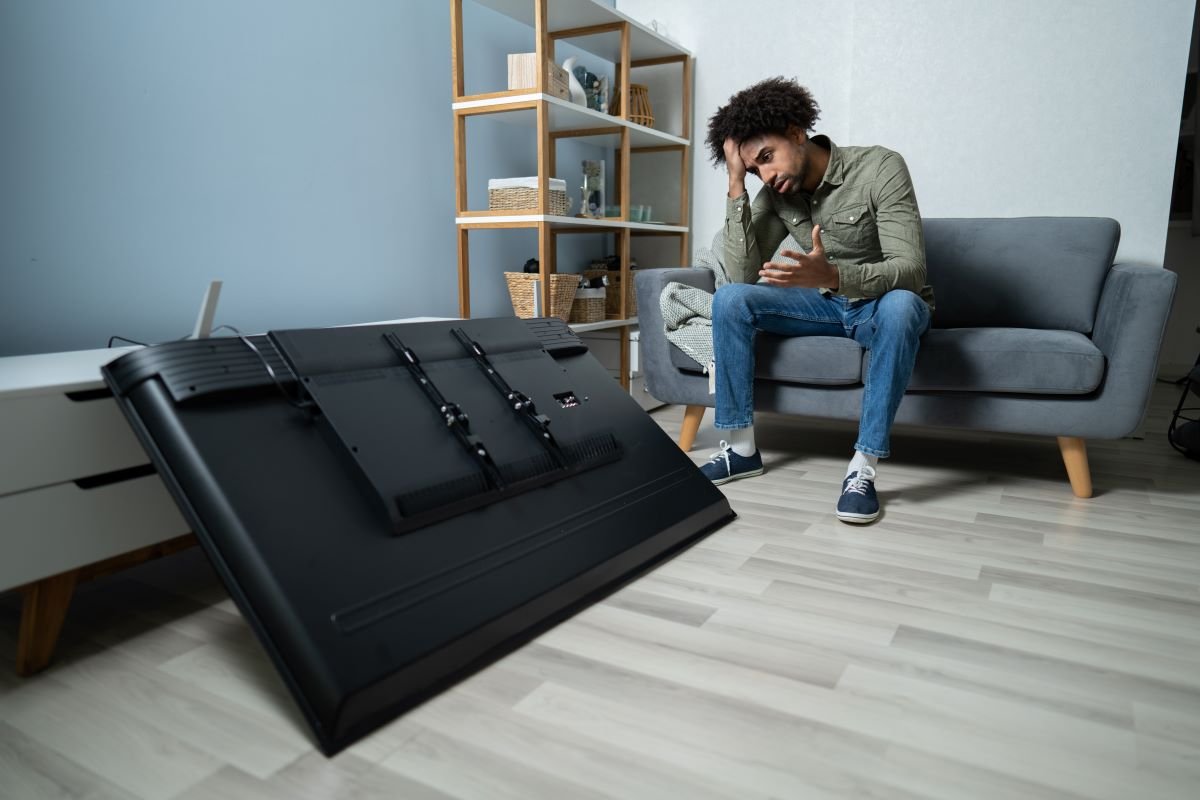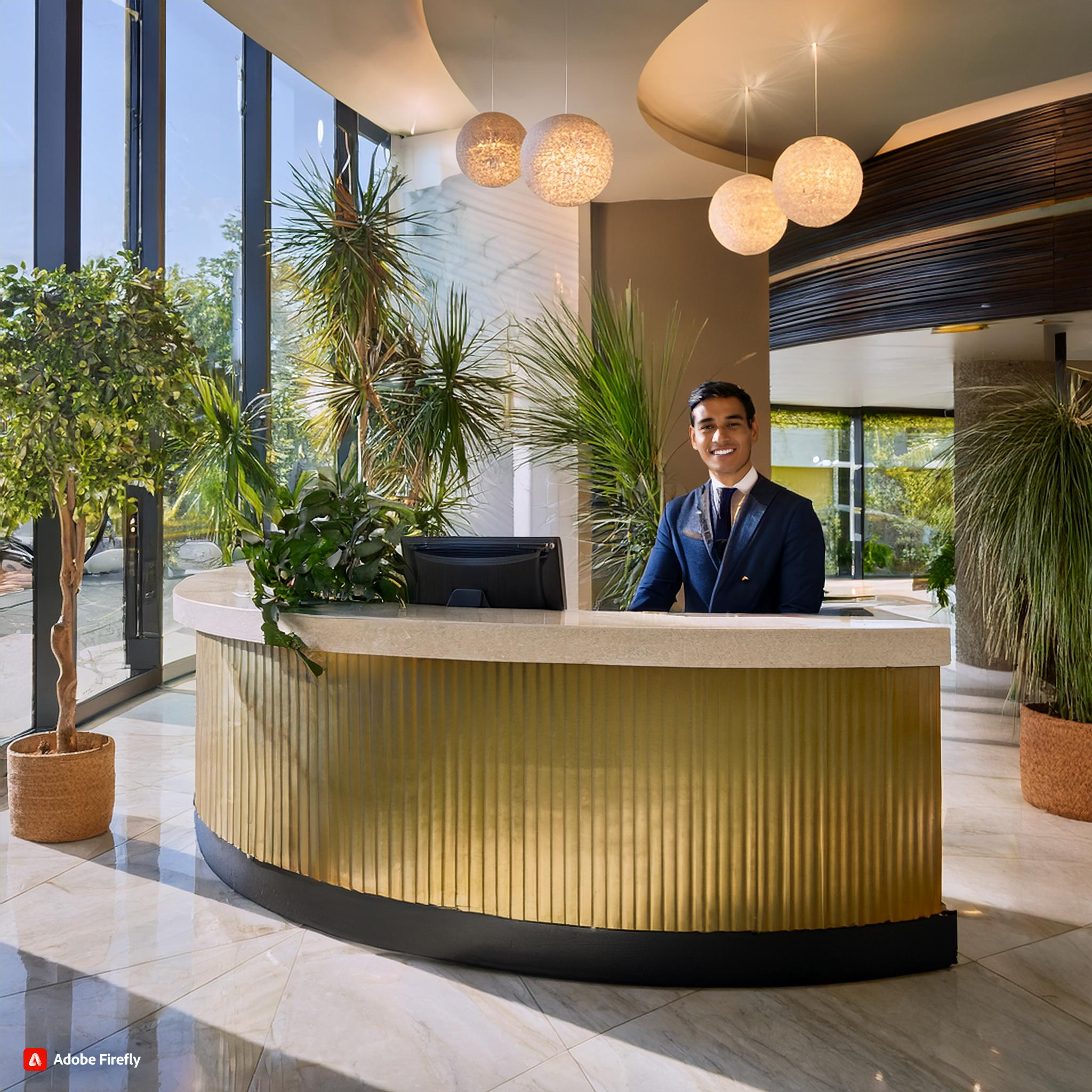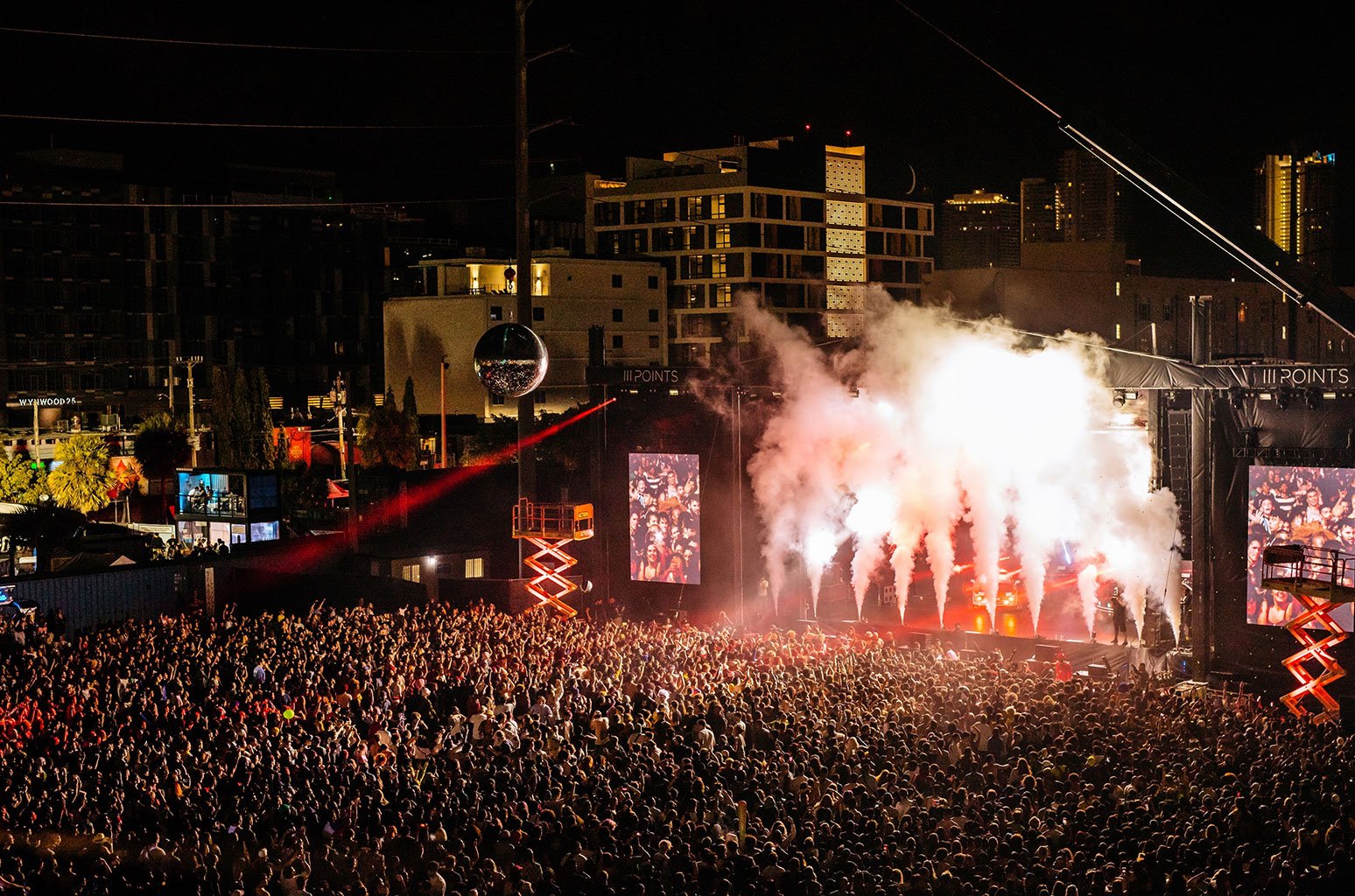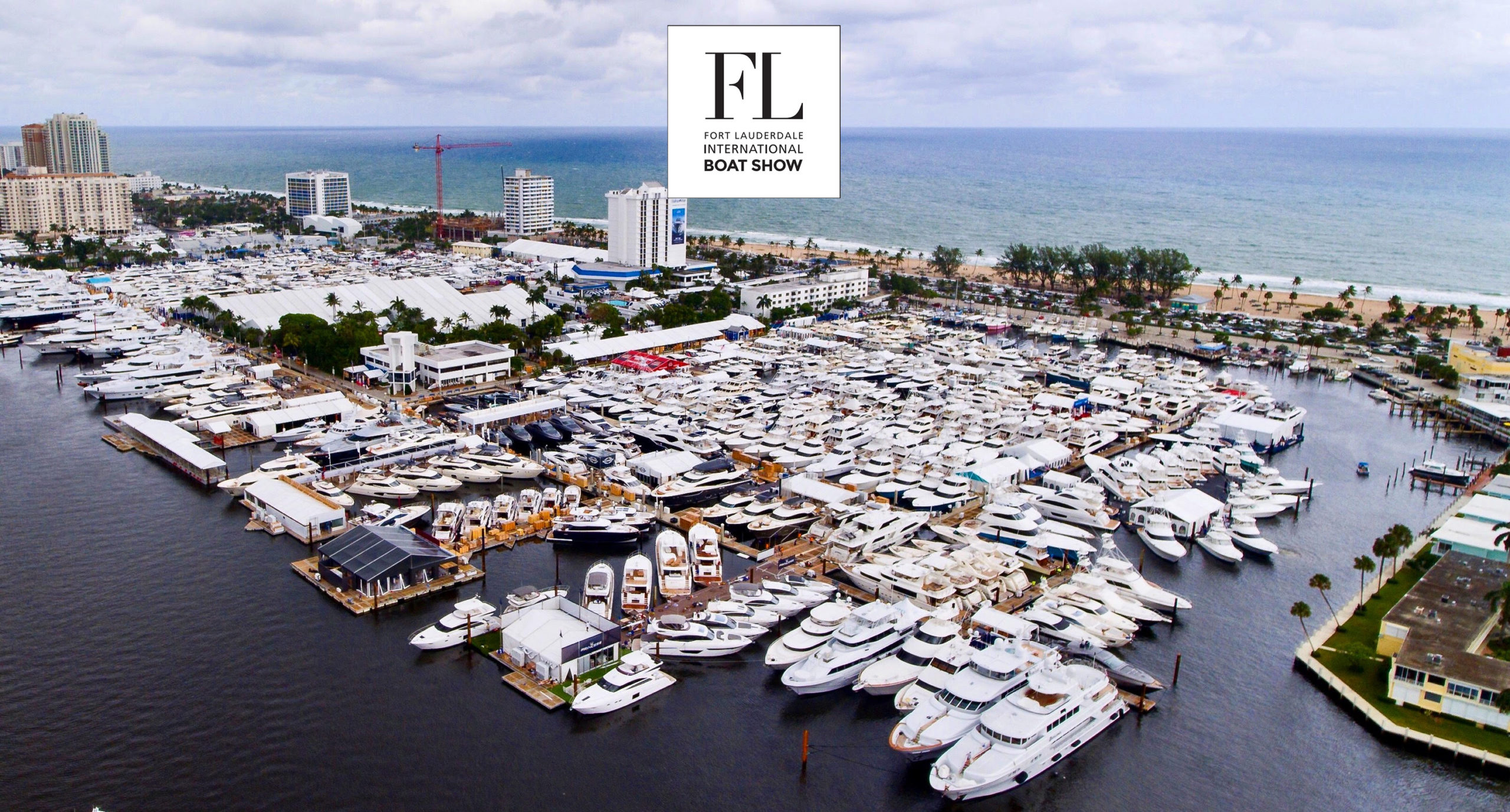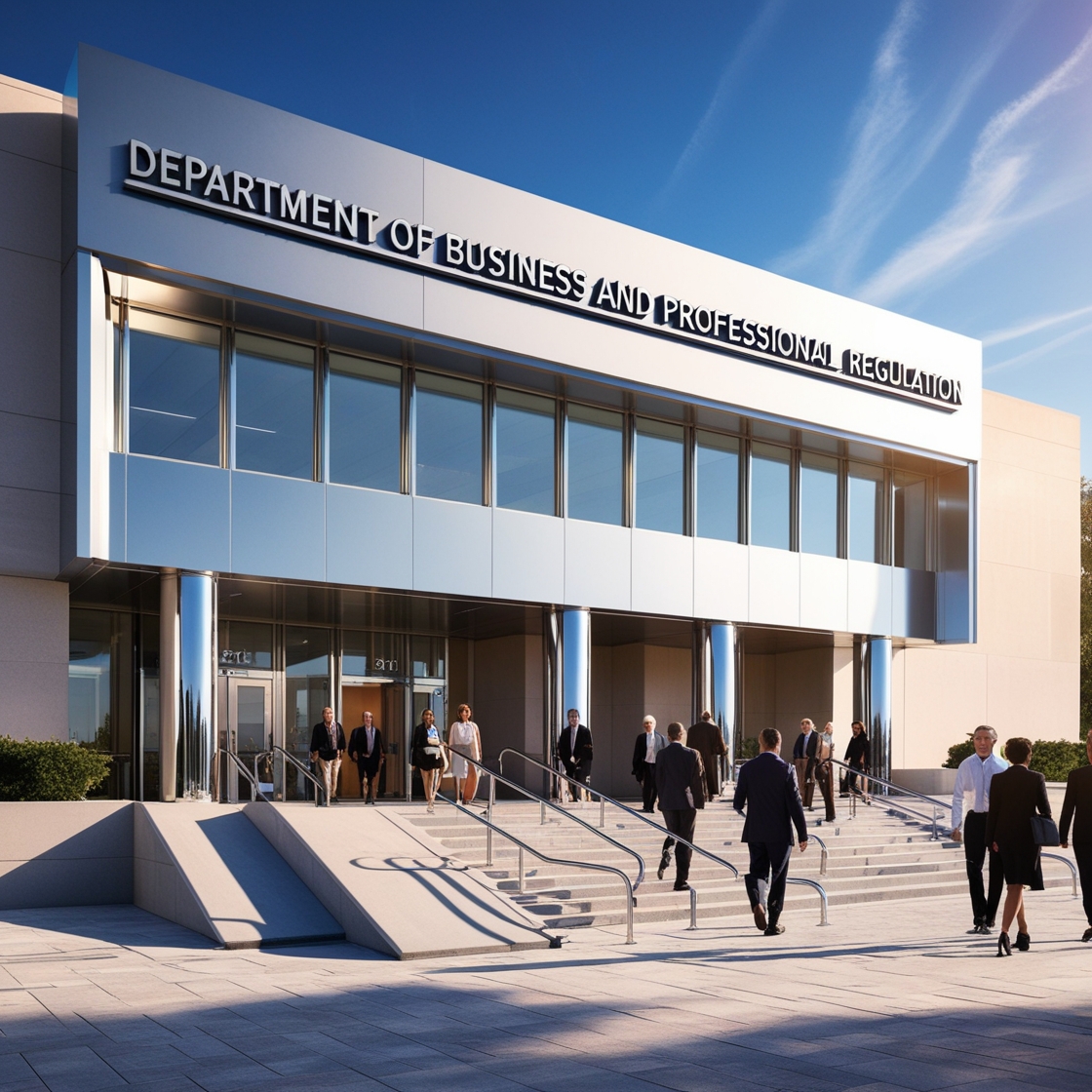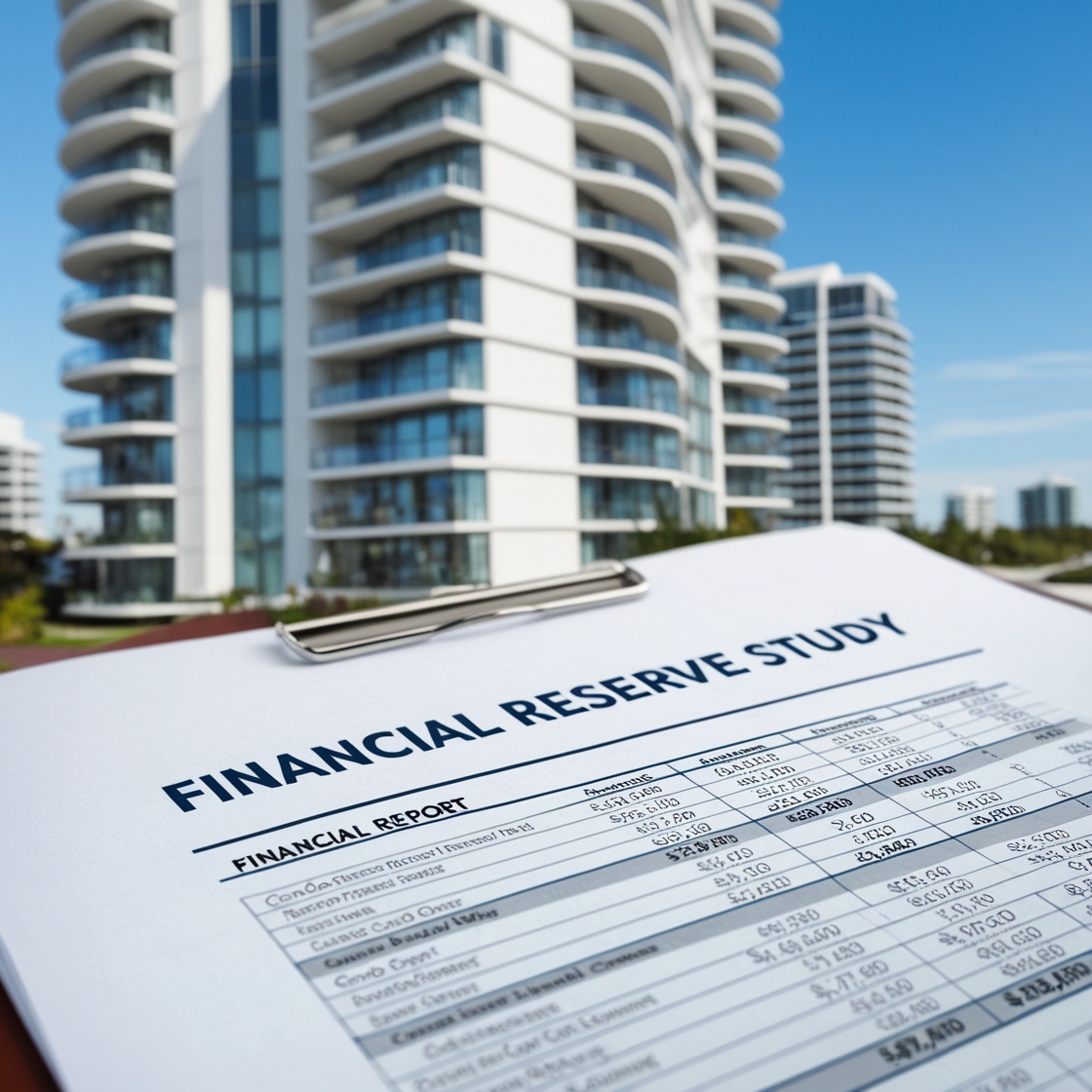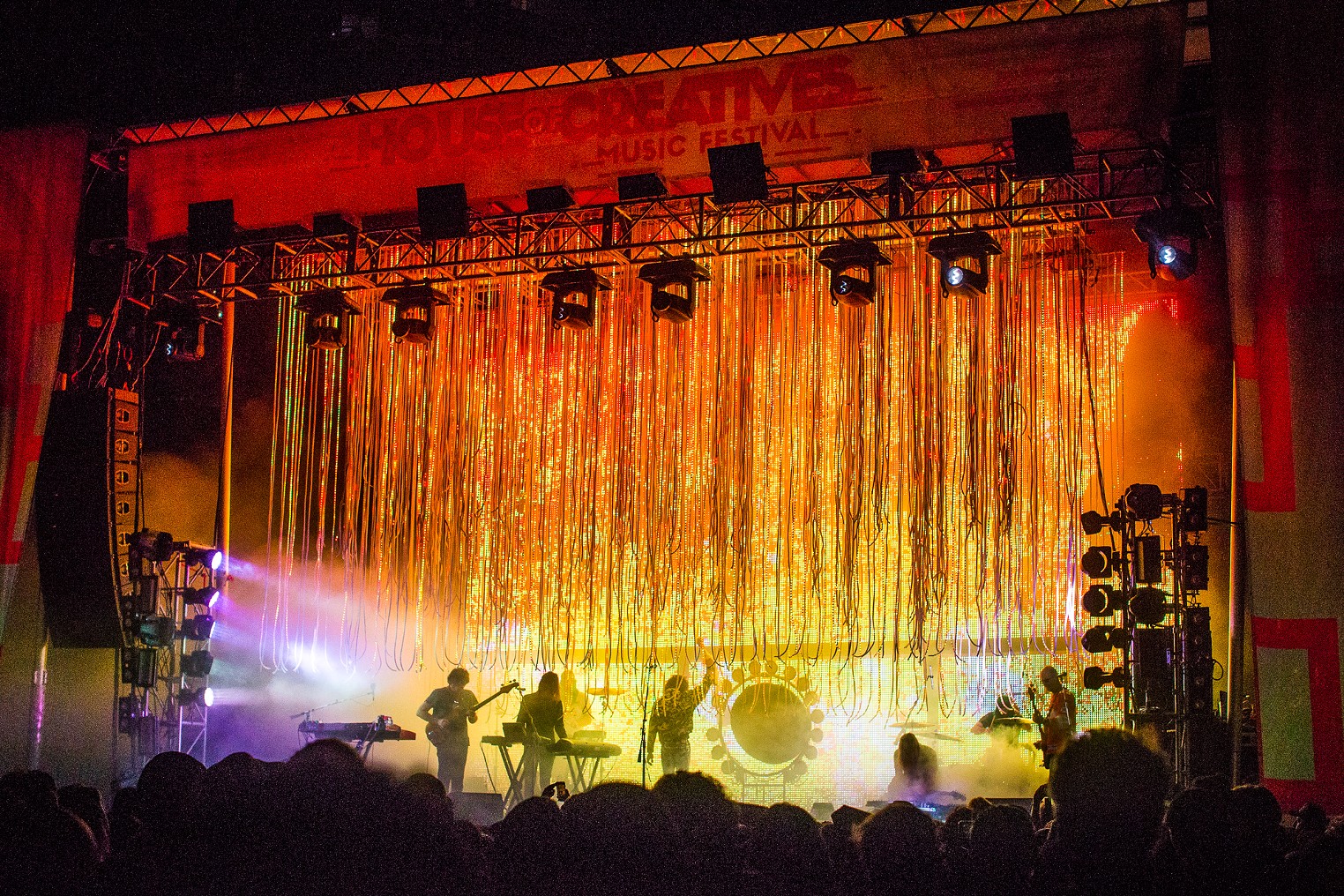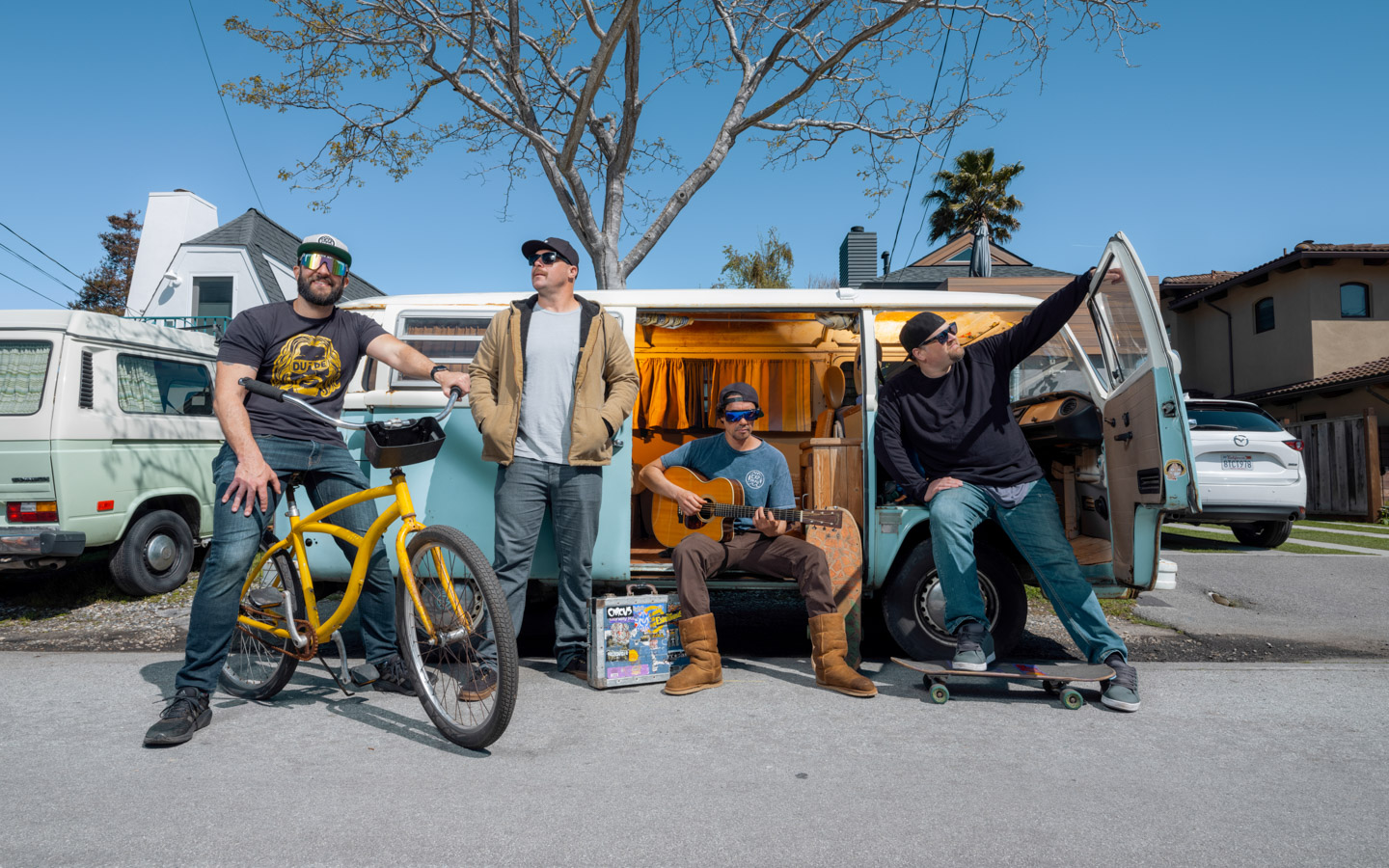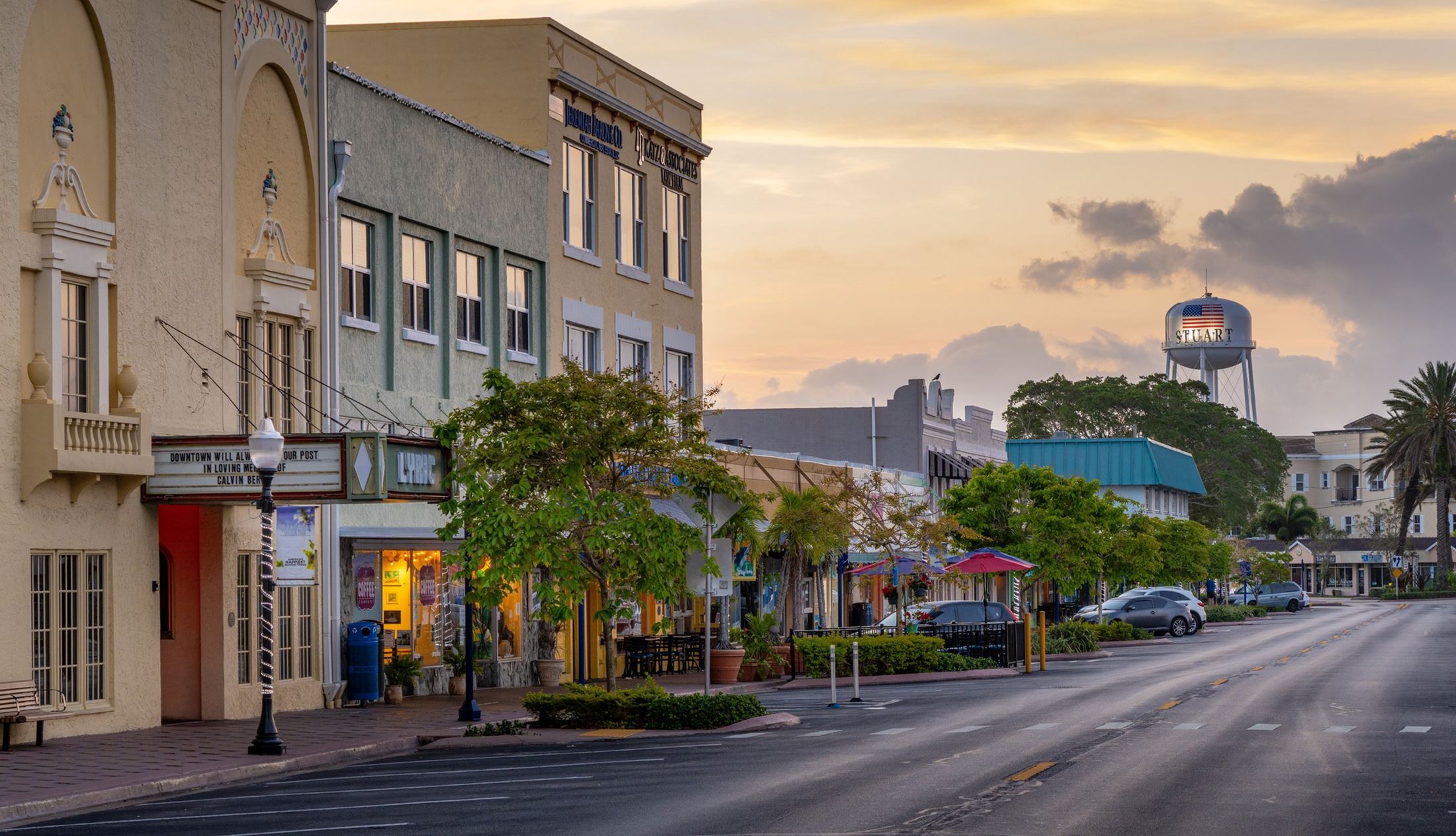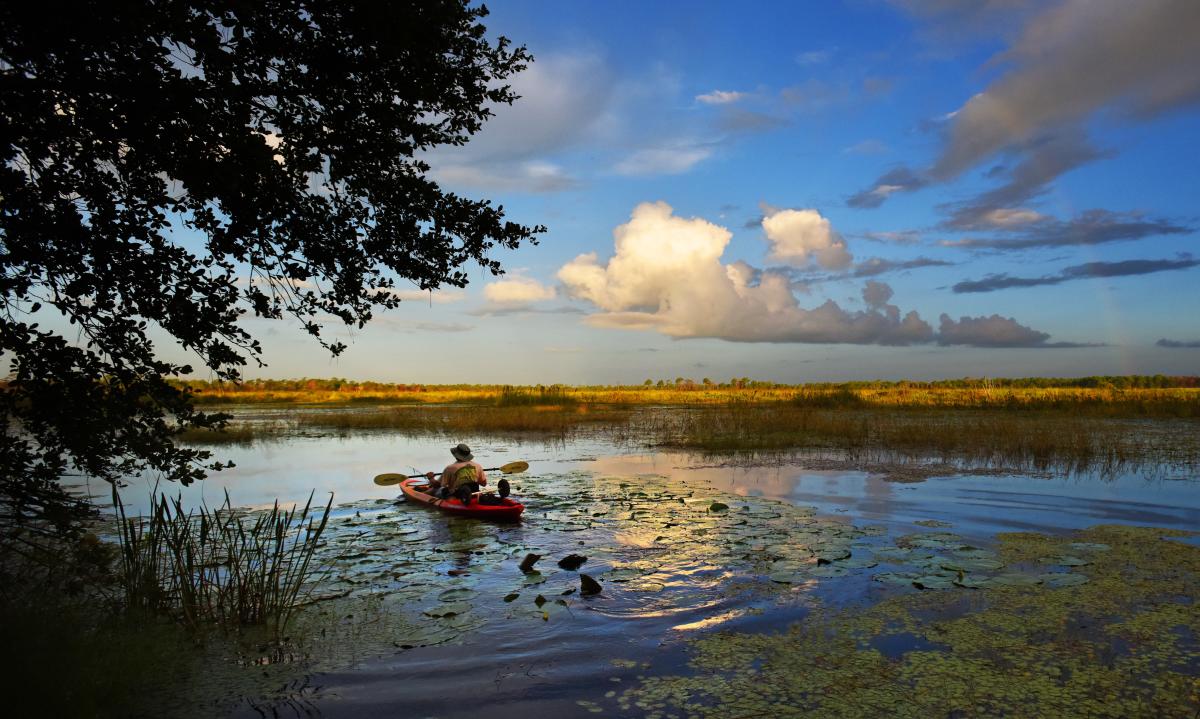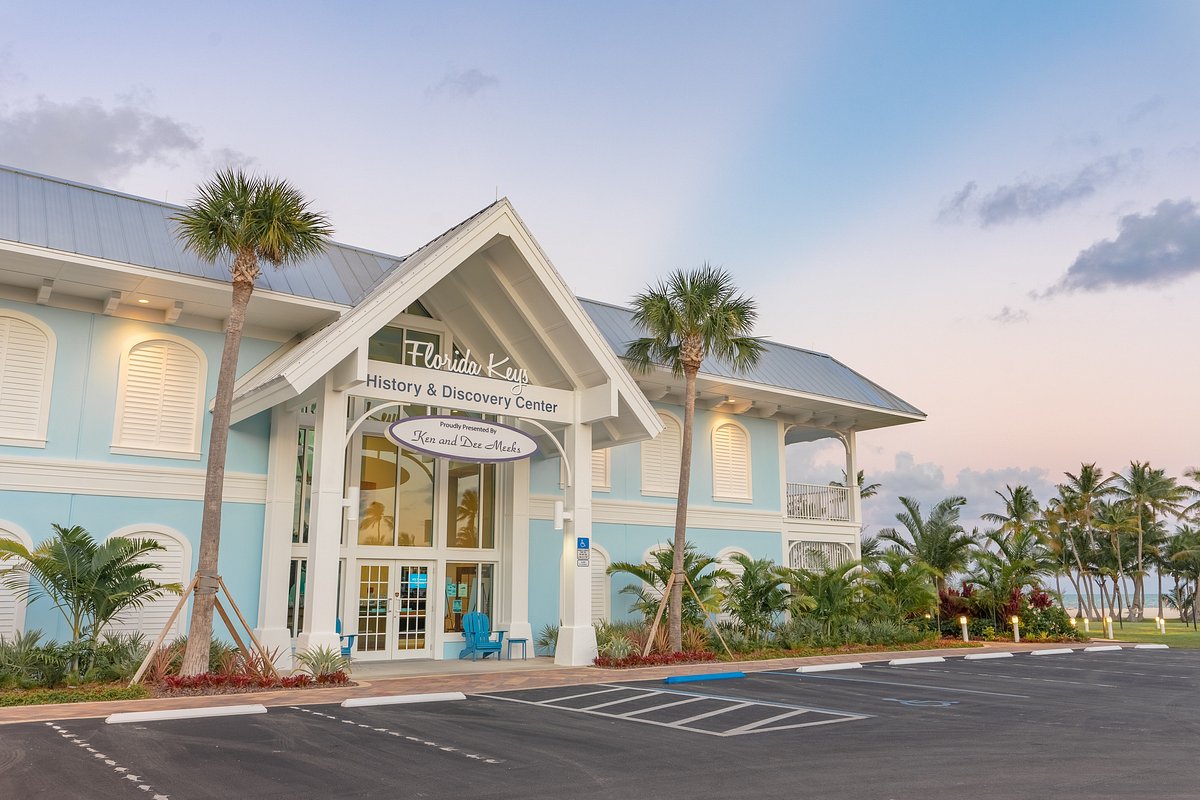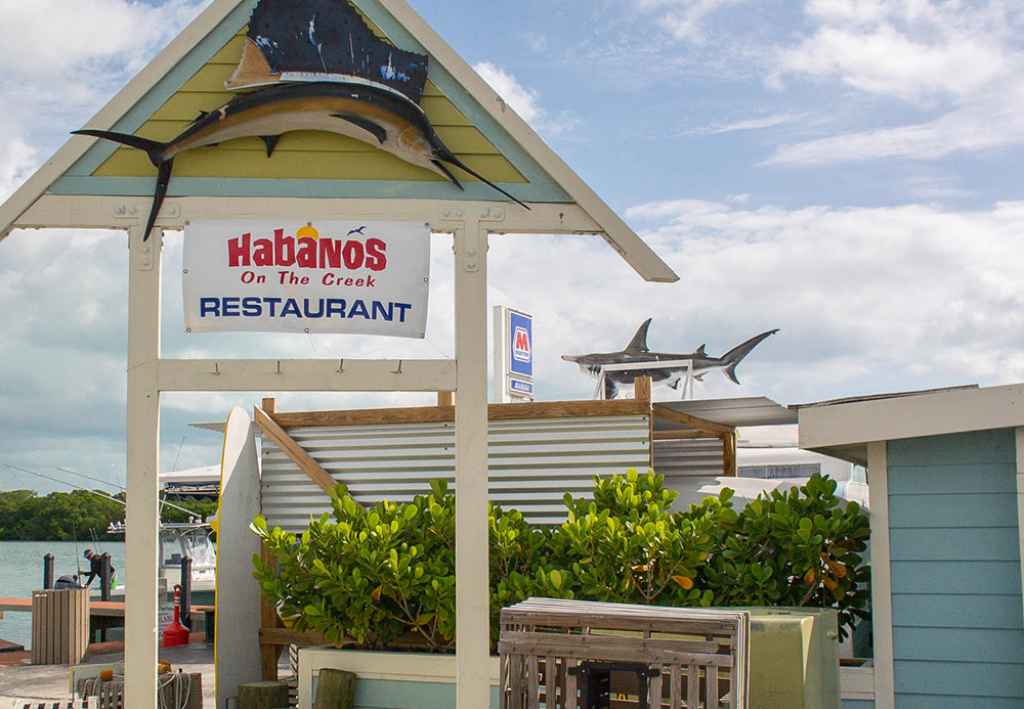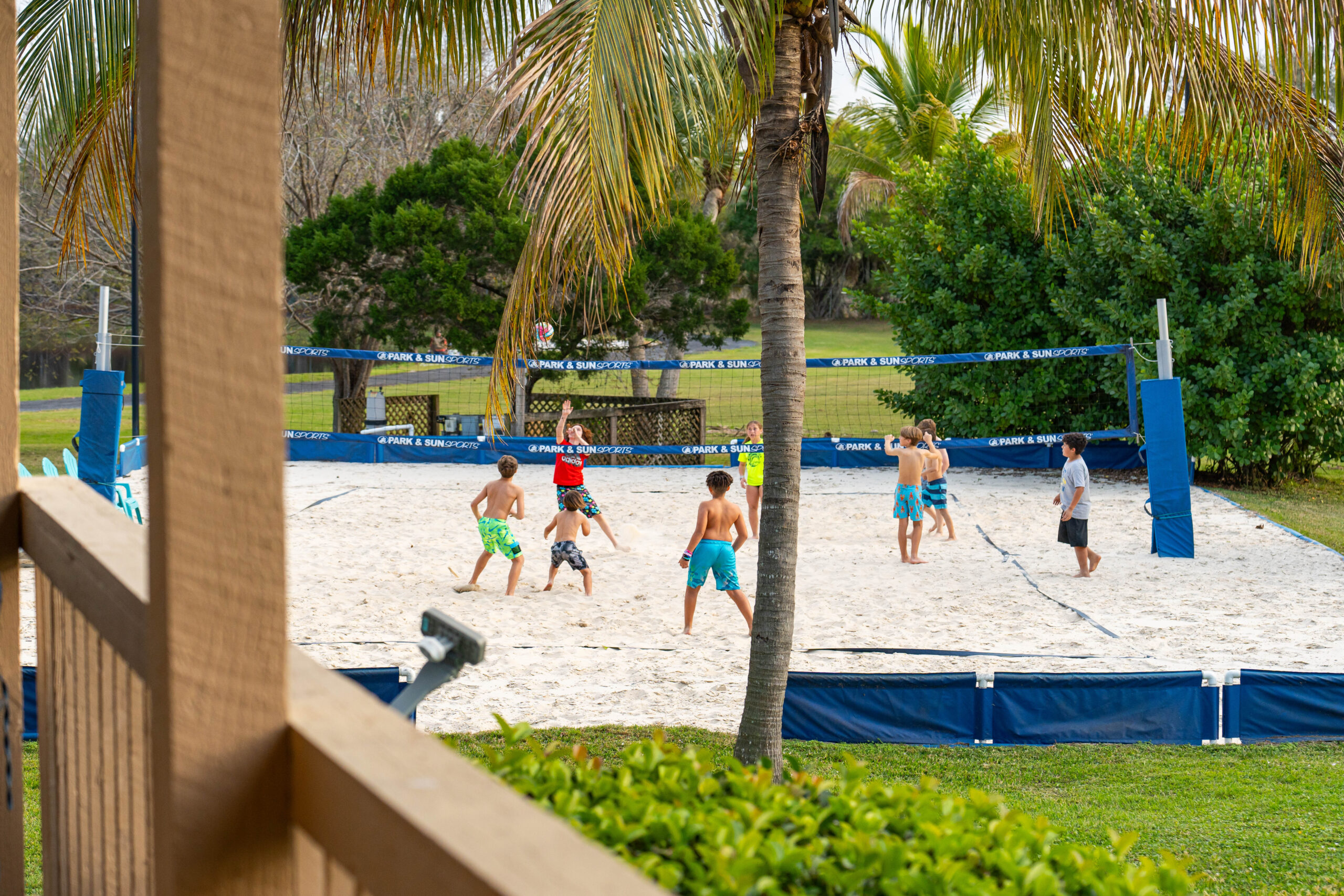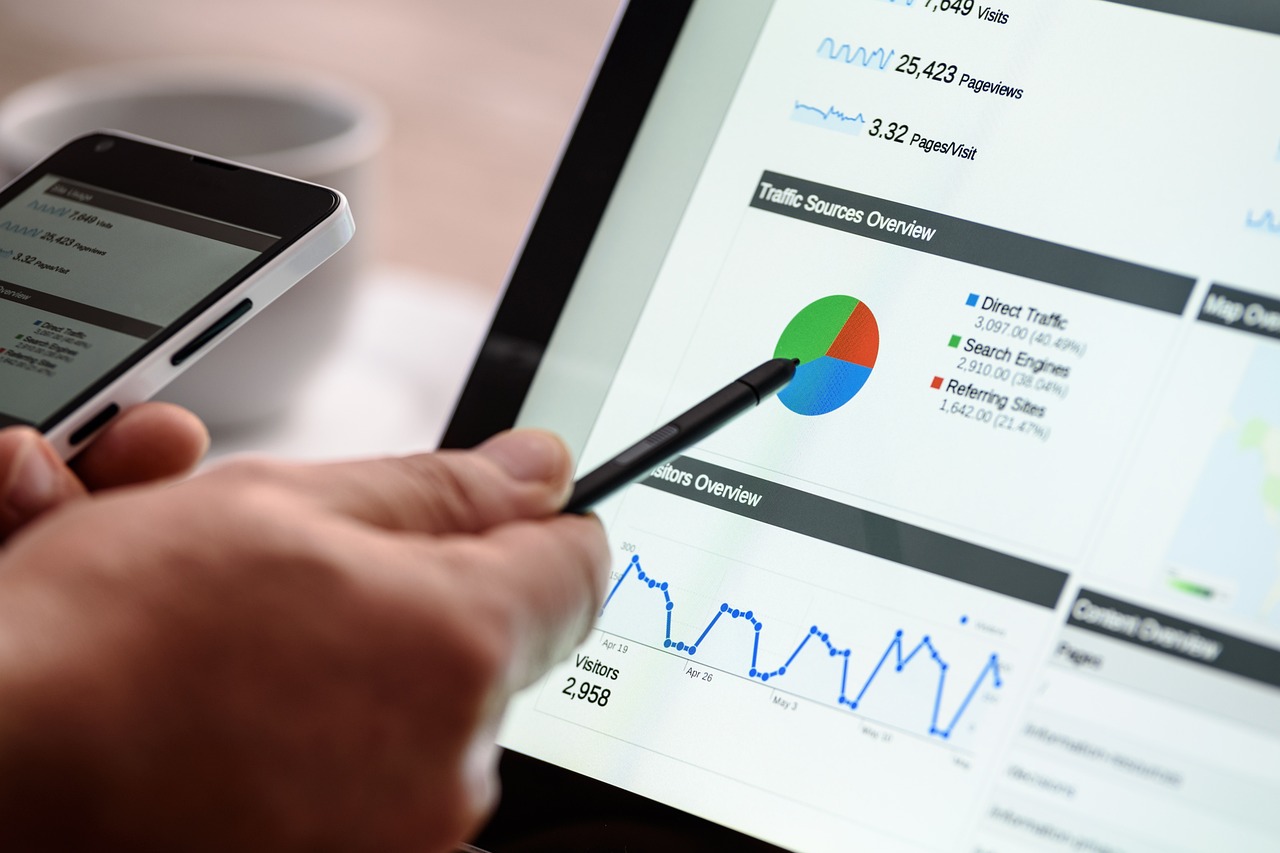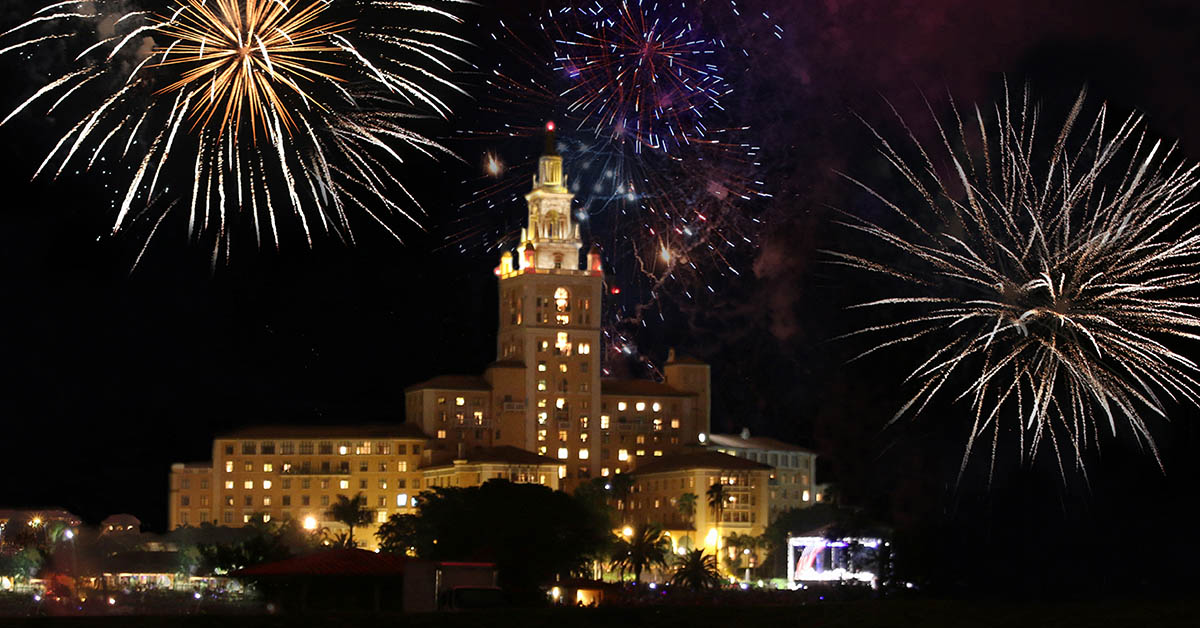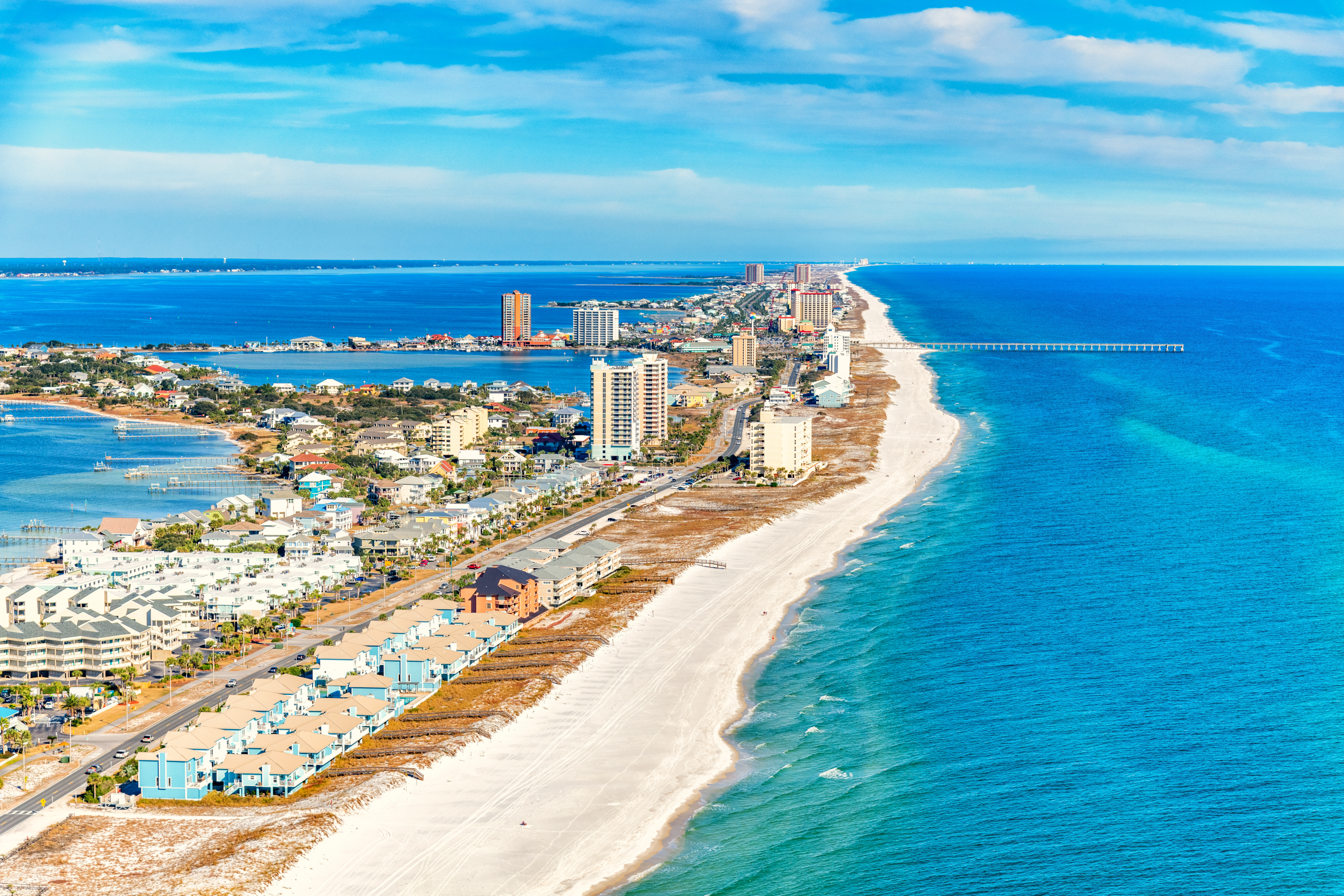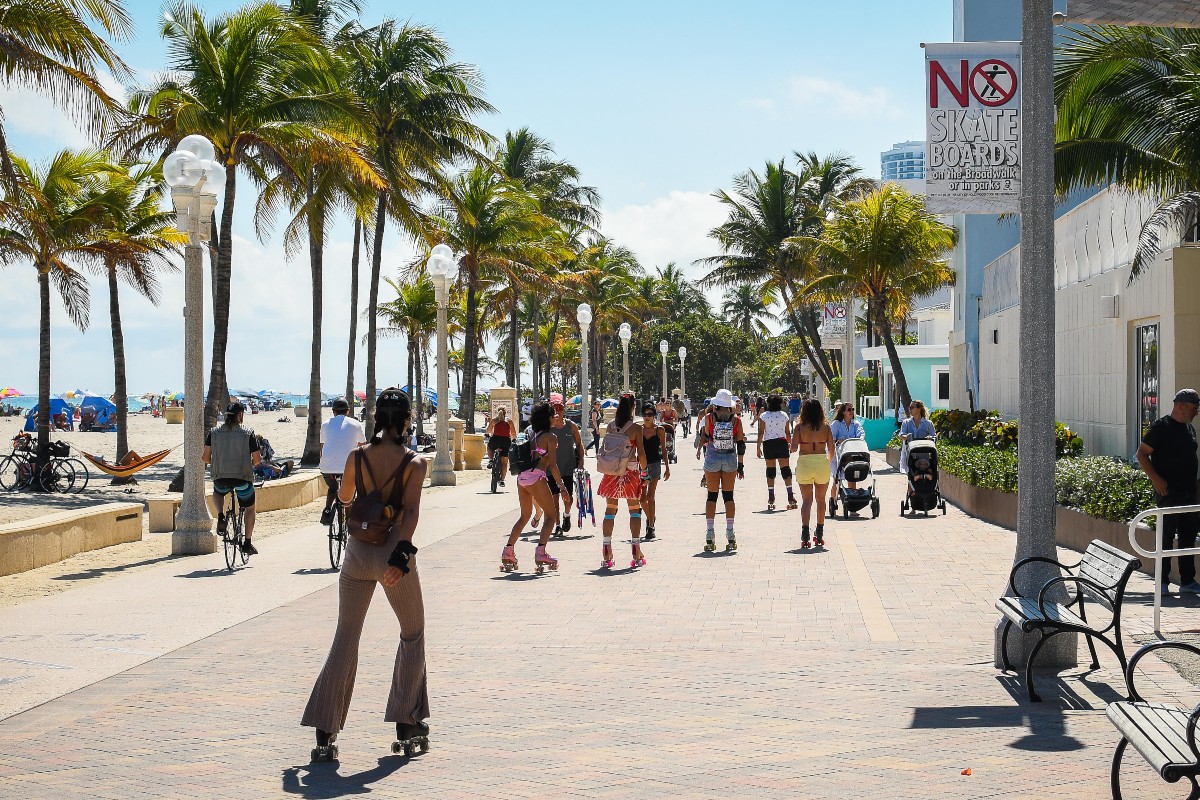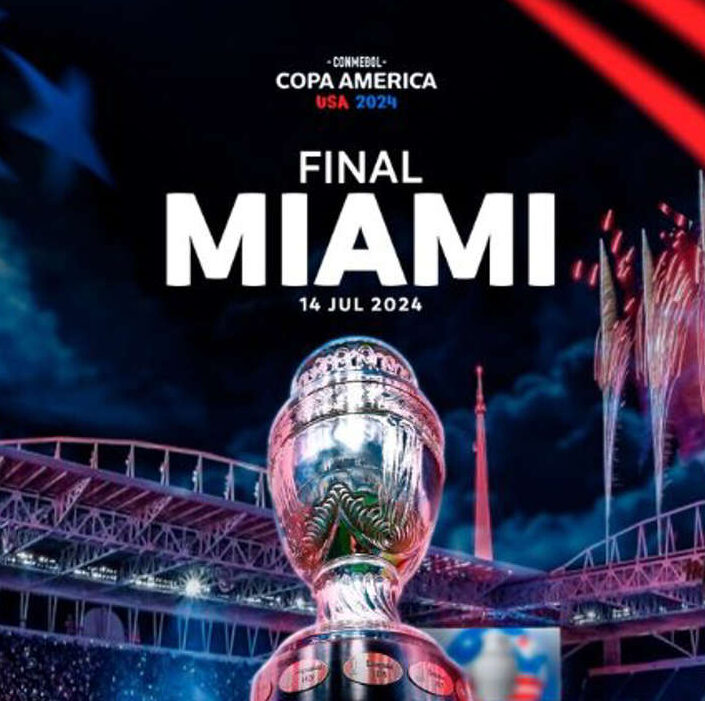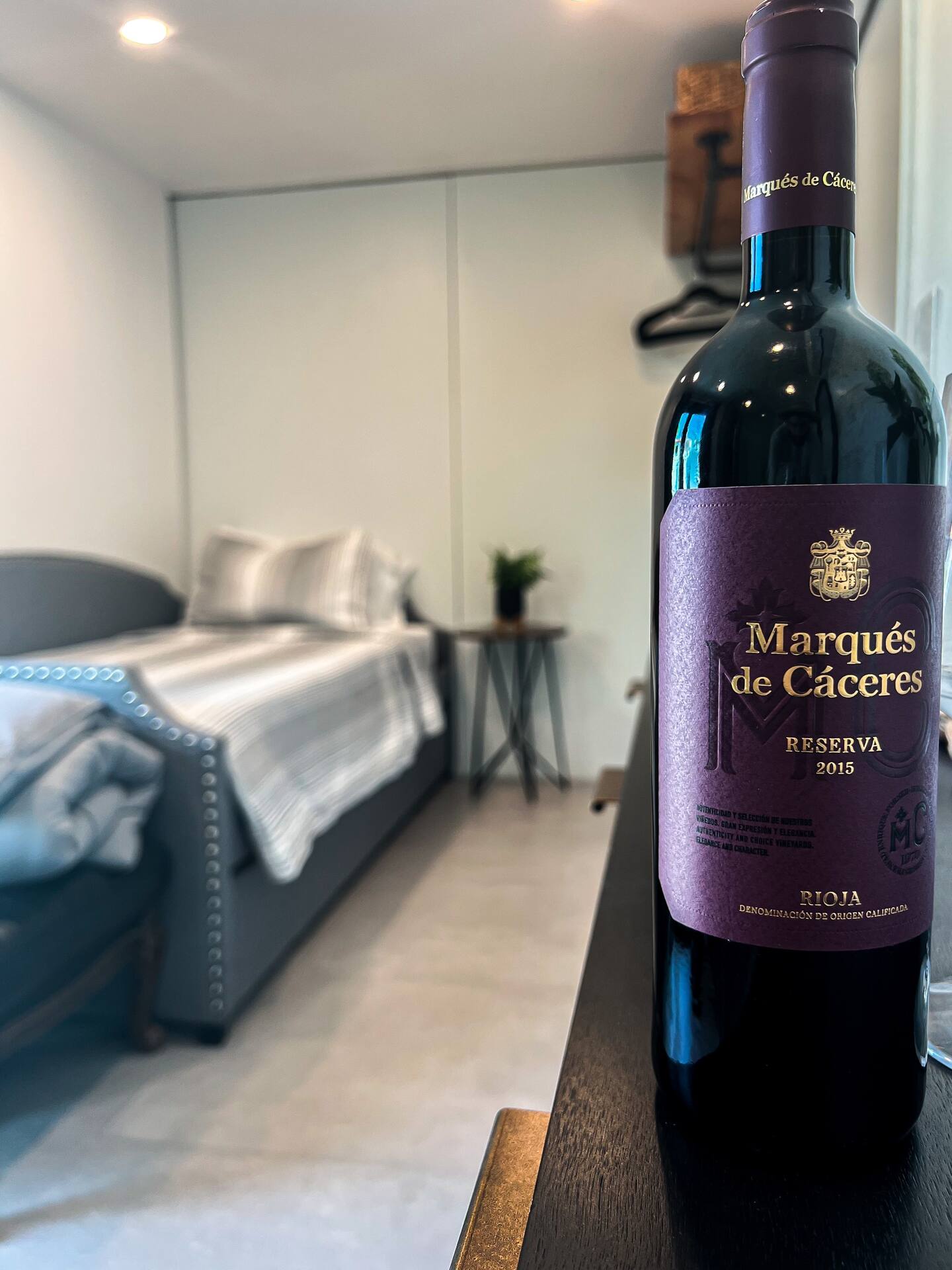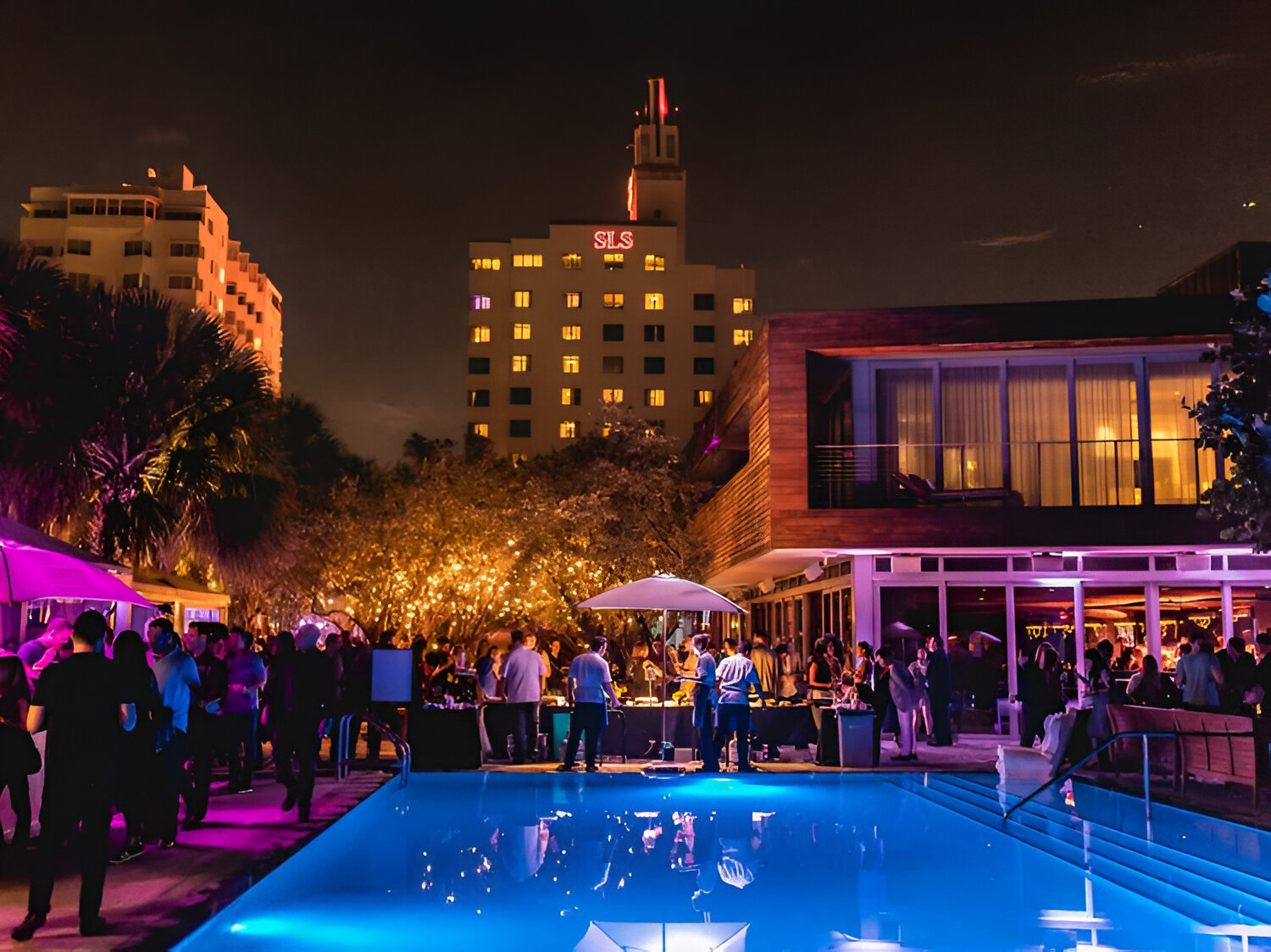In short-term rentals, aesthetics catch the eye—but experience earns the review. And experience doesn’t begin with the welcome basket. It begins with the flow of the home. How easily can guests move from one room to the next? Does the space feel intuitive and calm—or cluttered and confusing? Interior flow is the unspoken language of design, and when done right, it makes guests feel at ease from the moment they step in. Let’s unpack how layout, function, and thoughtful transitions elevate both comfort and satisfaction in your vacation rental.
1. What Is Interior Flow—and Why Does It Matter in STR Design?
Interior flow is the movement of people through a space and the way rooms relate to one another. It’s the difference between feeling relaxed or feeling off-balance in a home. While often invisible to the eye, guests immediately sense when a layout works.
Key guest-centered benefits of good interior flow:
- Reduces friction: No bumping into furniture or awkward routes to the bathroom
- Creates calm: Logical design gives the brain fewer decisions to make
- Supports activity: Allows for socializing, privacy, and movement at once

📌 Think of it like choreography. A well-designed vacation rental gently guides the guest from entrance to relaxation, from kitchen to patio, without a misstep.
2. Layout Lessons from High-Performing Vacation Rentals
From modern bungalows in Miami to breezy villas in the Keys, the best STRs follow certain spatial design principles:
A. Zoning for Purpose
Break up open-concept layouts using:
- Area rugs to define the living room
- Pendant lights over a dining table
- Console tables or shelving to cue “transition zones”

This allows guests to intuitively understand where to cook, dine, lounge, or work.
B. Logical Sequencing of Rooms
Successful layouts often follow this order:
- Public zones at the front (entry, living, dining)
- Private zones in the rear or upper floor (bedrooms, offices)
- Amenities like pools or decks accessible without crossing private areas

C. Minimizing Collision Points
- Widen walkways to 36 inches or more for shared paths
- Avoid placing large furniture near doors or in tight hallways
- Leave at least 18 inches around beds for easy circulation

🧠 Designing like a guest means thinking like a guest. If someone’s walking from the kitchen with a hot tray, where might they bump into trouble?
3. The Psychology Behind Seamless Spaces
Flow isn’t just physical—it’s emotional. A disjointed or cluttered layout can trigger stress or frustration in guests, even if they can’t articulate why.
Research-based insights:
- Biophilic design principles (used in luxury hospitality) show that spaces with clear sightlines, symmetry, and natural materials reduce cortisol levels and increase comfort.
- Neuroscience of space suggests humans are more relaxed in environments with open visual fields, low physical barriers, and predictable navigation paths.

🌿 Design tip: Use visual anchors like large artwork, mirrors, or lighting to draw guests naturally from one space to the next.
4. How to Evaluate and Improve Flow in Your STR
Whether you’re designing from scratch or updating an existing layout, these tips can help optimize your space:
✅ Walk the space like a guest would:
- Enter with luggage in hand—are there obstacles?
- Try getting up at night to use the bathroom—can you move safely?
- Prepare a meal and set a table—do the steps feel natural?
🛠️ Use layout-enhancing design strategies:
- Sliding doors or pocket doors to save space in tight rooms
- Multi-purpose furniture to reduce clutter and improve circulation
- Mirror placement to extend visual flow and add natural light
🧭 Prioritize wayfinding:
- Logical placement of light switches and outlets
- Clear sightlines from the entrance to the main living space
- Consistent lighting temperature from room to room

5. Flow = Function = Satisfaction
Ultimately, great interior flow means the space works—for relaxing, gathering, cooking, and sleeping. And that translates directly to better reviews and more return guests.
Signs your layout is working:
- Guests praise the “feel” or “vibe” of the home
- Fewer support calls or confused check-in questions
- Higher comfort scores in post-stay reviews

🏆 Designers of boutique hotels and luxury vacation rentals often say: “The best design is invisible.” It’s not about flash—it’s about how well a space serves the people in it.
Designing for experience isn’t about trends—it’s about empathy. A well-flowing interior doesn’t just look beautiful—it feels right. By crafting intuitive paths, defining purposeful zones, and removing friction, you’re not just decorating a space—you’re curating a stay. And in the world of short-term rentals, that’s the difference between a guest… and a loyal guest.


